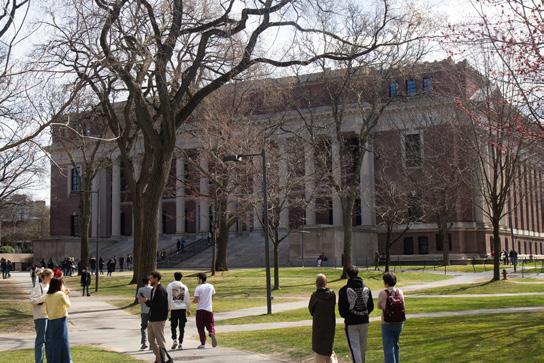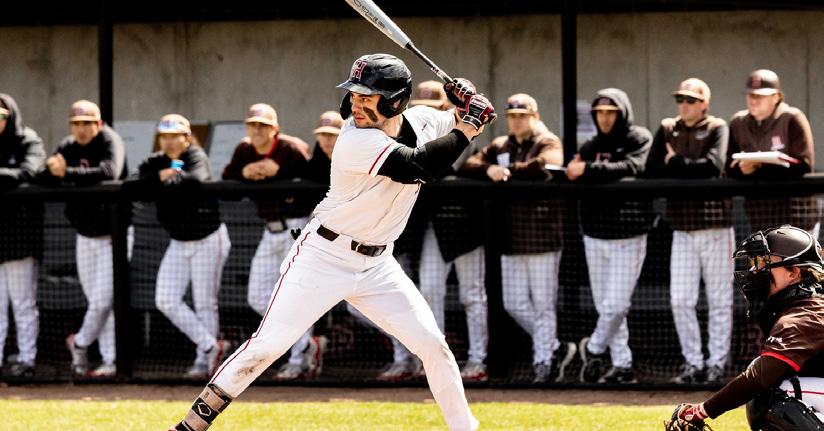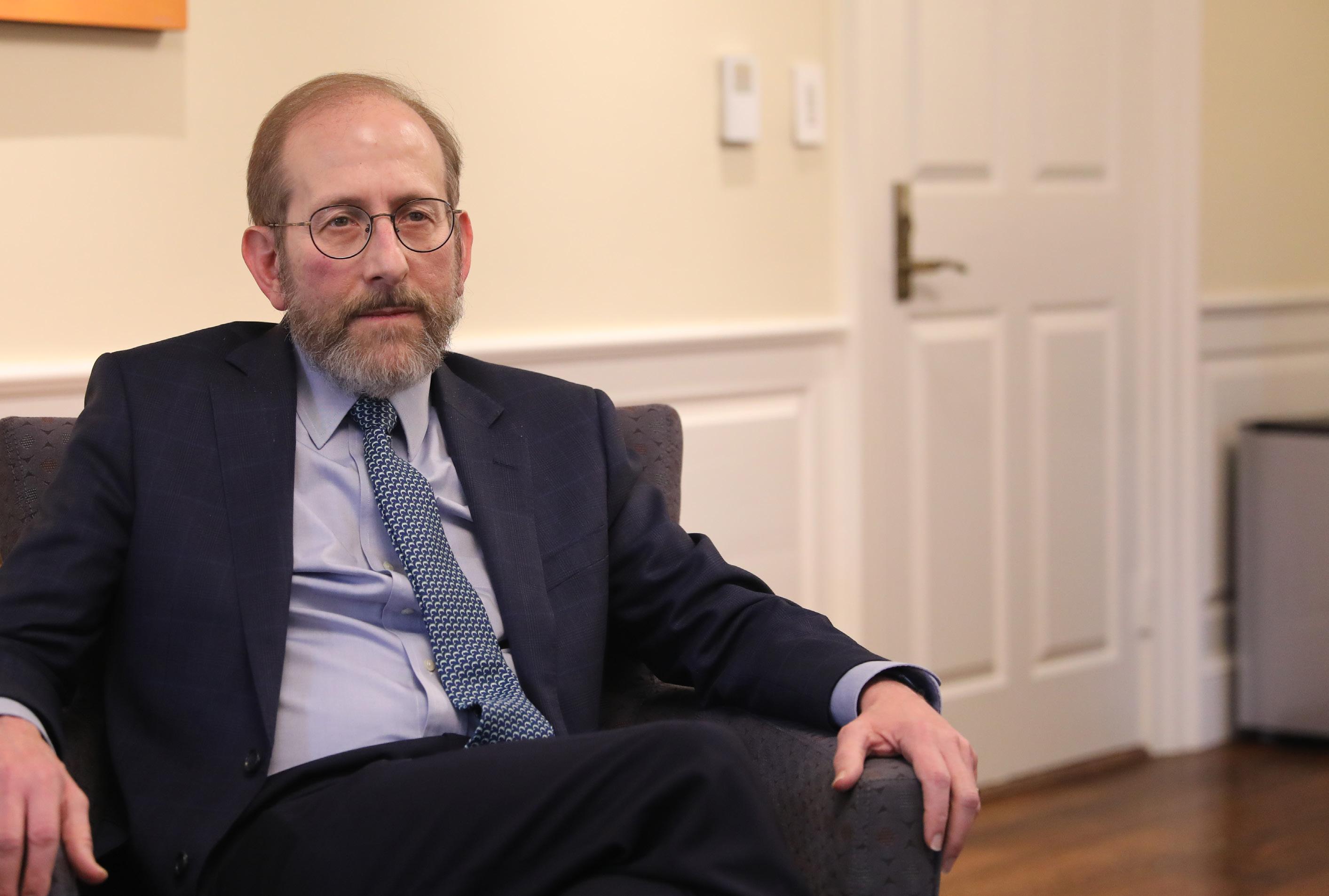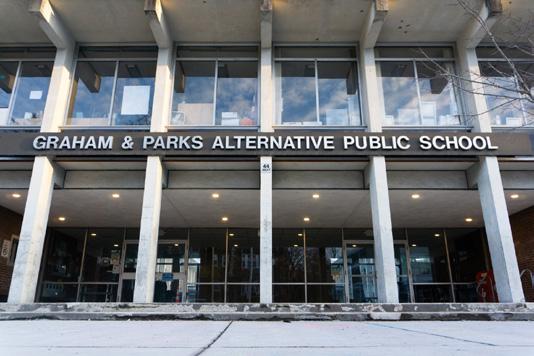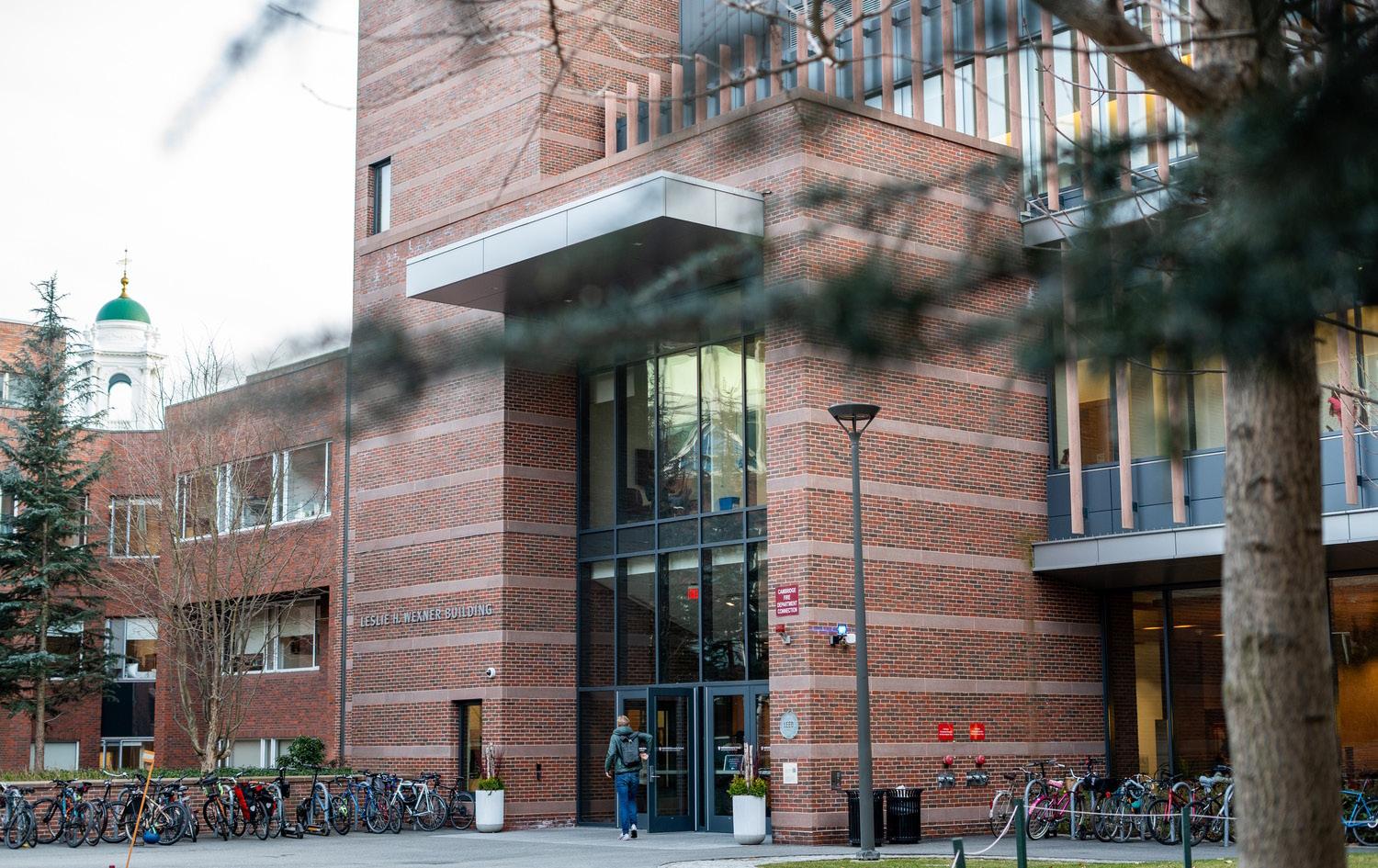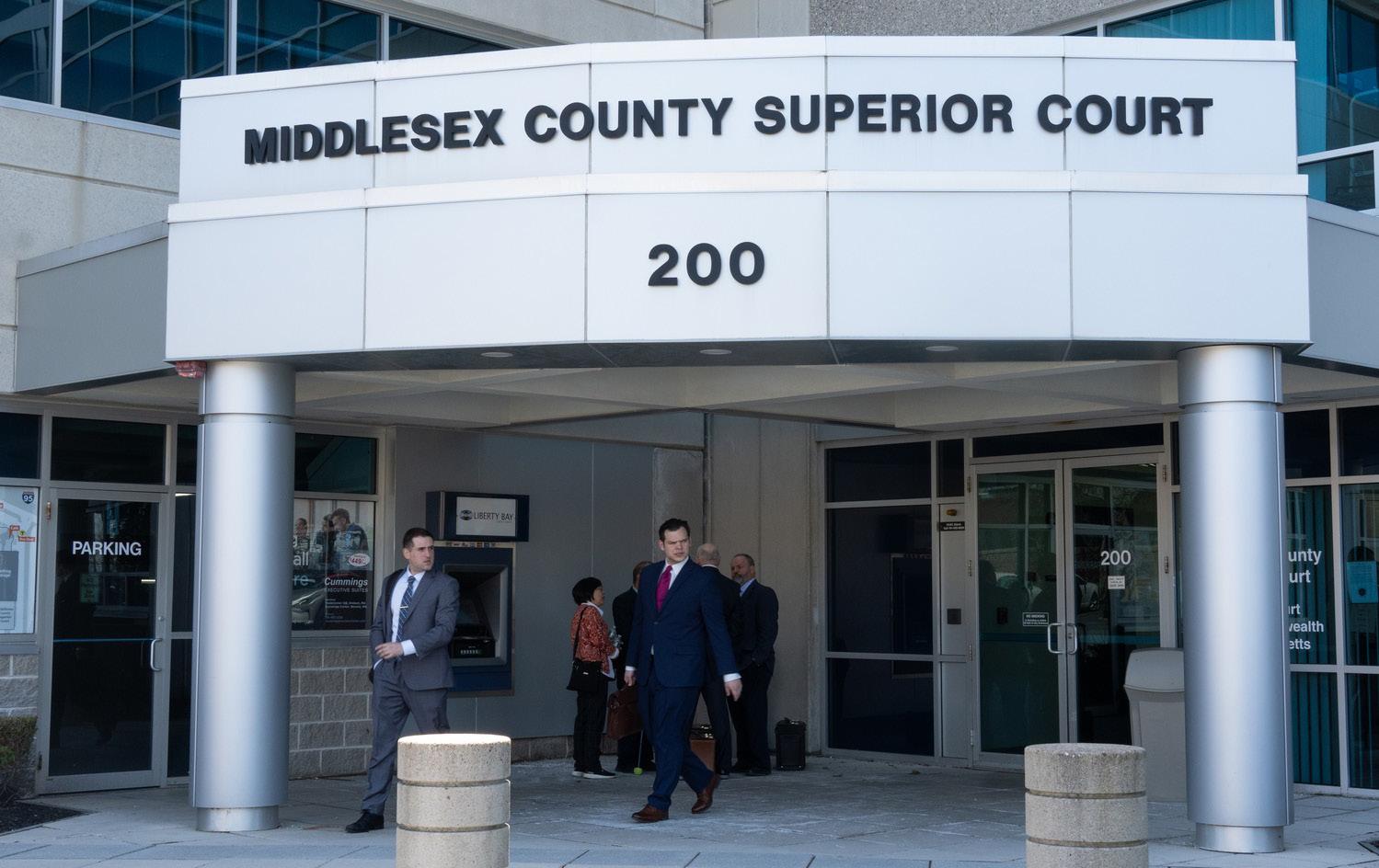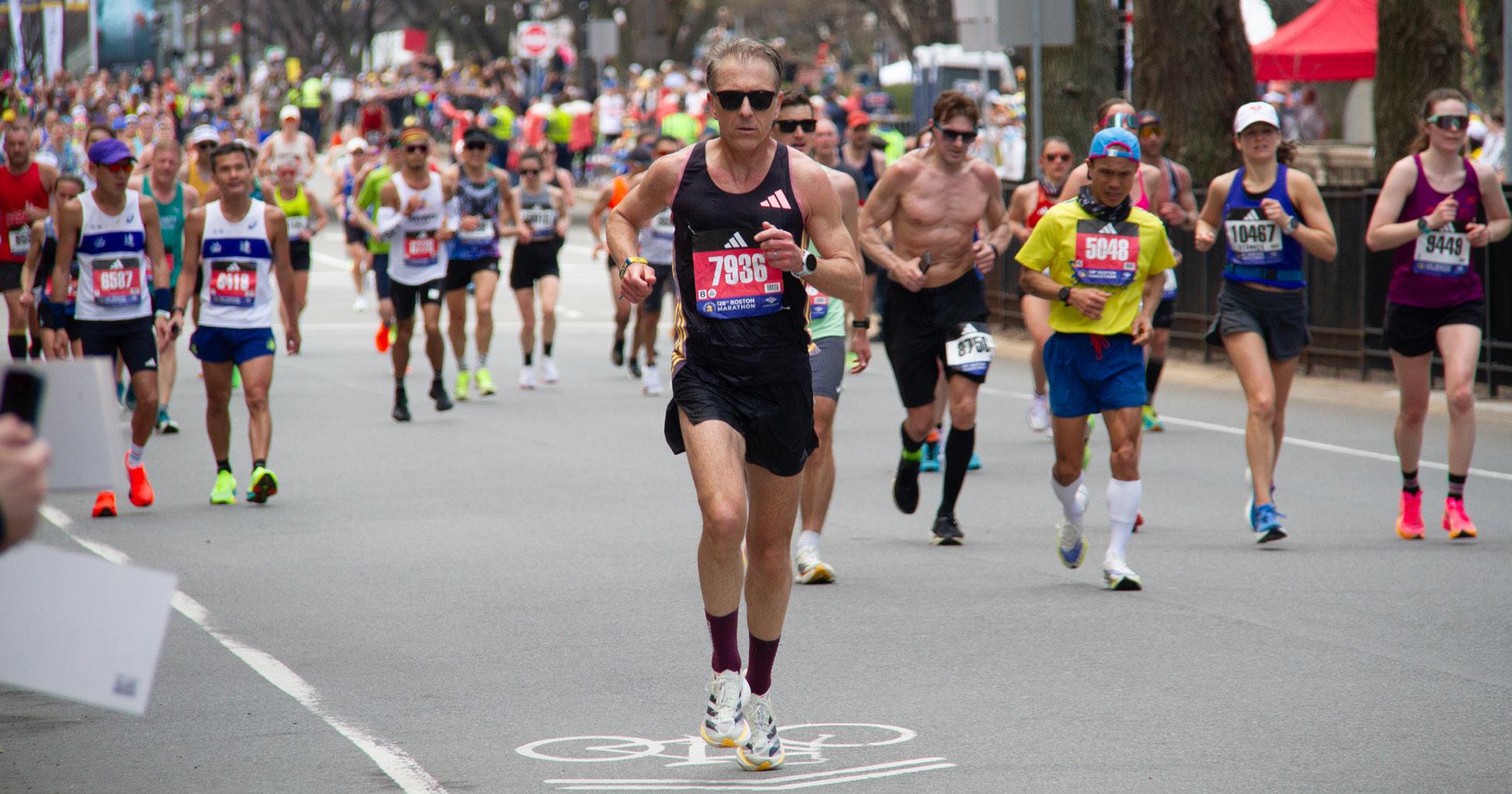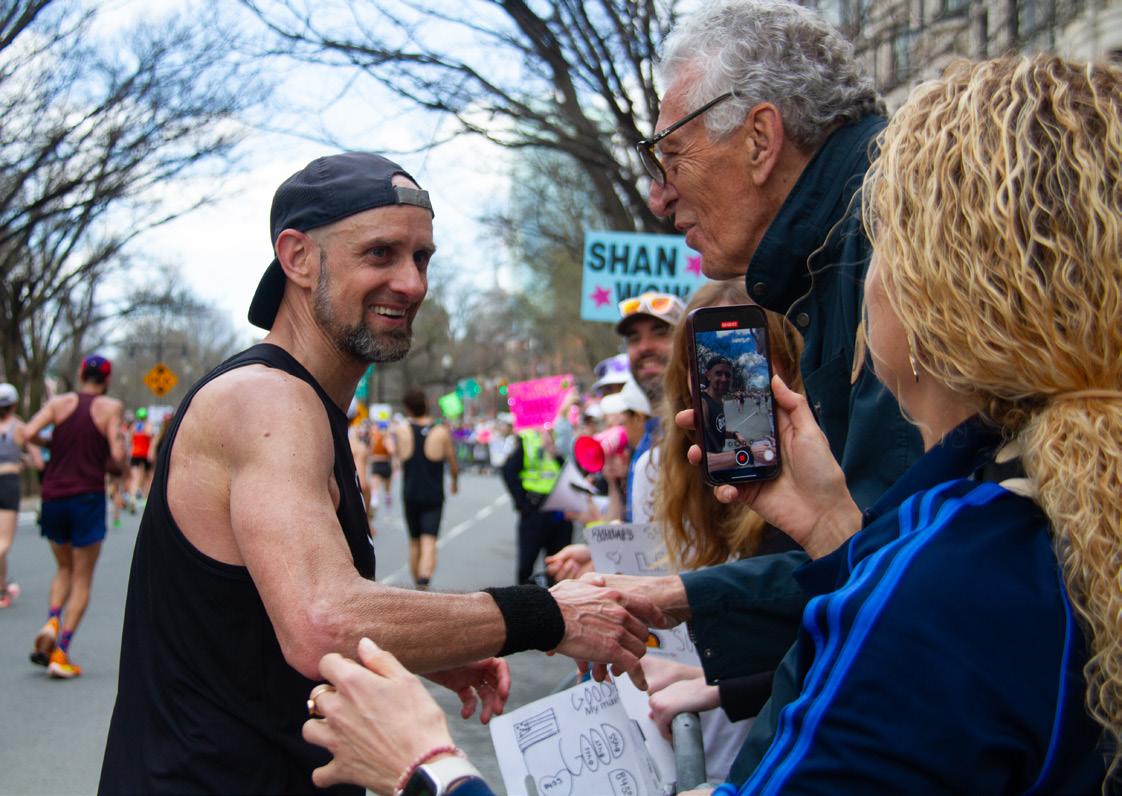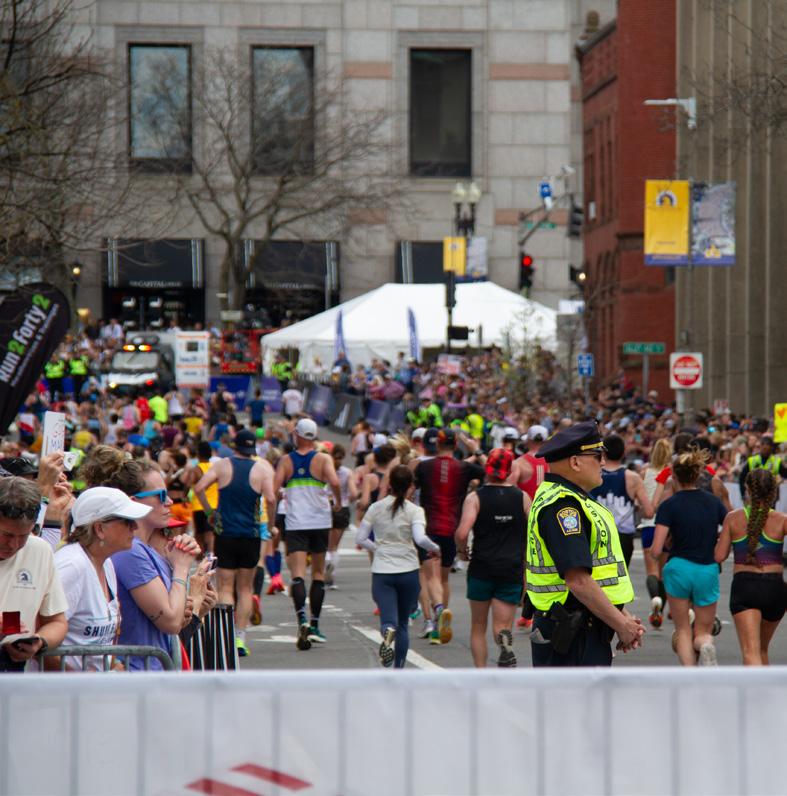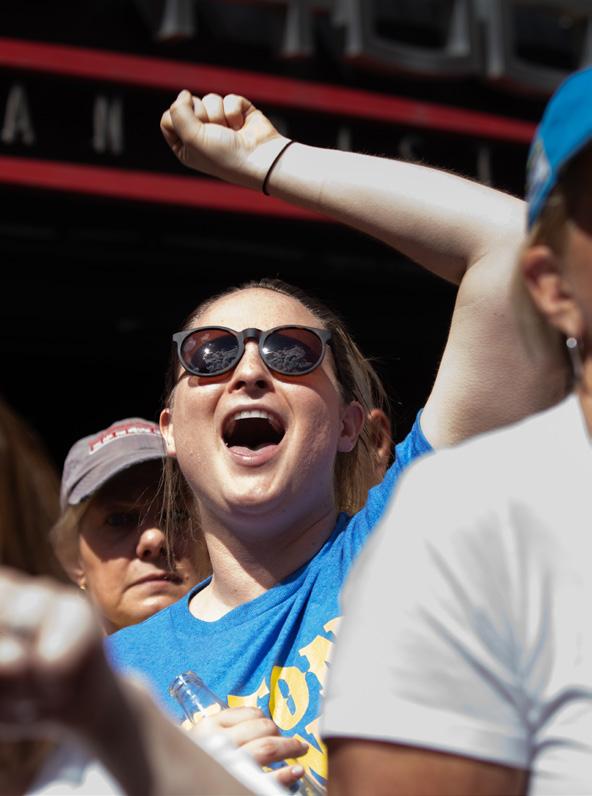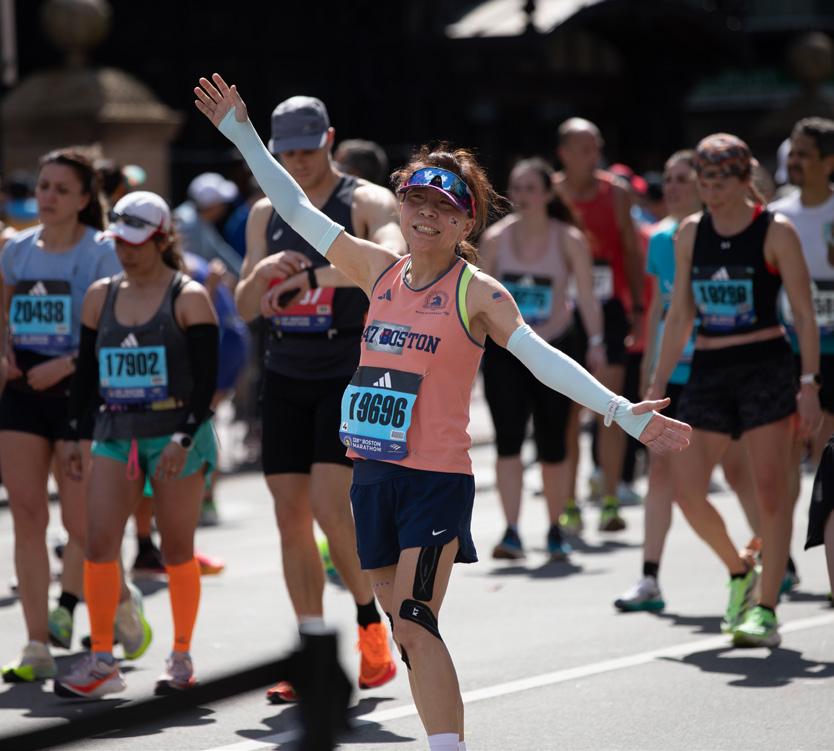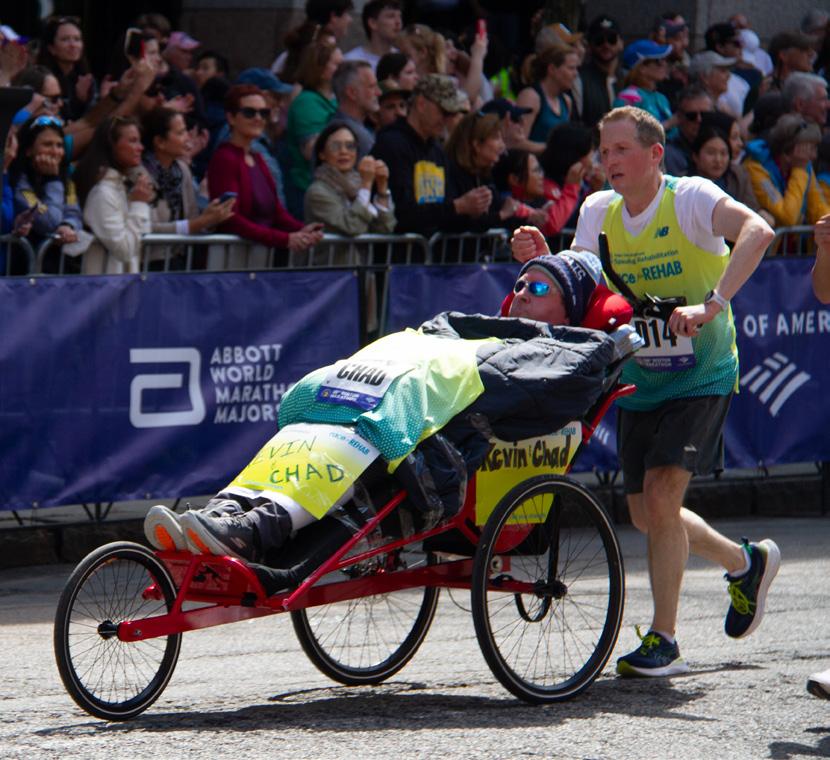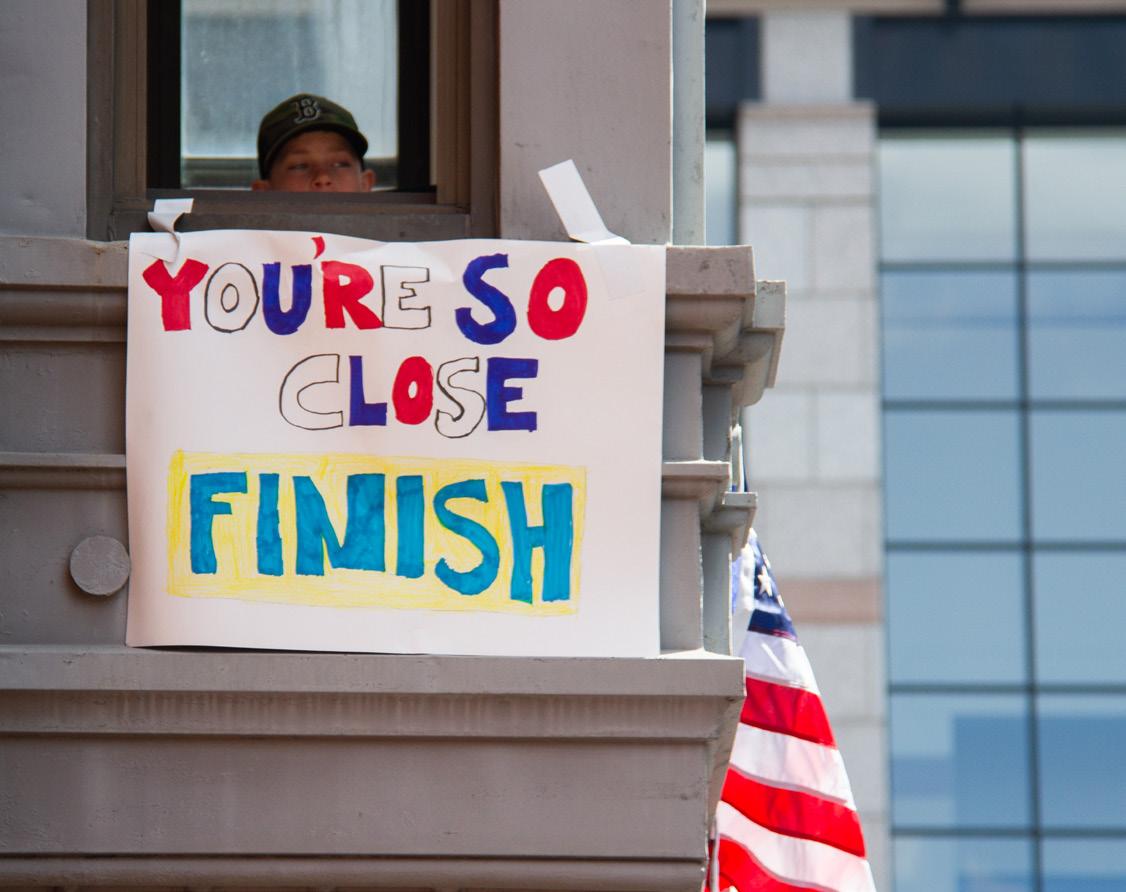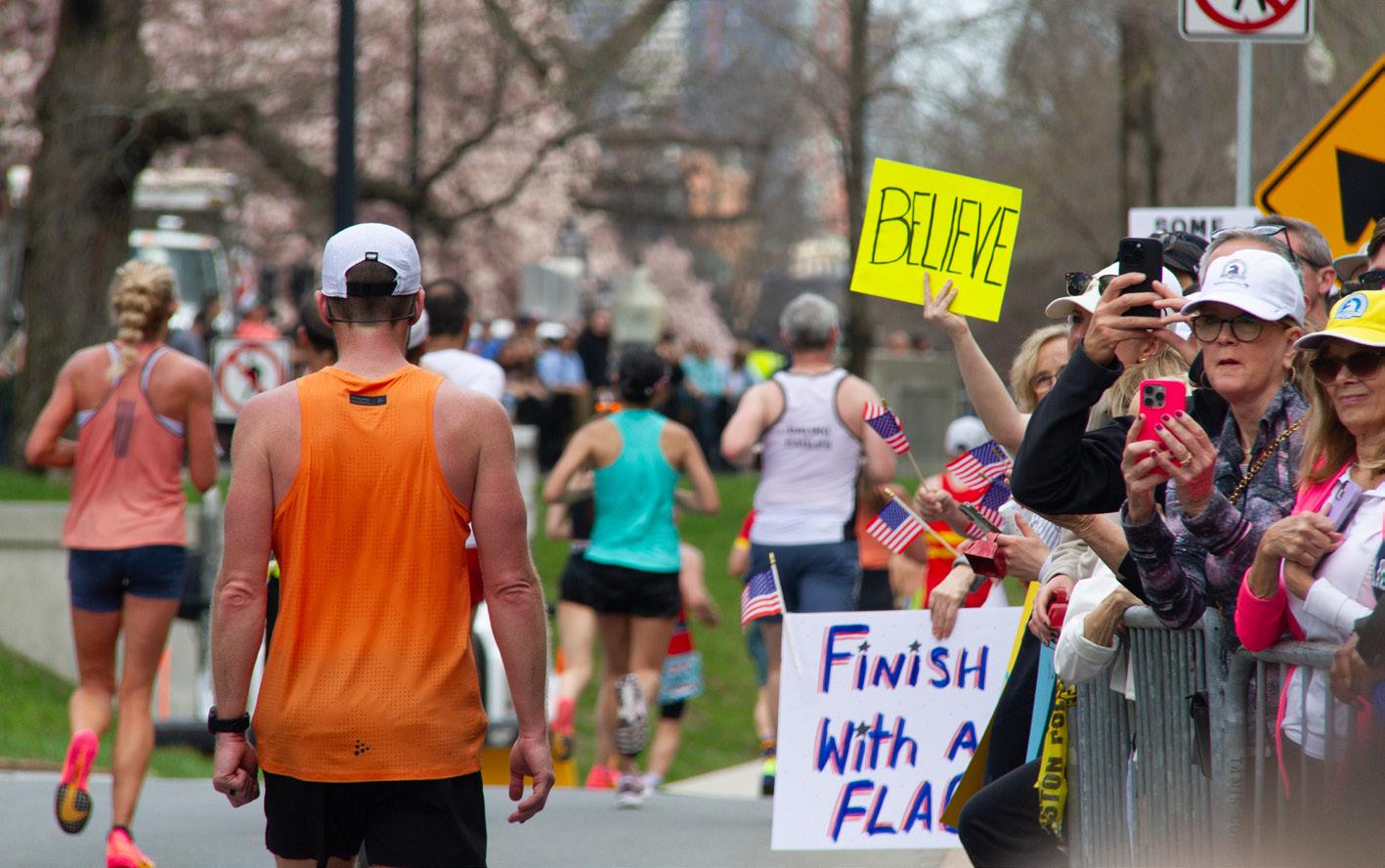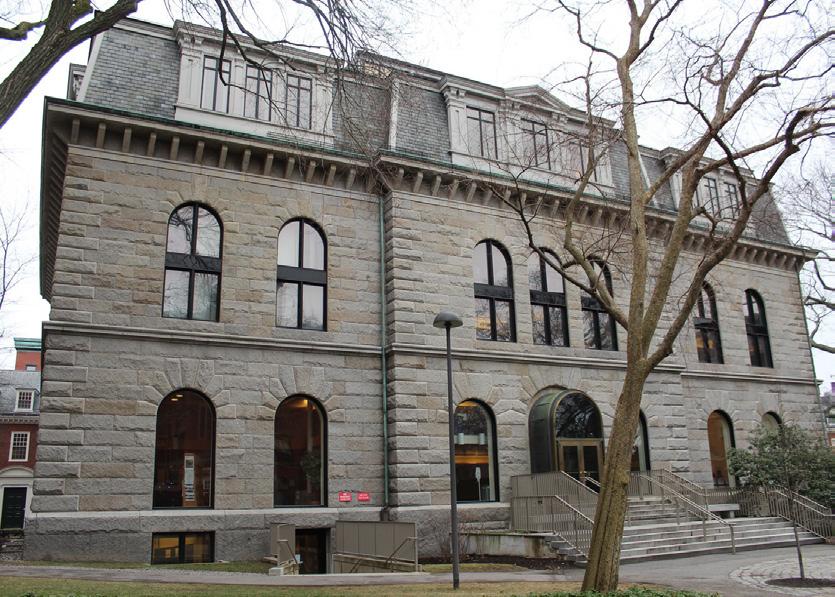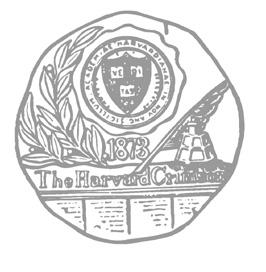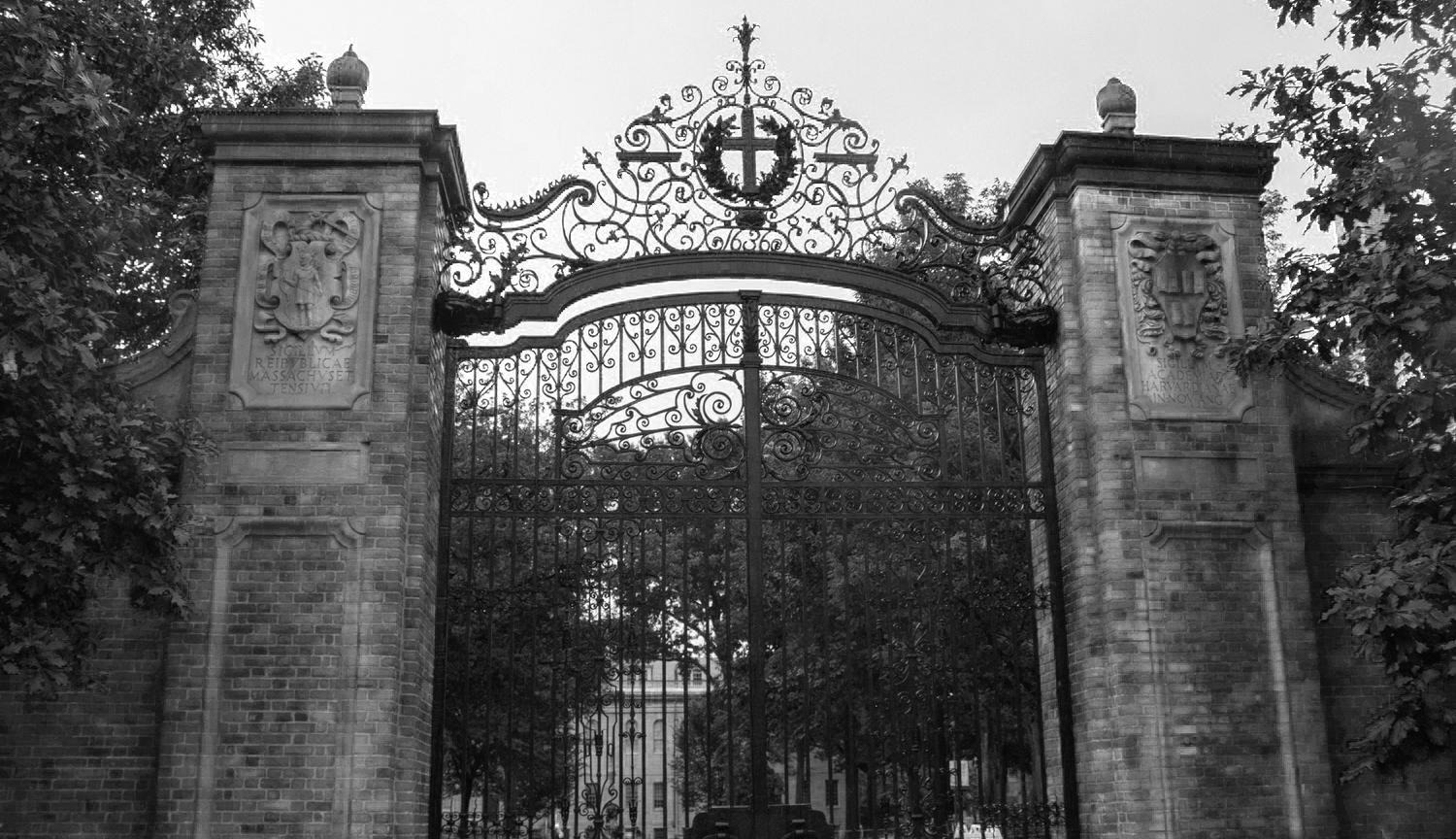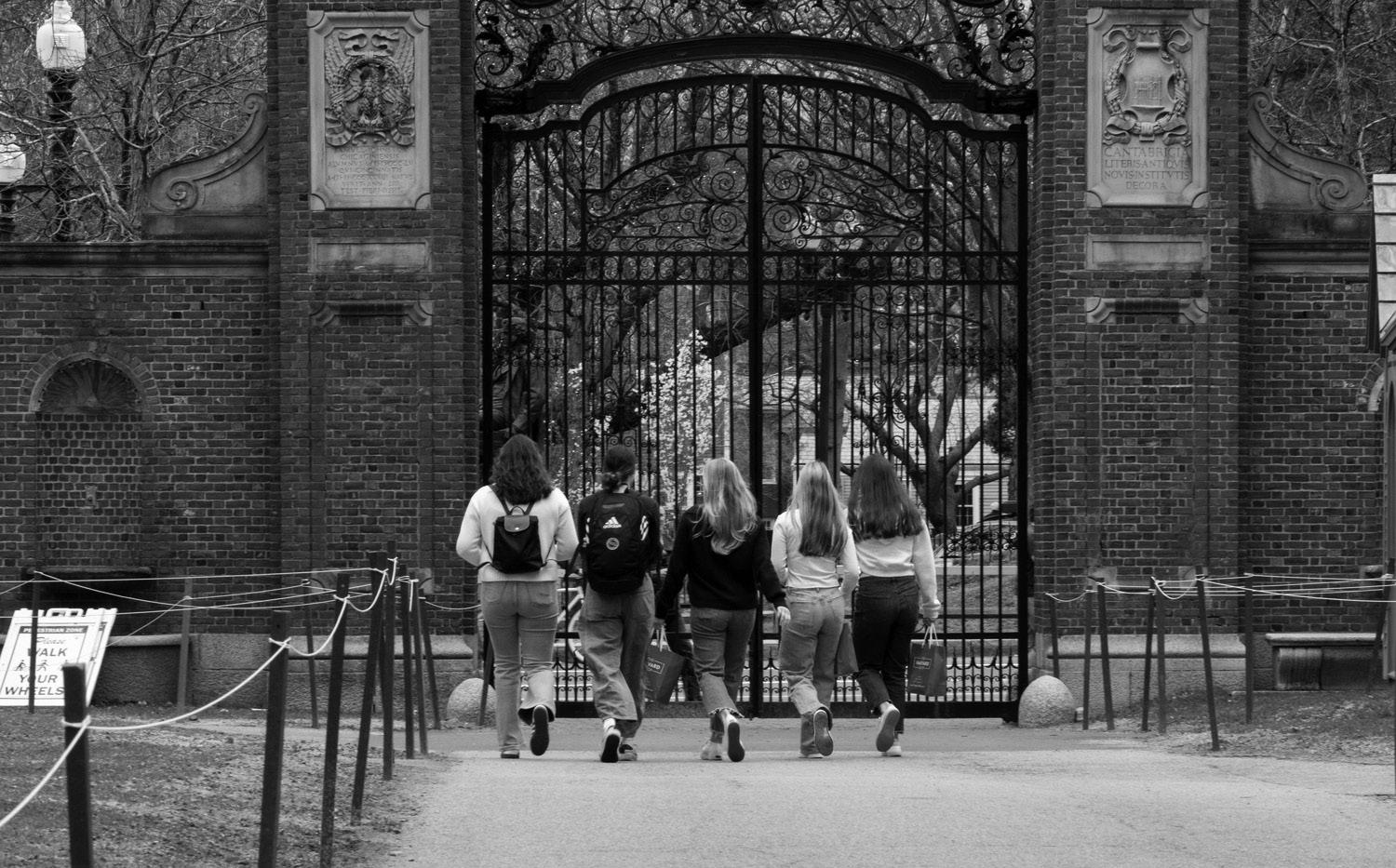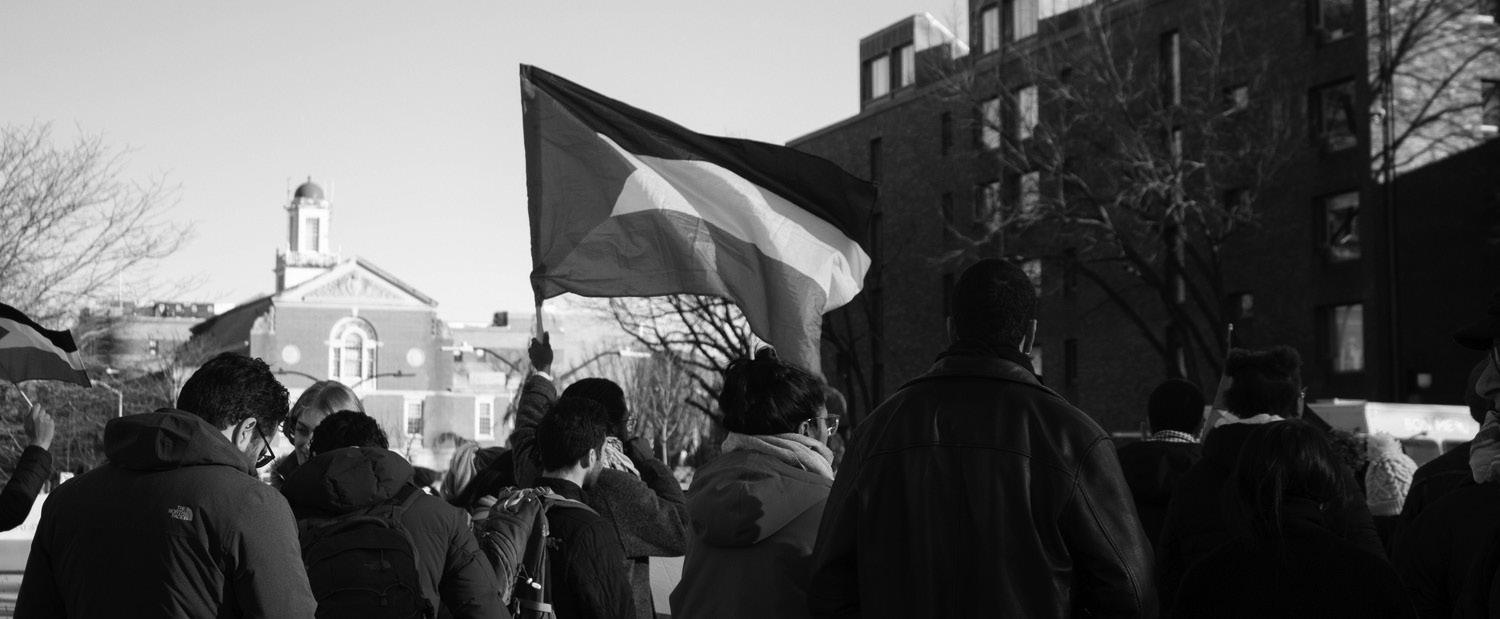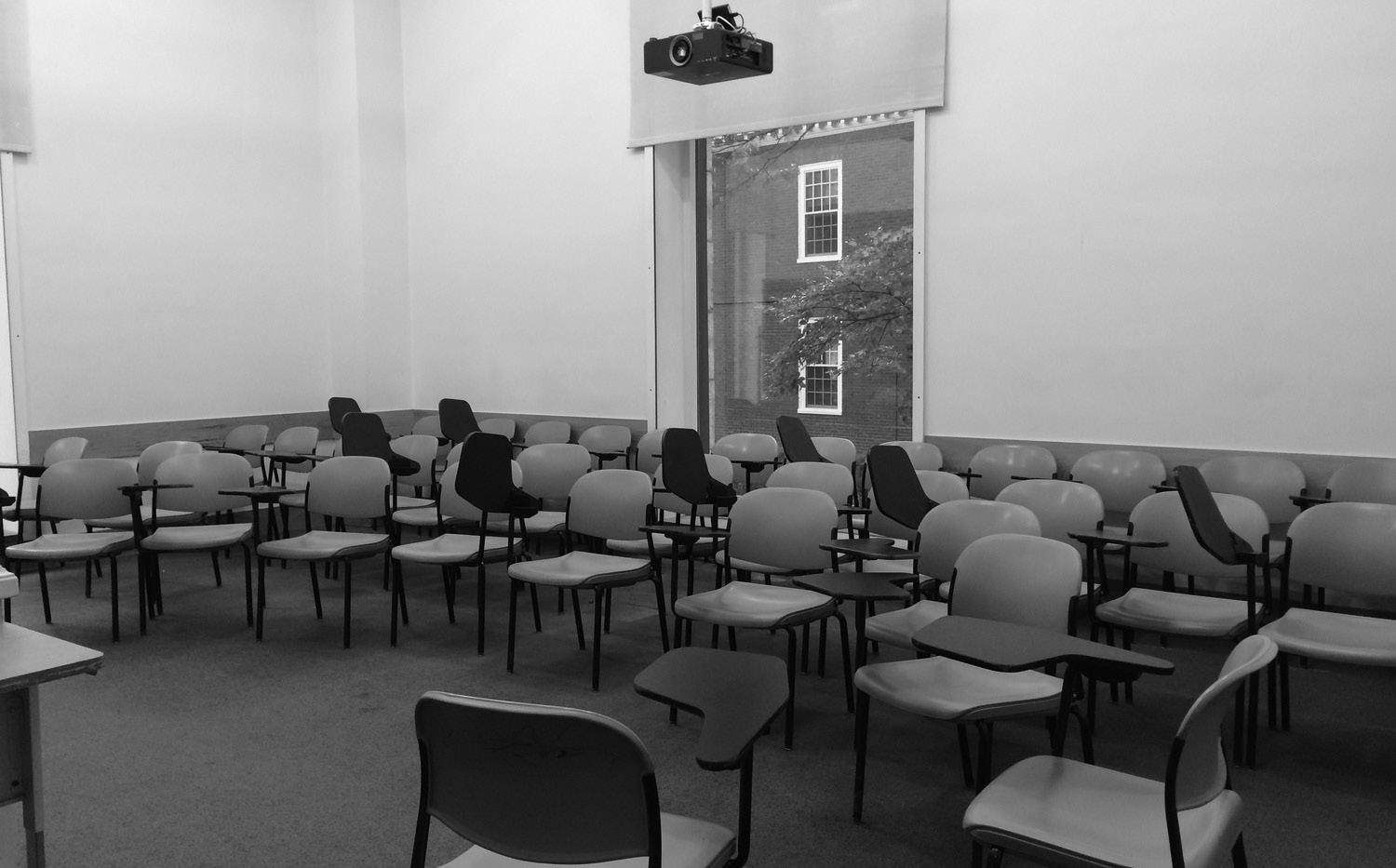Kelly To Serve as Arts and Humanities Dean
Philosophy professor Sean D. Kelly will serve as the next Arts and Humanities dean, Faculty of Arts and Sciences Dean Hopi E. Hoekstra announced in an email Wednesday morning. Kelly, who currently serves as Dunster House faculty dean, will begin the role on July 1. He will succeed outgoing Arts and Humanities Dean Robin E. Kelsey, who announced in November that he would depart the role at the end of the spring semester. Kelly will take the helm toward the end of a contested strategic planning process — which, as the chair of the dean’s study group on administrative support, he was personally involved in. Some faculty criticized the planning process last semester for considering a proposal to merge some of Harvard’s smaller language programs.
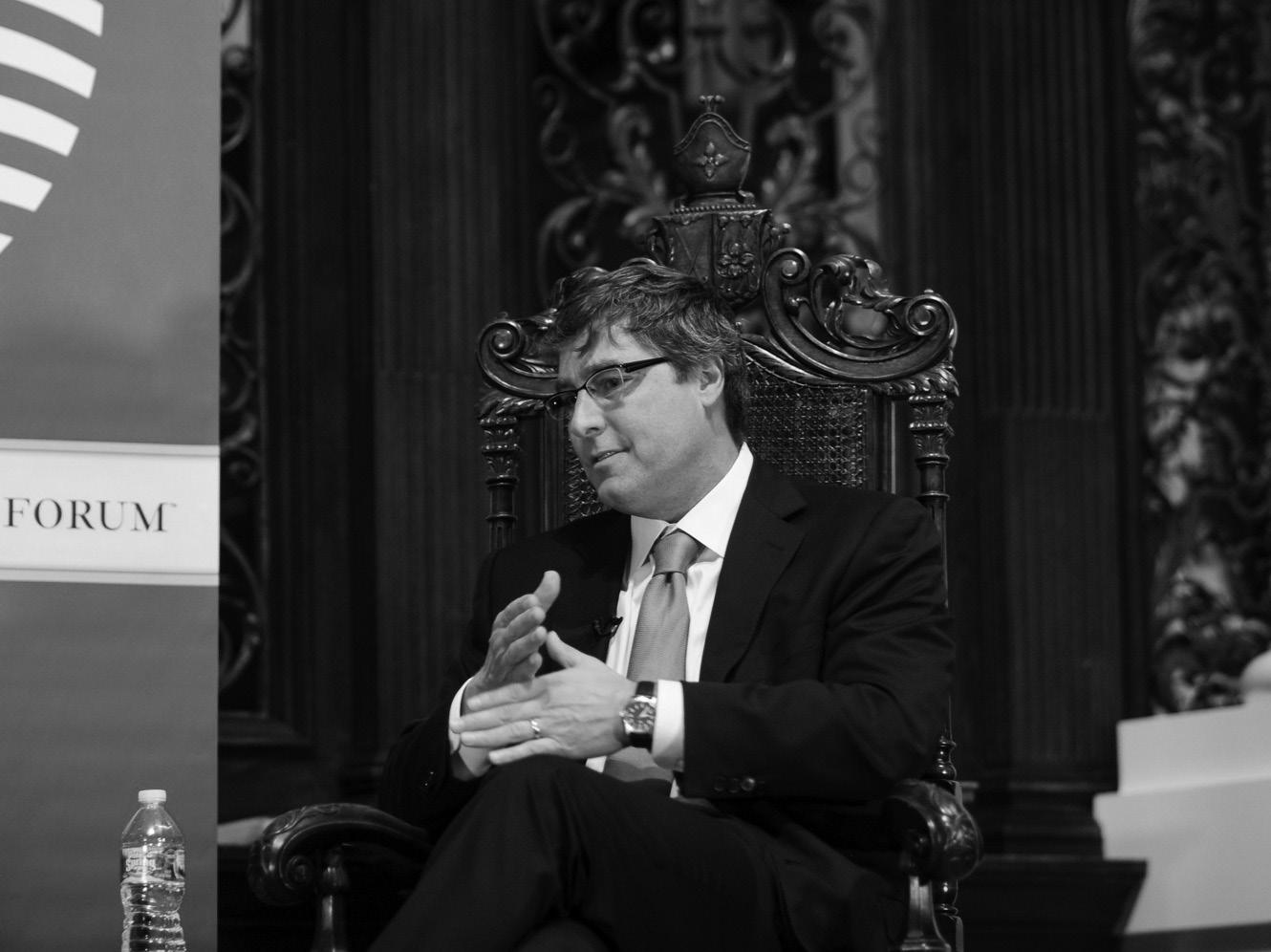
Kelly is the first of two new divisional deans Hoekstra is set to name this year. Physics professor Christopher E. Stubbs, who currently serves as dean of the Science division, announced in November that he would also leave his deanship at the end of the 2023-2024 academic year. Kelly had entered the running for Arts and Humanities dean in January, when Hoekstra put out a call for candidates, according to a person familiar with the search process.
The decision appears to have been made close to Hoekstra, with many faculty members in the division — including several department chairs — in the dark as the decision was finalized.
Kelly is a familiar face for FAS leadership. In November, he was selected to chair the committee considering renaming requests for Winthrop House. He also led a committee that reviewed Harvard College’s General Education program, heading a 2015 report that instated the current Gen Ed program.
In her email, Hoekstra described Kelly as someone who is respected for his “deeply collaborative and inclusive leadership style, as well as his ability to build community around issues of genuine significance.”
In February, Hoekstra told The Crimson that she hoped to select a dean who promoted working across divisions. Kelly, a philosopher, holds degrees in mathematics and computer science, and in cognitive and linguistic sciences. Over the course of his career, he has taught both philosophy and neuroscience. Hoekstra praised Kelly’s multidisciplinary background in her announcement this morning, describing his trajectory from study-
ing at the University of California, Berkeley math department to becoming “the first philosopher at Harvard since William James to have had a psychology lab.” “Sean has sought to bring people together across a broad range of academic backgrounds to advance teaching and learning for the benefit of all,” she wrote. “He is as comfortable talking with mathematicians, computer scientists, psychologists, historians, and sociologists, as with classicists, philosophers, literary theorists, and poets.” After accepting the role, Kelly will be decreasing his teaching load. He had previously planned to teach two classes in fall 2024: Philosophy 34 (an introductory course on existentialism) and Philosophy 138 (a class on
BOSTON — Tens of thousands of spectators cheered, played music, and held handmade signs in 70 degree heat at the 128th Boston Marathon on Monday as runners — among them several Harvard College students and recent alumni — traversed a hilly 26.2 miles from Hopkinton to the Copley Square finish line. After the race, finishers recovered and caught up with supporters while lounging in the Boston Common and Public Garden under blossoming trees.
charity. Rojas — who fundraised for the Boston Public Library — said she wrote an essay and interviewed before raising $5,000 for the charity. “It’s always been my dream to run this marathon, ever since I got into Harvard,” said Rojas, a Crimson Arts editor.
Kieran S. McDaniel ’27 said he has wanted to run the Boston Marathon since reading Christopher McDougall’s “Born to Run” during his junior year of high school. “It talked about a lot of inspiring running stories — a lot of ultramarathoners — and I thought, ‘maybe this is something I could try,’” McDaniel said.
McDaniel said he struggled during the race due to a coughing fit that made it hard to breathe, but he pushed through to finish in three hours and 27 minutes.
“Around halfway, I realized that okay, maybe I should just turn this into a run and focus on finishing,” he said. “So that’s what I did.”
Alexi Stavropoulos ’24, who fundraised for Massachusetts General Hospital’s pediatric cancer research in order to qualify, said the run was “an insane experience.”
winter, and we’re racing in the summer,’” Rojas said.
Several students said they also struggled with the hills in the course, particularly Heartbreak Hill, an infamous section of the course at mile 20.
Benjamin G. Ford ’26 said he found it difficult to “keep up with hydration” in the sweltering heat at his second marathon.
“You see a lot of — I guess you would call it — carnage, around you,” Ford said. “A lot of runners getting taken out in wheelchairs, a lot of walking.”
“But I definitely was very dedicated to finishing the race,” Ford added. “I kind of told myself — no matter what — I would crawl across that line.”

“It was like a party for 26 miles. People were cheering, there were kids high-fiving everybody, all the signs you could think of in the world,” runner Sarah M. Rojas ’25 said. Students said they saw spectators holding signs with a range of amusing and motivational messages, including “On a scale of one to ten, you’re a 26.2” and “Hurry up, and then you can drink after this.” Will C. Leonard ’24 — who ran a 2:41:21 time and finished in the top 2 percent of runners — said his friends made a particularly touching sign using his name. “Unfortunately I didn’t actually see it during the race, I only caught a glimpse of it, but it said ‘Horsepower has nothing on willpower,’” Leonard said. The Harvard College Marathon Challenge — a group of Harvard affiliates that often fundraises and distributes charity bibs — did not receive any spots this year. In order to participate, students either had to run a qualifying time in a previous race or could fundraise for a
“When you’re running, there’s constantly noise coming from people supporting you, but then there’s also all the people that are in the same physical state,” Stavropoulos said. “It’s like your person just gets dissolved with everyone else and it’s just a one, collective movement.” Though the sunny weather provided perfect conditions for spectators, some students said it made the run difficult. “A lot of people on the course were saying ‘We trained in the
According to Luke R. Laverdiere ’23 — who raced alongside three of his former teammates from the College’s track and field team — the energy of the crowd was essential to make it through the course’s notorious hills and the intensifying heat.
“They gave me a big boost at each of those points that I really needed,” Laverdiere said of the cheering spectators. Students also described the months-long training process as rewarding, despite difficulties balancing classes and time-intensive preparation.
“Sometimes they take away from each other, being in class and having to train as well,” McDaniel said. “But I think more often than not they complement each other as well, because each builds my discipline in different ways.”
“I would be a slower runner, and probably a worse learner, without the influence of both of those in my life,” he added. ‘A Party for 26 Miles’: Students Run 2024 Boston Marathon
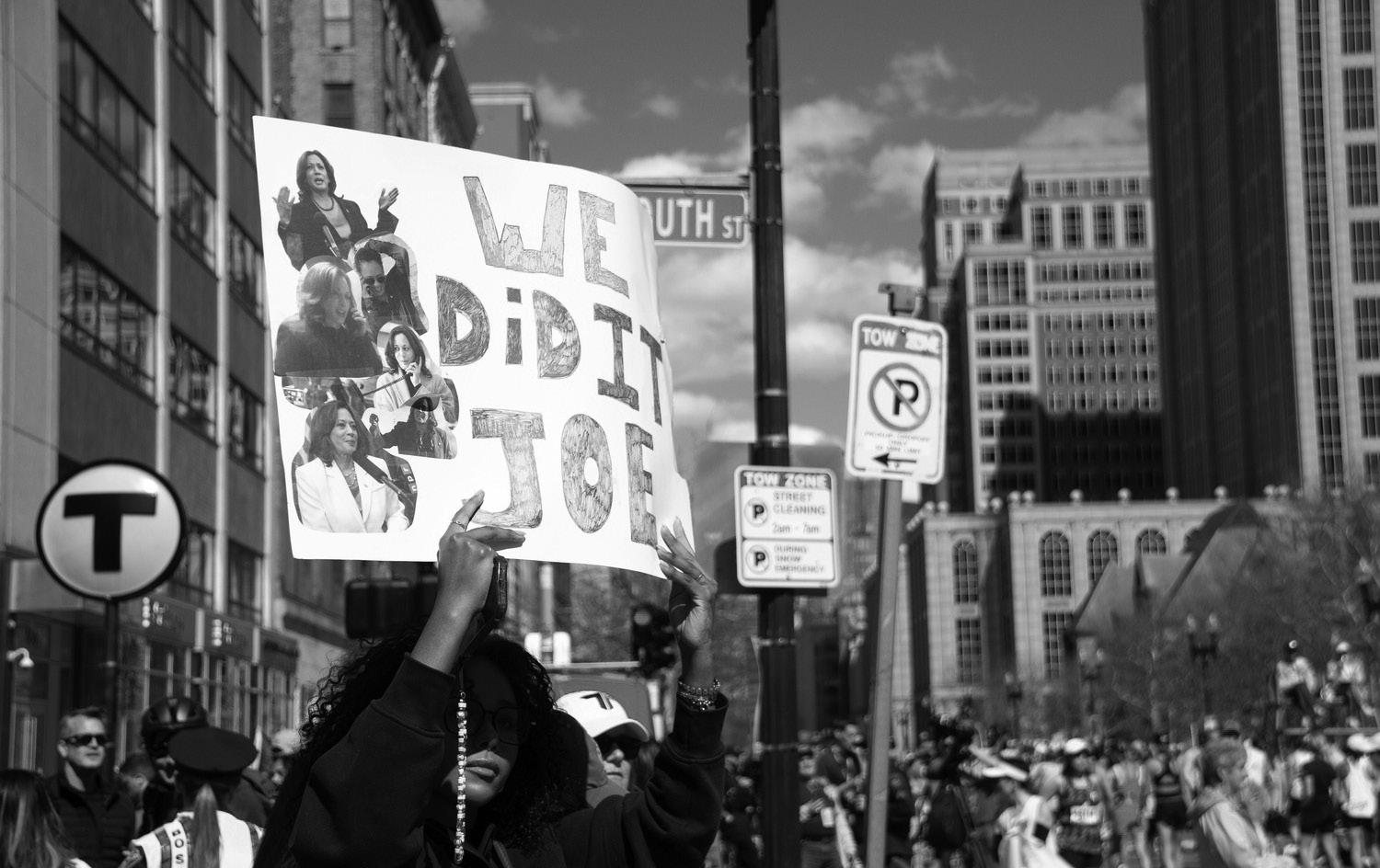
resolutions.
In response to a request for comment, Harvard spokesperson Jason A. Newton pointed to the University’s previous public statement, writing that Harvard leadership “has made clear that it opposes calls for a policy of boycotting Israel and its academic institutions.” Page announced the outcome of the vote — which won a strong majority of the Forum’s 11 members over a two-day voting period last weekend — in a Thursday email over the GSD’s schoolwide list.
More than two dozen GSD student organizations — including the African American Student Union, Future Architects of the Middle East, and Jewish Students in Design — signed onto an email in support of the resolution. The Student Forum resolution cited as precedent Harvard’s decisions to divest from companies selling products to the South African military under apartheid, sell off tobacco stocks, and allow its investments
in fossil fuels to expire. “Calls for divestment from Harvard student governments like ours have successfully shifted Harvard’s investments, which is the largest of any academic institutional endowment in the nation,” Page wrote in his email to GSD students. The International Court of Justice is hearing a case brought by South Africa accusing Israel of genocide, but a ruling is probably years away. Israel has rejected the allegations as baseless, insisting it has worked to minimize civilian deaths and that its actions fall within its right to national self-defense.
Still, Israel’s longtime allies have grown increasingly frustrated with the country’s military strategy, citing famine-like conditions facing more than a million Gazans and a death toll of more than 33,000 people in Gaza, according to the Hamas-controlled Gaza Health Ministry, whose tally does not disaggregate civilian and combatant deaths.
Two weeks ago, President Joe Biden told Israeli Prime Minister Benjamin Netanyahu that the humanitarian situation on the ground in Gaza was intolerable, and demanded Israel implement measures to minimize suffering and civilian deaths. Still, the House of Representatives is set to consider a $26 billion military and humanitarian aid bill for Israel following Iranian airstrikes on the country this week. At Harvard, the wave of resolutions indicates that demands for divestment have gained ground among student leaders, although the Harvard Graduate Council — which represents students across all twelve graduate and professional schools — has not discussed divestment at its open meetings. The Harvard Undergraduate Palestine Solidarity Committee successfully petitioned for a College-wide referendum on whether Harvard should divest from “Israel’s occupation of Palestine.” But the Harvard Undergraduate Association — the undergraduate student government — put an indefinite pause on all student referenda, citing constitutional con-
cerns after receiving a petition for votes on more than 80 questions ranging from inane to bigoted and antisemitic. The HUA’s decision was protested by more than 60 Harvard affiliates last weekend, who accused the body of obstructing pro-Palestine student activism. Page, the GSD Student Forum president, said no GSD administrators were present when the group first discussed their resolution on April 9. But during the Student Forum’s April 16 meeting — one day after the resolution passed — administrators from the GSD Office of Student Life spoke with Student Forum representatives. At the meeting, Page said, the administrators warned Student Forum officials that they could face backlash by publicizing the resolution, including doxxing or in-person harassment.
Pro-Palestine activists have repeatedly faced doxxing attacks over the past several months. After the HLS Student Government passed their March 30 divestment resolution, its presidents were targeted by online doxxing and had their faces displayed on a billboard truck that drove around Harvard’s campus.
In the fall, Harvard College established guidelines and a temporary task force to support undergraduates who had been doxxed, and top administrators condemned the doxxing campaigns. But Harvard still faced criticism — and a complaint to the U.S. Department of Education — from students who alleged the University failed to protect them from harassment. The GSD resolution argued that design students had a responsibility to denounce injustice. “Historically, built environment disciplines have been complicit in apparatuses and scripts of oppression and violence,” Page wrote in his email to GSD students. “As designers, planners, and stewards of the built environment, we have a role to play in shaping a better world by dismantling an unjust one.”
mester, Kelly announced that the class would be canceled “due to an administrative task [he] was very recently asked to take on.” FAS spokesperson Holly J. Jensen confirmed to The Crimson that Phil 34 would also be canceled for the fall semester. Harvard Philosophy professor Sean D. Kelly will replace Robin E. Kelsey as the dean of the Arts and Humanities Division, Hopi E. Heokstra announced Wednesday. EMILIE ROBERT WONG — CRIMSON PHOTOGRAPHER NEWS 5 APRIL 19, 2024 THE HARVARD CRIMSON FACULTY BY TILLY R. ROBINSON AND NEIL H. SHAH CRIMSON STAFF WRITERS tilly.robinson@thecrimson.com neil.shah@thecrimson.com SERVING. Philosophy professor and Dunster House faculty dean Sean D. Kelly will serve as the next Arts and Humanities dean. The Harvard Graduate School of Design Student Forum passed a resolution Monday urging the Harvard Management Company to divest from entities that “aid the ongoing illegal occupation of Palestine and the genocide of Palestinians.” The resolution — proposed by Student Forum President Cory Page on April 7 — follows similar votes from student governments at the Harvard Law School and Divinity School, as calls for Harvard to sever its institutional and financial ties to the war in Gaza have picked up across campus. Undergraduates have also launched a petition for a College-wide referendum on divestment, though the effort has ground to a halt over a procedural dispute. Still, the University has remained steadfast in its opposition to boycotts of Israel in statements following the HLS and HDS student government
German philosopher Martin Heidegger). In a Tuesday email to students enrolled in Phil 138 for next se -
Design
Resolution BY TILLY R. ROBINSON CRIMSON STAFF WRITER BY MADELEINE A. HUNG AND AZUSA M. LIPPIT CRIMSON STAFF WRITERS madeleine.hung@thecrimson.com azusa.lippit@thecrimson.com tilly.robinson@thecrimson.com A spectator holds a sign saying “We did it, Joe” from the sidelines of the race. IKE J. PARK — CRIMSON PHOTOGRAPHER The GSD Student Forum called on Harvard to divest in a resolution. FRANK S. ZHOU — CRIMSON PHOTOGRAPHER
School Students Urge Israel Divestment in

Garber held firm and Penslar stayed on. A month later, Harvard Business School professor Raffaella Sadun — Penslar’s initial cochair — abruptly resigned from her role on the task force over concerns the University would not implement its recommendations.
One hundred days into his surprise, interim trial by fire presidency, Alan M. Garber ’76 is not keeping the seat warm for anyone — except maybe himself.
Far from serving merely as a placeholder, Garber, 68, is seeking to heal divisions between students and professors on campus, traveling internationally to court back disillusioned donors, and persuading admitted students that Harvard is not embroiled in crisis but instead emerging from it. Garber has seized on the worst turmoil in Harvard’s recent history — not just to try to stabilize the institution he has loved since arriving on campus as a freshman in 1973, but also to audition for a role he never expected to have.
At the 100 day mark — a common metric by which to judge the early effectiveness of U.S. presidents — Garber has accomplished a lot more than any of his predecessors in recent memory, but a series of institutional challenges remain unresolved.
Interviews with Harvard professors, major donors, student activists, and current and former senior University officials revealed that Garber — the University’s longtime provost — enjoys broad support among affiliates for his early efforts to guide Harvard out of crisis even if he has not managed to completely avoid controversy.
In what is perhaps the most important vote of confidence thus far, the Harvard Corporation — the University’s highest governing body — has not even launched a presidential search to appoint a permanent successor.
Either way, Garber is not waiting around. “I am the interim president,” Garber said in a February interview with the Harvard Magazine,
Sadun’s resignation prompted a second round of controversy for the antisemitism task force, but Garber simply appointed Harvard Law School professor Jared A. Ellias in her place. Despite the controversies, the task forces have continued their work and are expected to release an initial set of recommendations before the summer. Garber himself has met with the task forces in addition to speaking directly to alumni, prospective students, and concerned donors during his short initial stint in Mass Hall. In public statements, he has come out forcefully against antisemitism on campus. When two pro-Palestine student groups published an antisemitic cartoon in late February, Garber put out a statement “unequivocally condemning” the image within hours. He also formed two working groups to address free speech concerns and consider whether the University should adopt a statement of institutional neutrality. The groups are also working toward their own sets of recommendations.
“We are convening two working groups to examine these issues and recommend how the University can most effectively nurture and reinforce a culture of open inquiry, constructive dialogue, and academic freedom,” Garber wrote in his email announcing the groups.
an alumni publication. “But the problems we need to deal with are not interim problems.”
A Crisis President
It is unlikely that many people envied Garber when former President Claudine Gay’s resignation on Jan. 2, suddenly propelled him into the Harvard presidency. Congress has just begun investigating Harvard, longtime donors were still publicly cutting ties with the University, and there was no indication that the bitter divisions on campus would dissipate when students returned in the spring.
In his first University-wide email as interim president, Garber acknowledged the weight of the challenge. “Our task is difficult yet essential, and we have much work ahead of us,” he wrote.
Just 17 days into his tenure, he released updated protest guidelines that banned protests in dorms, libraries, and classrooms without prior reservation. While the move faced harsh criticism from student activist groups for limiting free expression, the number of protests on campus has significantly decreased throughout the spring semester — and Garber got the credit.
He also quickly moved to establish twin presidential task forces to combat antisemitism and anti-Muslim and anti-Arab bias. The decision to appoint History professor Derek J. Penslar as a co-chair of the antisemitism task force led to an outpouring of criticism from some Jewish affiliates, who alleged that Penslar — the director of Harvard’s Center for Jewish Studies — previously downplayed antisemitism on college campuses. Despite calls for Penslar’s removal as the task force’s co-chair,
Interim Only in Name Garber’s ability to be a bold and assertive interim president is explained, in part, because he does not have much to lose. Before assuming his current role, Garber intended to retire from the University’s administration once Gay had settled in as president. He also announced in a January interview with The Crimson that he will not return to his role as provost when his interim presidency ends. After serving in the dual roles of provost and interim president for two months, Gabrer appointed longtime Harvard Law School Dean John F. Manning ’82 to serve as interim provost. The decision was an early indication that Garber was not afraid to make high-level administrative appointments during his interim presidency.
In early April, Garber took another step characteristic of a permanent president by offering the Harvard Kennedy School deanship to Stanford political science professor Jeremy M. Weinstein. By offering the role to Weinstein, Garber revealed he does not believe his mandate is to fill dean vacancies on an interim basis until the University’s next permanent president can make the final pick. Garber will likely also appoint the next Harvard Graduate School of Education dean after Bridget Terry Long steps down at the end of the academic year. Paul Reville, a HGSE professor, said Weinstein’s selection answered the question of whether appointing a permanent dean is within an interim president’s power. “The administration basically answered that, saying, ‘Yes, it’s. It’s within our powers to do that,’” he said.
APRIL 19, 2024 THE HARVARD CRIMSON COVER STORY 6
versity
the last year,
the last
opportunity
BY EMMA H. HAIDAR AND CAM E. KETTLES CRIMSON STAFF WRITERS 100 Days of Garber’s Trial By Fire JULIAN J. GIORDANO — CRIMSON PHOTOGRAPHER INTERIM.
Alan M. Garber
Harvard
am
“
Including Weinstein, five out of the 14 current permanent Uni-
deans have been picked within
and nine of those were appointed in
five years. The relatively recent turnover across schools would leave the next president, if it is not Garber, with little
to pick their own deans.
The Harvard Corporation has still not launched a presidential search — an important vote of confident for interim president Alan Garber.
’76 Interim
President I
the interim president. But the problems we need to deal with are not interim problems.
But former Harvard Medical School Dean Jeffrey S. Flier said the dean pick likely came at the direction of the Corporation, the body charged with hiring and firing the president. “We’re always left to judge what is happening by the outcomes,” Flier said. “The outcome at the moment is they have named Alan Garber the interim president, and he is taking certain actions that might not be taken if he was told: ‘Just be a caretaker while we get the real president.’” Garber has also made it a priority to mend relations with donors upset at Harvard’s initial response to campus antisemitism. He made the first international trip of his tenure to the United Kingdom, which has long topped
He is taking certain actions that might not be taken if he was told: ‘Just be a caretaker while we get the real president.’
the list of Harvard’s largest sources of foreign funding, and spoke to around 200 alumni in London.
During spring break, Garber also visited Miami, home of major donor Kenneth C. Griffin ’89, to field questions and meet with Harvard alumni in-person. His travel was not just confined to spring break. Garber visited Washington D.C. several times as interim president, where he has met with alumni and members of Congress. The visits come as Harvard also faces fierce pressure from some lawmakers in Congress to do more to combat antisemitism.
Neither Gay nor her predecessor Lawrence S. Bacow traveled internationally during the first three months of their time in office. Bacow, who said he was “still in sponge mode,” had not made any official policy changes during his first 100 days in office.
Harvard Law School Professor Richard J. Lazarus wrote in a statement that Garber’s active approach to the interim role is necessary and that he has all the responsibilities that come with the Harvard presidency.
“The University obviously cannot go into hibernation, postponing all significant decisions until the next president is chosen,” he wrote.
The Promise of Garber’s Task Forces
But Garber’s success as interim president largely hinges on the promise of reforms made from the task forces’ recommendations still to come.
In response to early criticism about the approach, Garber asked that observers suspend judgment until after the groups publish their recommendations.
“They should judge us based on what these task forces produce, but they have an ambitious set of goals for this process,” he said in a January interview with The Crimson.
But three months later, Garber’s administration is still waiting to make official changes to University policy until it receives recommendations from his task forces. Reville said that although the campus had largely stabilized, “there’s a lot of uncertainty because of not knowing where the leadership is ultimately going to go.” When the anti-Muslim and anti-Arab bias task force met with a group of Muslim affiliates at an Iftar program March 29, event attendees grilled Garber and criticized him for evading questions about Harvard’s financial ties to Israel. Later, taskforce co-chair and Harvard Kennedy School professor Asim Ijaz Khwaja said in an interview with the Harvard Gazette, a University-run publication, that such reactions were to be expected and would not affect the group’s approach.
“These conversations will be hard, and students will express how angry and upset they are at us, and, yes, even “grill” us,” Khwaja said. “We will not always be welcomed, but that should not deter us from engaging and doing so in a way that models how leaders of an institution like Harvard
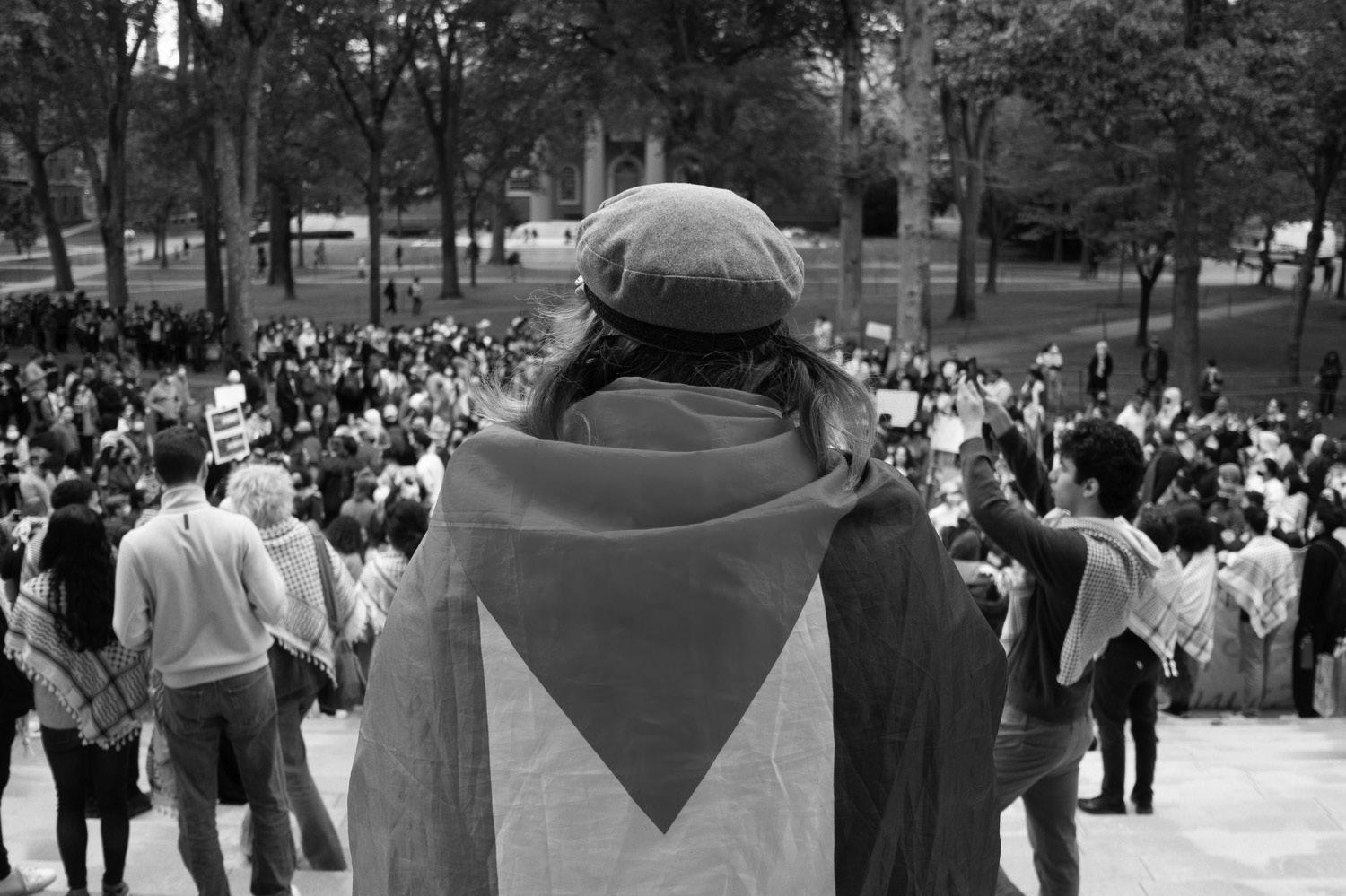
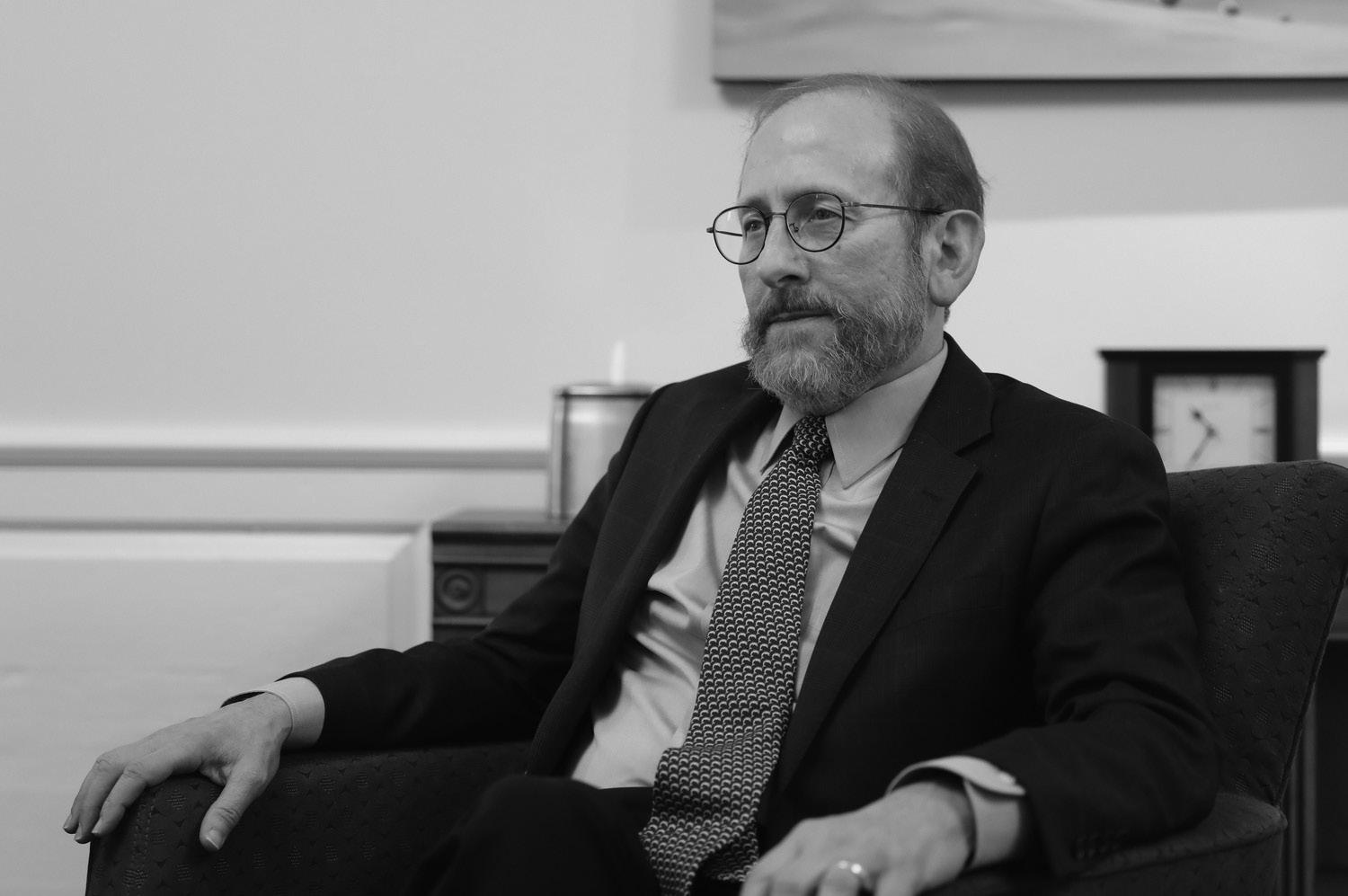
responsibility remains with the Corporation. “Alan Garber is trusted, respected, admired and a calming presence,” Summers said. “This is welcome and needed.”
“Unfortunately the Corporation has not acted strongly to address antisemitism and other major issues so Harvard’s situation remains problematic,” he added.
HKS professor Richard J.
dor in acknowledging the challenges he faces has been appreciated.
Harvard Alumni Association board member Eduardo J. Dominguez ’01, who met with Garber during his spring break trip to Miami, said his continued involvement in the day-t0-day University activity and research projects had impressed him.
“I think among my cohort, there’s probably a unanimous
dents – and we see through it,” he added. University spokesperson Jason A. Newton declined to comment on the criticisms of the task forces.
‘A Delicate Balancing Act’ But beyond campus activists, Garber seems to have won at least passive approval from affiliates. Former Harvard President Lawrence H. Summers, a frequent critic of Harvard’s administration, said that Garber has been well-received in the role, but true
Zeckhauser ’62, who has known Garber since he was a graduate student, said that Garber’s 12 years as provost allowed him to get to know “an extraordinarily large number of people” across the University.
“He just knows what’s going on in a way that I don’t think that anybody else who’s been at the University in the time that I’ve been there – which is since I was a freshman — has known the University,” Zeckhauser said. Among alumni, Garber’s can-
consensus that he’s very well prepared,” Dominguez said. “He would be a great option to keep in that position because he served the University so well as provost.”
Former University fundraiser James F. Hayden ’77 said that from his view, Garber had been able to get his message across in part because he was listened to more seriously than Gay. “It may just be that the impact of that unfortunate congressional testimony sort of poisoned the well for her,” he said.
Steven A. Pinker, one of the co-presidents of the Council on Academic Freedom at Harvard, said that he thought Garber has done “extremely well” balancing the “contradictory demands” he faces as interim president. “Keeping the ship going without just replicating the status quo which got Harvard into trouble in the first place but, on the other hand, not really having a clear mandate to change anything fundamentally is a delicate balancing act,” Pinker said. As Harvard’s governing boards prepare to launch the search for the University’s 31st president, speculation is growing that they will only need to look across Harvard Yard from Loeb House to make their pick. While the Corporation has not announced any details about the search process or the composition of the search committee, many of the names floated in previous presidential searches are now involved in Garber’s administration. Manning, one of the
APRIL 19, 2024 THE HARVARD CRIMSON COVER STORY 7 emma.haidar@thecrimson.com cam.kettles@thecrimson.com THC Read more at THECRIMSON.COM A picture taken at a pro-Palestine protest in October 2023. Some pro-Palestine student activists has said appointing a task force is the wrong approach. JULIAN J. GIORDANO — CRIMSON PHOTOGRAPHER
Jeffrey S. Flier Former Harvard Medical School Dean
Palestine
ted hundreds of testimonies to the Dean of Students Office, Harvard College Dean Rakesh Khurana, the Harvard University Police Department and other administrative offices and no “action was taken.” “It is incredibly trivializing to put entire communities through
pain
approach difficult but necessary conversations,” he added. Some student activists, however, said implementing task forces was the wrong approach to begin with.
Solidarity Committee organizer Asmer A. Safi ’24 wrote in a statement that the group had collected and submit-
that
and frustration, in the midst of a genocide, only to now ask them to ‘share’ their grievances with newly formed task forces,” Safi wrote. “These task forces are placeholders for appeasing contingents of Muslim and Arab stu-
posi-
interim provost.
Tomiko Brown-Nagin, another finalist,
recently appointed co-chair of the “Open Inquiry and Constructive Dialogue Working Group.” Garber has also declined to rule himself out as a candidate to serve as Gay’s permanent successor. “I am happy in my current position,” he said in a January interview. “I’ll just leave it at that.” Zeckhauser said that Garber “should be seriously considered” for the permanent job. Unlike other potential candidates the Corporation might consider, Garber has the benefit of a trial run as his first 100 days have served to cement his place as a front-runner to be the next president. Zeckhauser compared the Corporation’s current task to a baseball manager deciding how to replace an injured hitter. “If they bat .320, you’re going to keep them on,” Zeckhauser said. “If they bat .260, you’re going to let them go.” “And if they bat .280, you’ll decide whether they’re better than the next guy you can get,” Zeckhauser said. Interim Harvard President Alan M. Garber ’76 sits during an interview with The Crimson. MARINA QU — CRIMSON PHOTOGRAPHER Eduardo J. Dominguez ’01 Harvard Alumni Association board member
he’s
prepared. He would be
great option
keep in that position.
finalists in the process that selected Gay, now serves in the University’s second-highest administrative
tion–
Radcliffe Dean
was
I think among my cohort, there’s probably a unanimous consensus that
very well
a
to
‘A MESS.’ A federal judge excluded an HMS professor’s report as evidence in a lawsuit, saying it was extensively plagiarized.
Harvard Medical School assistant professor Dipak Panigrahy plagiarized large portions of an expert report on possibly carcinogenic chemicals, a federal judge wrote last month. Panigrahy submitted a more than 500-page report on behalf of the plaintiffs in a class action lawsuit against weapons manufacturer Lockheed Martin, alleging the company’s manufacturing facility in Orlando released toxic chemicals into the surrounding area causing various injuries, including cancer.
But in a March 18 court order, U.S. District Court Judge Roy B. Dalton Jr. granted a motion by Lockheed Martin to exclude Panigrahy’s report as evidence, saying that the report extensively plagiarized from works by the International Agency for Research on Cancer. “Dr. Panigrahy’s report is — put plainly — a mess,” Dalton wrote. “Indeed, the plagiarism is so ubiquitous throughout the report that it is frankly overwhelming to try to make heads or tails of just what is Dr. Panigrahy’s own work,” Dalton added. Numerous sections of Panigrahy’s report are word-forword identical to IARC publications. The passages cite the IARC broadly but are not enclosed by quotation marks. In an emailed statement to The Crimson, Panigrahy — a cancer researcher at Beth Israel Deaconess Medical Center — wrote that he fully cited his sources, including the IARC. “I cited to all of the underlying articles and reports that I was accused of plagiarizing, and made clear that I was relying on these sources as part of my analysis,” Panigrahy wrote. “I relied on IARC reviews for their comprehensive discussion of the available literature and study results, and then conducted my own analysis based on the body of available evidence,” he wrote, adding that he referenced more than 1100 other works in his
report. But Dalton’s order said that Panigrahy’s insistence on the volume of citations in the report did not refute the accusations of plagiarism.
“His deposition made the plagiarism appear deliberate, as he repeatedly outright refused to acknowledge the long swaths of his report that quote other work verbatim without any quotation marks at all — instead stubbornly insisting that he cited over 1,100 references, as if that resolves the attribution issue (it does not),” Dalton wrote. “The volume of references actually makes the problems with Dr. Panigrahy’s methodology more glaring, as he admitted that he did not even read the 1,100 papers in their entirety,” he added in a footnote, referring to a deposition of Panigrahy as part of the case.
The report also alleges that at times, Panigrahy misrepresented the IARC’s research.
“Several times, he copied lengthy paragraphs from IARC verbatim but conveniently left out sentences in which IARC urged caution about the limitations of its findings, misleadingly presenting the science as more definitive than it actually is,” Dal-
Interior Sec. Deb Haaland To Speak at HLS 2024 Class Day
people for far too long,” she added.
ton wrote. “In sum, the rampant plagiarism in Dr. Panigrahy’s report leads the Court to conclude that his general causation methodology as a whole is too unreliable to put before a jury,” Dalton added. The IARC did not respond to a request for comment.
Panigraphy — who has been at BIDMC since 2013 and runs the Panigraphy Lab — is available for hire as part of the Expert Institute, a website which allows attorneys to find experts for their cases.
The report filing comes weeks after top Dana-Farber Cancer Institute researchers and a Brigham and Women’s Hospital scientist were accused of research misconduct, with most of these instances pertaining to image manipulation and duplication. The Broad Institute and Boston Children’s Hospital have since begun offering research integrity tools. Other Harvard affiliates have also faced increasing allegations of plagiarism in recent months. Right-wing activists have amplified anonymous plagiarism complaints of varying levels of severity against several Black women scholars of race and diversity, including former Harvard Presi-
dent Claudine Gay — accusations which many Harvard academics have called politically and racially-motivated.
Harvard Business School professor Francesca Gino, who is suing the University and a data investigation blog for $25 million dollars after being accused of data fraud, was also accused of plagiarism this month in an analysis by Science Magazine. Panigrahy’s testimony has been called into question in pre
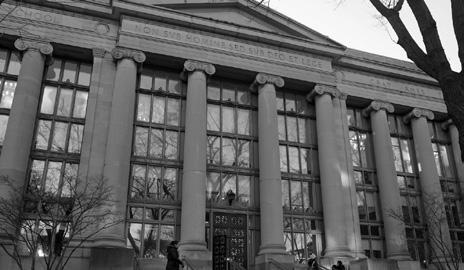
U.S. Secretary of the Interior Debra A. Haaland will be Harvard Law School’s 2024 Class Day speaker, the school announced Monday. Haaland will address the Law School’s 2024 graduates in an address on May 22, one day before the 373rd Commencement ceremonies.
A member of the Laguna Pueblo tribe, Haaland was nominated by U.S. President Joe Biden in 2021 to serve as the 54th Secretary of the Interior, making her the first Native American to serve as a Cabinet secretary.
Haaland previously served as a Democratic congresswoman from New Mexico and was one of the first two Native American women elected to Congress. As a congresswoman, Haaland focused on issues such as environmental justice, indigenous women’s safety, and family policy.
In a statement to The Crimson, Samantha D. Maltais, co-president of the HLS Native American Law School Students Association, wrote that the NALSA “could not be more thrilled” by the announcement. “Through her numerous accomplishments, she has paved the way for future generations of Native law students and lawyers, and allowed us all to dream of opportunities that have been closed to Native
In her position, Haaland plays a key role in President Biden’s climate agenda, the protection of federal land, and the U.S. government’s relationship with Native reservations.
VISITAS FROM PAGE 1
The daughter of two military veterans, Haaland grew up in New Mexico. She earned her bachelor’s degree and J.D. from the University of New Mexico as a single mother living paycheck-to-paycheck.
Haaland most recently spoke at Harvard at a 2020 Institute of Politics Forum at the Harvard Kennedy School, during which she discussed unique challenges faced by indigenous communities and her past in political organizing. Recent speakers at the Law School’s Class Day ceremonies have included Academy Award-winning actress Michelle Yeoh, U.S. Senator Elizabeth Warren (D-Mass.), and former U.S. Attorney General Loretta Lynch ’81.
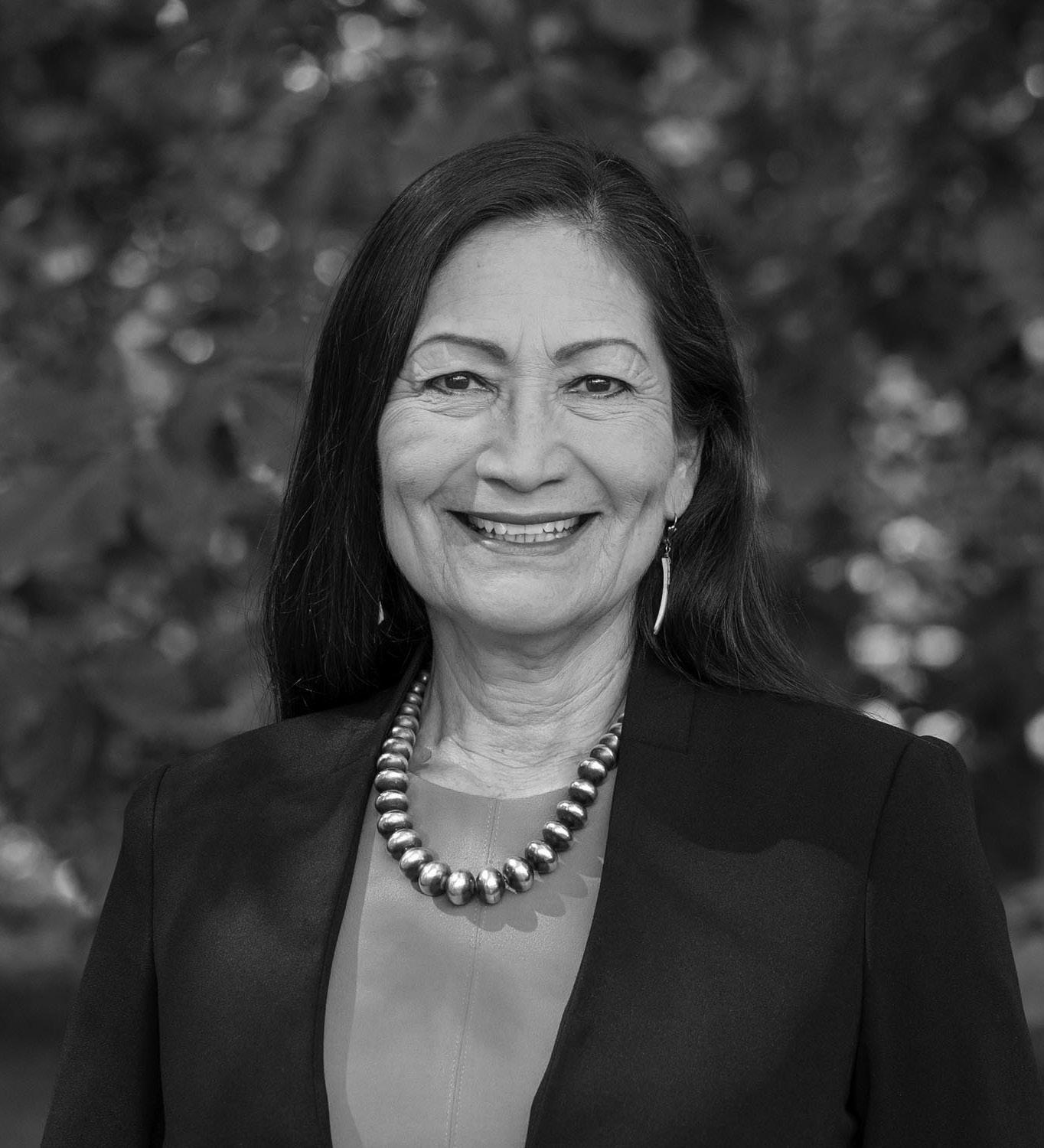
On the Return of Required Testing
Almost everything at Harvard has returned to its pre-pandemic norm. Students are in classrooms, meals are in dining halls, and now, hopeful applicants will be flocking back to standardized testing centers.
Last week, Harvard College announced that it will reinstitute its standardized testing requirement for students applying to the class of 2029, reversing a commitment to remain test-optional through the next two application cycles.
The timing of the announcement is hardly ideal.
Test-takers generally start sitting for exams the spring before their applications are due — and often begin studying long before that. For today’s high school juniors, the college application process is already well underway. Springing this requirement could permanently set back students who presumed they could apply without test scores, deepening application inequalities and confusing already-anxious applicants.
Not to mention — Harvard’s decision to renege on its promise to applicants that the school would remain test-optional hardly lives up to its prized motto of “Veritas.” Moreover, Harvard’s policies on alternatives for students unable to take the SAT remain incredibly vague. Though AP, IB, and similar alternatives are allowed in “exceptional cases,” Harvard has yet to clarify what circumstances would actually warrant an exemption.
Yet, while Harvard may have botched the rollout of its policy change, their decision is ultimately sound: Standardized tests remain a usefully objective metric that can advance equity when deployed correctly.
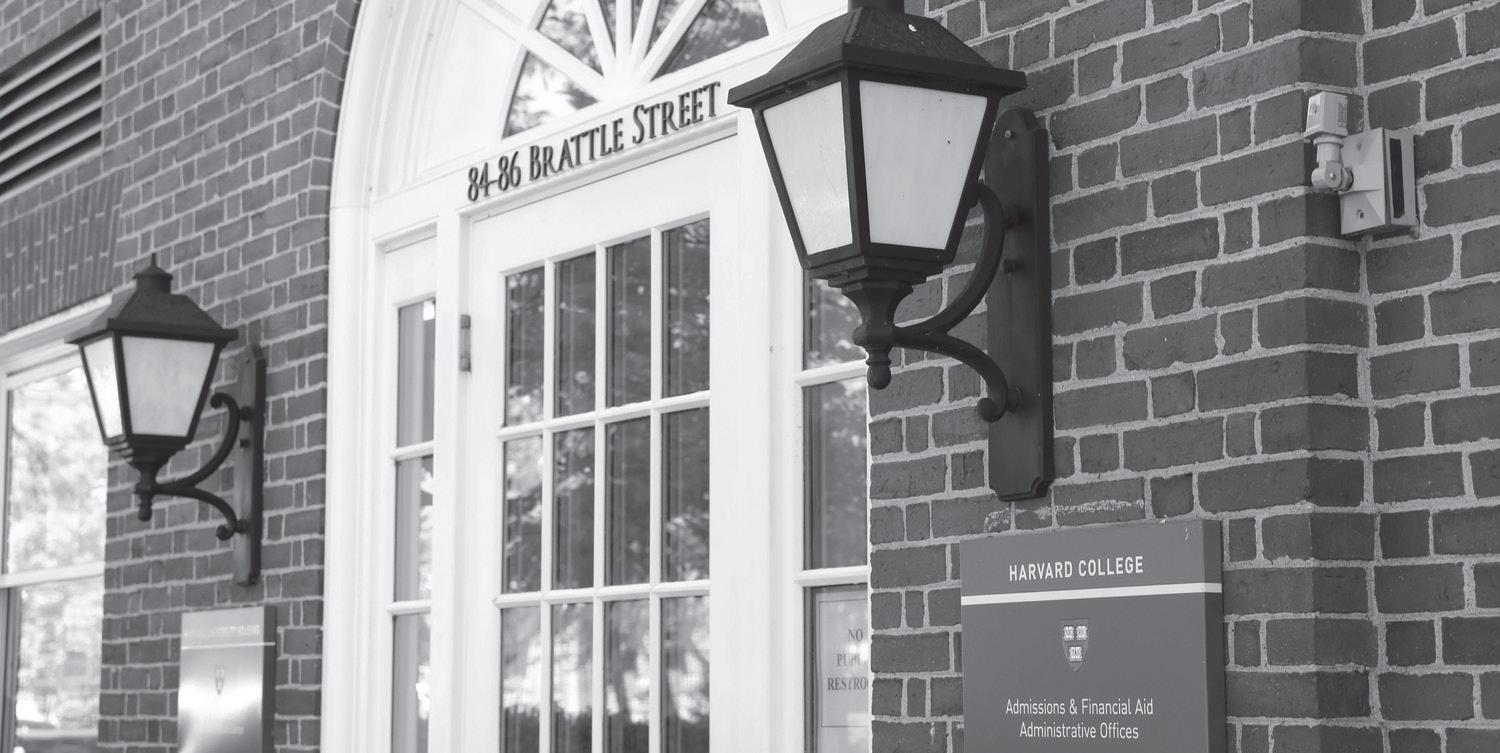
Don’t take our word for it. When MIT reinstated its standardized testing mandate in 2022, it cited internal findings that the requirement improved their ability to identify talented applicants from disadvantaged backgrounds and predict academic success. When Yale did the same earlier this year, they pointed to their own evidence showing that test-optional policies often disadvantage poorer applicants. Standardized testing is far from an equitable measure of aptitude. But alongside a review that pits the ostentatious internships and bedazzling extracurriculars of wealthy students against the after-school jobs of students who must support their families, the SAT may be the least of many evils. We’re glad that Harvard correctly noted testing’s potential to advance socioeconomic diversity in their announcement of the policy. But if Harvard is serious about this commitment, they must overhaul other aspects of the application process. Children of alumni were accepted at a rate of 33 percent to the classes of 2014 through 2019. Those on the dean’s list — a secretive catalog compiled apparently at the behest of donors — were admitted 42 percent of the time. And recruited athletes enjoyed an acceptance rate of 86 percent. Many of these students benefit from inordinate levels of privilege and wealth. If Harvard is seriously committed to the worthwhile goal of advancing diversity, ending preferences like these are a glaring place to start. The University shouldn’t stop there. Harvard could

After racking my brain for hours, I’ve finally found just the word to describe Harvard’s return to standardized testing: problematic. No offense, but I’m really not standardized, and I don’t think you’re going to be able to capture who I am as a person, an artistic creator, a friend, and a grassroots changemaker, in a test where I could literally be given the same exact score as thousands, if not hundreds, of other people.
If you meet me, you would understand just how ridiculous it is to judge whether I deserve to go to Harvard solely based on my talents or life accomplishments. There is just some indelible special quality about me that supersedes my inability to perform basic algebra, fill in a bubble sheet correctly, or remember to bring a No. 2 pencil. Sad to say, when I walked up to the “proctor” to ask for my special accommodations, she told me that my suitcase and spa pass were unnecessary because “accommodations” just meant that I had to sit in the testing room for several more hours since I never got around to learning to read. Also, as I’ve been learning in the massively expensive summer program with the elephants that I joined to demonstrate my sense of social responsibility, the SAT is deeply inequitable.
It is a pedagogically antiquated and socioeconomically biased metric of purported scholastic aptitude, which marginalizes those whose learning abilities are judged as “inferior” by the standards of the white western heteropatriarchy, and inherently privileges those students who, through no merit of their own beyond the fortuitous circumstances of their birth, are raised in environments replete with enriched educational provisions and culturally specific knowledge that aligns with the test’s curricular expectations, thereby disproportionately disadvantaging individuals from lower socioeconomic backgrounds who, de -
spite possessing equivalent or superior intellectual capacities and academic potential, are systematically precluded from demonstrating their true capabilities, perpetuating a cycle of educational inequity that undermines the very meritocracy the test claims to uphold.
And this effect is only exacerbated by inequitable access to educational resources, something which will not change until someone invents a universally accessible and free high-quality online test prep course that has been proven to increase scores by an average of 115 points.
Also, Mr. Admissions Person, I’d prefer it if you would stop putting so much emphasis on my grades. Or, not “my” grades, but the grades assigned to me by a system that consistently values arbitrary factors like timeliness and accuracy over what really matters: kindness and diversity, for starters. I hate that your application form reduces me to an essay that ChatGPT and I wrote five months ago, and it’s honestly so capitalist of you to try and equate human beings with the products of their labor. Not to mention my tear-jerker of a life story. When I was 10, my parents went to marriage counseling. My dad’s dad is Irish. Or, as my college counselor suggested I put it, I grew up in an unstable home in a diaspora family pushed from its homeland as a result of acute starch shortages, and I surround myself with a diverse community that continually teaches me to be accepting of difference.
I think we can all agree that there’s a natural connection between attending an academically rigorous institution and having a life story straight out of an “America’s Got Talent” opening montage. It just makes sense: hard life, hard classes. And if you start reemphasizing standardized tests, how will we learn to market our trauma for gain?
I’ll tell you who deserves to go to Harvard: people who deserve to go to Harvard. That is me 100 percent. I was born under an incredibly auspicious star sign, with such grace and glowing golden radiance that the doctors said I had “jaundice.” My first sentence was “I’m not like other girls.” Going to the greatest university in the world is literally my birthright.
Besides, you can’t credibly claim that my SAT score is a predictor of how “well” I’ll “do” in “college.” Most of my time will be spent partying and paying other people to do my laundry, and I have those skill sets locked down.
–Yona T. Sperling-Milner is a freshman in Hurlbut Hall. She looked straight at the eclipse because the system can’t keep her down. Her column “A School Outside Boston” runs bi-weekly on Tuesdays.
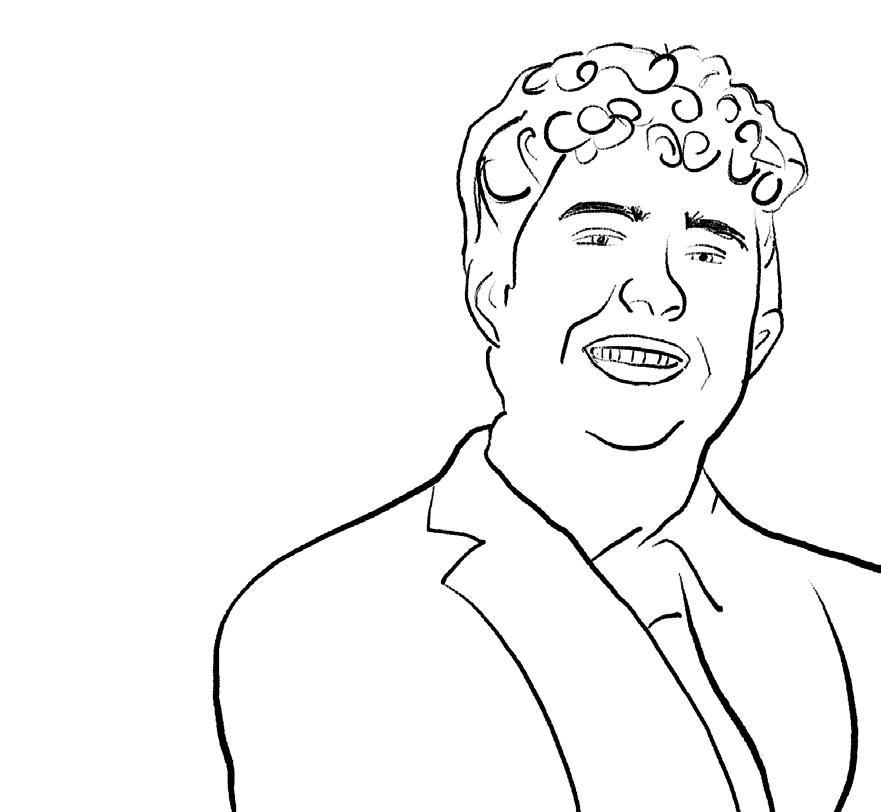
Harvard has not stopped talking about free speech — more specifically, our ostensible lack of it.
Who is to blame for our campus’s failing speech culture? Some fault institutional DEI initiatives and the advocates who champion them.
According to critics, by drawing sharp distinctions between the oppressed and the oppressor and policing who is entitled to speak on matters of identity, DEI allows identity politics to impede discourse. These characterizations are extreme and generalized, but they are not entirely wrong. As a transgender person, I’ve seen these dynamics play out within my own community and the dialogue that surrounds it.
When opponents express measured or well-intentioned concerns of trans-inclusive policies — questions about trans participation in women’s sports or gender-affirming care for youth — trans advocates are often quick to shut them down, rather than engage with the nuances their arguments present. But you shouldn’t need to be trans to speak about trans issues. It sounds cliché, yet it’s true: more speech is better than less. When we start drawing lines around who can speak and what they can or cannot say, we enter dangerous territory.
In the wake of legislation that directly restricts speech on gender identity, one would expect the trans community to understand the paramount importance of a culture of open inquiry. Even ideas that we find highly disagreeable or offensive can inspire us to better articulate our own ideals. The best response to such speech is engaging in conversation ourselves, rather than promoting censoriousness.
More importantly, dismissing the views of skeptics is detrimental to the well-being of our own community. Trans people represent less than one percent of the population — we cannot afford to be the only people speaking about our needs or the challenges we face. It is in our best interest to engage cisgender people in our struggles for freedom and self-determination.
But the reality is not so simple. Transphobic violence has been on the rise for years. Anti-trans legislation has swept the nation. Coalitions of religious conservatives are leading an all-out assault on trans rights, and on many fronts, they are winning.
Of course, most people fall into a middle ground, somewhere between transphobic crusader and unwavering ally. Many levy criticisms of specific policies in good-faith, without denying trans existence writ large. Some may ignorantly perpetuate transphobic rhetoric in doing so, but this does not mean their concerns don’t warrant serious consideration.
However, in the face of the virulent political attacks against trans people, it can feel nearly impossible to engage with any form of nuance. What makes conversation difficult is not the people with whom we disagree — it is the highly politicized climate in which speech must transpire. We must confront a very credible fear that if we acknowledge anything short of the most expansive vision of trans liberation, our words will be twisted, rendering us token voices who justify attacks against our community.
In many communities, trans people are few and far between. Too often, those of us who are visible are regrettably expected to serve as representatives for our entire, diverse population — an unachievable goal.
When you’re the only trans person in the room — as I often am here at Harvard — your instinct will always be to fiercely defend your community first, before making space for a nuanced array of perspectives.
This does not mean that we should stop striving for more open discourse. But to get there, we must recognize the uphill battle that trans people are fighting. Because when the stakes are as high as they are — when you are being asked to debate your very existence — remaining perfectly tolerant and open-minded is a tall order.
Trans people should not exclude cis people, even our critics, from conversations about our community. But we can still ask that they engage respectfully and in good faith — while giving credence to trans perspectives. Identity politics are not perfect, particularly when we let them divide us. But when you are trans you don’t have a choice: The world politicizes your identity for you, and having others recognize your perspective as uniquely informed by lived experience is crucial. I yearn for a world that is neither blind to my gender nor defined by it. I yearn for a world where I
THE HARVARD CRIMSON
10 APRIL 19, 2024
join its Ivy
in expanding the size of the student body and chart new ground by implementing socioeconomic affirmative action. Bringing back testing can be a step towards equity. But steps will not suffice in a post-affirmative action world: Harvard must begin taking leaps and bounds.
League peers
STAFF EDITORIAL STANDARDIZED TESTS.
not
a post-affirma-
action world:
leaps and bounds. –This staff editorial solely represents the majority view of The Crimson Editorial Board. It is the product of discussions at regular Editorial Board meetings. In order to ensure the impartiality of our journalism, Crimson editors who choose to opine and vote at these meetings are not involved in the reporting of articles on similar topics.
Bringing back testing can be a step towards equity. But steps will
suffice in
tive
Harvard must begin taking
trans
a
debated and attacked, and the stakes could hardly be higher. I understand how dangerous and futile it can feel to converse across disagreement in these conditions — but it is for this very reason that we must persist. Because it is easy to defend speech when our fundamental rights aren’t up for debate. But that doesn’t mean it is any less important when they are. –E. Matteo Diaz ’27, a Crimson Editorial editor, lives in Grays Hall. His column, “Transcriptions,” runs bi-weekly on Thursdays. ‘Deplatforming’ these speakers doesn’t really work and actually just insulates Harvard students from views held by tens of millions of Americans. “ MARINA QU — CRIMSON DESIGNER COLUMN A SCHOOL OUTSIDE BOSTON BY YONA T. SPERLING-MILNER Everyone Should Be Allowed To Speak on Trans Issues COLUMN TRANSCRIPTIONS DISCOURSE. Trans people should not exclude cis people, even our critics, from conversations about our community. BY E. MATTEO DIAZ Your Choice, Harvard: It’s either Me or the SAT PICK. After racking my brain for hours, I’ve finally found just the word to describe Harvard’s return to standardized testing: ✨problematic. BY THE CRIMSON EDITORIAL BOARD
can speak about my community without being treated as its mouthpiece. I yearn for a world where disagreements concern policy, not my existence. But
people do not yet live in that world. We live in
world where our identities are constantly
Cambridge Public Schools Superintendent Victoria L. Greer allowed Graham & Parks Elementary School Principal Kathleen M. Smith’s contract to extend for an additional year on March 31, even as the school’s climate survey results confirmed some parents’ concerns over its workplace environment.
Greer’s decision came in the face of demands from a parent coalition at Graham & Parks who have said Smith was a problematic leader and needed to be replaced. The move also comes amid an ongoing investigation by a third-party law firm into toxicity allegations against the principal. Pressure had been mounting against Smith for weeks ahead of a March 31 deadline for Greer to notify Smith of changes to her contract. During a March 19 School Committee meeting, dozens of parents donning Graham & Parks stickers spoke out about their concerns. But on April 4, Greer posted an announcement to Parentsquare, a CPS communications platform, that “Dr. Smith’s contract is in effect until June 30, 2025.” The deadline to notify Smith fell between two closed-door School Committee discussions on whether Greer’s contract should be renewed. Though The Crimson reported on April 3 that the committee had asked Greer to resign, the district has not yet announced a decision about whether the superintendent — who has herself faced criticism and calls to resign over her hiring practic-
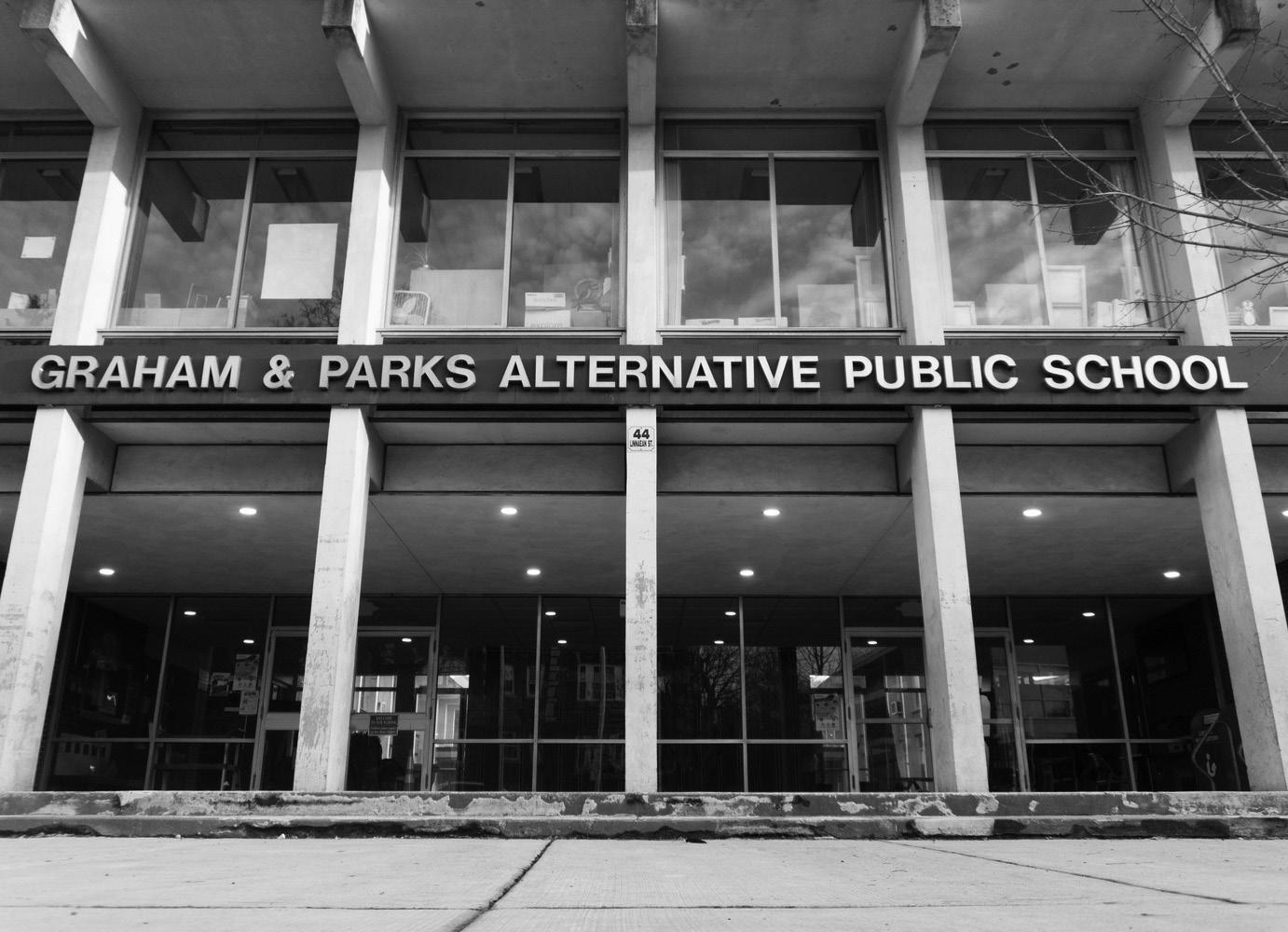
es — will stay on.
One day after the deadline for Greer to notify Smith about her contract, on April 1, CPS publicly released the individual schools’ results from climate surveys of staff, students, and parents, which at Graham & Parks depicted frustration among teachers but still a positive experience for students.
More than 100 organizers, activists, and Cambridge residents demanded an “indefinite pause” on plans to close the Democracy Center to make way for a new organization during a tense and frequently emotional meeting at the Center Monday night. For the past 22 years, the Democracy Center has housed progressive activists, artists, and nonprofits struggling to find spaces to organize in Cambridge. Now, resident organizations have three months to move out before the Foundation for Civic Leadership — the Center’s fiscal sponsor — renovates the building for a separate nonprofit, Democracy House.
Dozens of organizers — some weeping — testified about the im-
portance of the Center in their work and demanded answers from Democracy House’s interim Executive Director Sue Heilman during the meeting — the second of two community meetings about the closure. Activists also circulated a petition gathering more than 100 signatures protesting the FCL’s decision. “What FCL is doing is genuinely a trauma,” Democracy Center organizer Elijah Patterson said Monday. “You are telling many, many organizations that they have to move or stop existing.” Heilman, stoic and masked, told the crowd that the renovations have been a long time coming. In an interview with The Crimson, Heilman said that the FCL decided to begin renovations due to the growth of Democracy House — a subgroup within FCL that coordinates civic education training for students. “Now, as the Democracy
At the time, Boston Mayor Michelle Wu ’07 called it “one more moment of history between the city of Boston and Harvard” in a centuries-long relationship. The project’s second phase is now set to undergo a review process where residents and officials will be able to provide comments before the project receives final approval from the BPDA. Residents and advocates will also have the opportunity to ask Harvard to provide benefits for the area to offset the impacts of the development — benefits which could match the tens of millions promised by the University during Phase A negotiations.
In a texted statement, Cindy Marchando, chair of the Harvard Allston Task Force, said the group was “thrilled to see the LOI submitted.” She added they would work “to ensure that Harvard’s ambitious expansion not only enhances the institution but also enriches the local community.”
In its Tuesday letter, Tishman Speyer committed to adding affordable housing among the new units to be built in Phase B. They also pledged to continue developing a proposed greenway
among
in Bos-
of anonymity over fears of professional retaliation, said that they were “not surprised” at the negative responses from teachers and described the workplace environment as “tense” and “divisive.”
They said they witnessed colleagues leaving meetings with Smith crying and that after disagreeing with Smith in meetings, some teachers received worse evaluation reports or were asked to step back from leadership positions.
According to the two teachers, Smith’s contract renewal has led some teachers to begin looking for employment elsewhere — a reversal for the school that previously very little turnover, they said.
In an emailed statement, Wycoff declined to comment on criticisms of the Graham & Parks workplace environment, citing the ongoing investigation. No end date for the investigation has been announced yet.
“The purpose of the ongoing review is to investigate the concerns that have been raised,” she wrote.
would preempt the investigation and renew its contract before we have a chance to sort of let everything play out.”
However, Graham & Parks parent Isabella C. Ehrlich said a lack of data from previous years made it difficult for parents to understand whether Graham & Parks’ environment had changed drastically under Smith.
“Clearly there are problems,” Ehrlich said. “But from what I’ve heard from the teachers in the public meetings, there have been problems for a long time.”
Despite Smith hosting
CPS spokesperson Sujata Wycoff said the timing of the survey’s release was unconnected to the renewal of Smith’s contract. According to the climate survey, only 14 percent of staff members responded that Graham & Parks’s working environment was positive — the lowest favorability rating of the 12 elementary schools in the district. Still, 80 percent of students in grades 3-5 responded favorably that teachers seem to be excited about teaching classes.
House programs are getting going more, the foundation decided that it was finally time,” Heilman said in an interview.
According to Heilman, the FCL has yet to secure the necessary building permits from Cambridge, finalize a budget for the project, or decide on a contractor for construction. She said that once renovations are complete, however, community groups will be welcomed into the space.
“Our thought is that there will be offices for people who work for Democracy House, and there also would be space available for community groups to use,” she said. “Exactly which people, which staff, that isn’t all figured out yet.”
But despite Heilman’s reassurances that community groups will maintain access to the space after renovations, many activists remained unconvinced.
Kimberly Jane, director of the Show Booking Collective,
Two Graham & Parks teachers, who spoke on the condition
which has used the space since 2009, said she doesn’t believe that building improvements are the main reason for building closure.
“It just seems like they just want to get the building and start their shiny new nonprofit — kick everybody out,” Jane said. “They say it’s for renovations, but at least in the meeting it didn’t come across to me like that was the main purpose.”
“Real democracy is happening here all the time, and they want to come in with some shiny new website and I don’t understand — I don’t even get what they do,” she added.
Dara Bayer, who organized the petition as serves as co-director of the Cambridge Holistic Emergency Alternative Response Team, said that due to the high costs of rent in Cambridge, HEART — one of Cambridge’s burgeoning unarmed policing alternatives — “wouldn’t be able to
Several parent members of the Graham & Parks Caregiver Coalition — which has led the campaign to oust Smith — said that the data confirmed what they had feared: teachers were struggling, but kept the toxicity out of the classroom.
“There’s a real problem in the school building,” said Daniel S. Farbman, a parent and member of the Caregiver Coalition. “I’m deeply troubled by the fact that even seeing this data, the district
exist without the subsidized rent of the Democracy Center.” “We are facing a serious existential threat,” Bayer said. “This could mean we couldn’t exist anymore if we can’t find space.”
Claire E. Pryor ’22, a HEART volunteer and a former organizer for Fossil Fuel Divest Harvard, said that the Democracy Center provided an “essential” resource to the non-official student group, which was not allowed to use campus meeting spaces. “It was a place not only where we had this lovely, welcoming atmosphere of a place to meet, but also a place that gave me the regular opportunity to meet and interact with groups that were organizing in Cambridge, and Boston,” she said in an interview. “For me, the Democracy Center felt like

Principal’s Coffees and speaking at School Council meetings, Farbman said that neither the district nor the school has facilitated spaces for effective open dialogue, where caregivers can engage productively. He said parents, teachers, and school administrators needed spaces to have open conversations about the culture at Graham & Parks, adding that it was troubling that discussions about the school are being primarily hashed out in the press. “What a terrible way of running a building to have people sending letters to The Crimson,
a place
Farb -
Graham & Parks Principal Smith To Stay Graham & Parks Alternative Public School is located at 44 Linnean Street. FRANK S. ZHOU — CRIMSON PHOTOGRAPHER METRO 11 APRIL 19, 2024 THE HARVARD CRIMSON CAMBRIDGE SCHOOLS BY DARCY G LIN AND EMILY T. SCHWARTZ CRIMSON STAFF WRITERS darcy.lin@thecrimson.com emily.schwartz@thecrimson.com CONTRACT EXTENDED. Despite teacher disconent, Graham & Parks Principal Kathleen M. Smith will remain at the school for at least one more year.
of all places,” he said. “We are currently not in
where there are any safe spaces to engage in honest conversations with each other,”
man added.
lifeline
to
organiz-
happening in Cambridge and Boston.”
it is “im-
a small nonprofit to afford rent in Boston and Cambridge. “The closing of a space, like the Democracy Center, in my mind, is going to make it really hard for HEART and other nonprofits who are doing the work that our community desperately needs, but literally can’t afford to exist within it,” she added. One organizer for American Freedom United used her speech to address Heilman directly, urging her to change her mind. “You can reverse this, this story can continue, you can do something different,” the organizer said. “There’s another way to do this, and you can be the blueprint for something great.” Organizers, Nonprofits Protest Plans to Close Democracy Center BY SALLY E. EDWARDS AND ASHER J. MONTGOMERY CRIMSON STAFF WRITERS sally.edwards@thecrimson.com asher.montgomery@thecrimson.com Harvard filed a Letter of Intent to the Boston Planning and Development Agency for Phase B of the Enterprise Research Campus Project this week, kicking off an extensive approval and local engagement process for the final stretch of the next major addition to Harvard’s Allston expansion. Development firm Tishman Speyer submitted the letter on behalf of the University, outlining the details of Harvard’s plans to develop a million square feet of labs, offices, and housing across two residential and three life sciences buildings. The University envisions the ERC — a 36-acre, mixed-use district entirely on Harvard-owned land — as a regional hub for innovation in life sciences and technology, containing research and office space, housing, and local shops. The project’s first phase, comprising 900,000 square feet of lab, office, residential, and commercial space, broke ground this summer after Harvard and Tishman Speyer donated millions to establish an affordable housing fund and committed to making a quarter of its residential units income-restricted — a first
a real
of connection
people and
ing
Pryor also said that
possible” for
private housing projects
ton.
intended to stretch across the ERC district as a source of open space in the “long-underutilized” area. Phase B will also include ground-level and below-ground parking. In a statement, Carl J. Rodrigues, the CEO of the Harvard Allston Land Company, wrote that he looked forward to working with the city and other stakeholders “to ensure that the ERC becomes a vibrant and inclusive mixed-use community that will foster creativity, exploration, research, and culture.” Harvard’s ERC project is of an enormous scale. When Tishman Speyer secured $750 million in financing for it in mid-2023, it was the largest construction financing package in the country so far that year. The letter of intent comes amid the active development of several other Harvard projects in Allston. The ERC Phase A remains under construction, as does a separate project at 175 North Harvard St., which will relocate the American Repertory Theater and add affiliate housing. Two other buildings in Allston — 180 Western Ave and 176 Lincoln St. — on Harvard-owned land are also waiting to begin construction. Harvard Launches Lengthy Review Process for Phase B of ERC BY JACK R. TRAPANICK CRIMSON STAFF WRITER jack.trapanick@thecrimson.com Phase A of Harvard’s Enterprise Research Campus was approved in 2022. ADDISON Y. LIU — CRIMSON PHOTOGRAPHER
When Leah Samura left her job in 2019 to open a cannabis business in Harvard Square, she didn’t know it would be five years before her shop — Yamba Boutique — opened its doors.
Yamba Boutique opened Sunday on Church Street, making it the latest entrant to the Cambridge cannabis market, alongside Western Front, Herbwell, Kush Groove, Blue River, and a sister Yamba location in Central Square.
The dispensaries have opened at a time when states across the country have increasingly warmed up to legal cannabis, both answering demands from activists to reverse what they see as overbearing and discriminatory laws and hoping to take advantage of a lucrative source of tax revenue.
Since legalizing marijuana for adult recreational use in 2018, Massachusetts has seen nearly $6 billion in recreational marijuana sales. But to some, Cambridge has failed to capitalize on this momentum.
When the city first established the permitting process for the newly legalized marijuana industry in 2018, it stipulated that from September 2019 to September 2021, only “Economic Empowerment” applicants could be considered for permits. To qualify, prospective cannabis purveyors had to meet certain criteria laid out by the Massachusetts Cannabis Control Commission, such as being from an area disproportionately affected by the war or drugs or having majority Black or Latino ownership. The moratorium was extended twice — in 2021 and 2023 — and now runs until September of this year.
Many dispensary owners praised Cambridge’s progressive approach to retail cannabis permitting, recognizing it as an important way to increase minority representation in local business. But some said that the city’s policies — combined with the newness of the cannabis industry to both state and local regulators — have impeded the growth of the industry.
‘Remedying Past Wrongs’
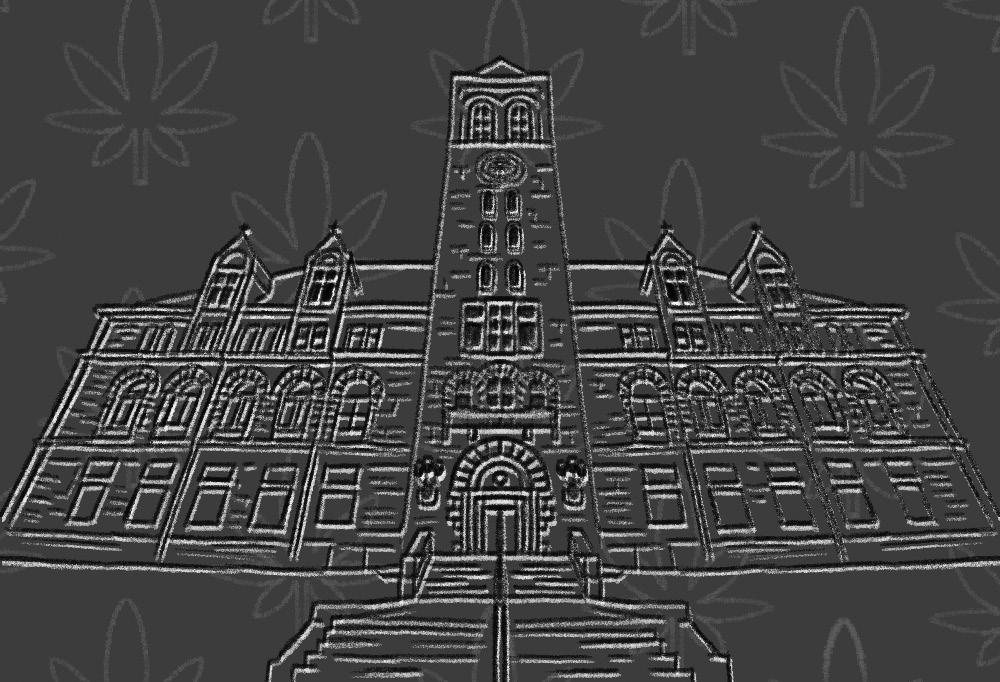
from pivoting to recreational sales, corporations that Sareena Halani said would have been hard to compete with.
Benzan explained that careful allocation of retail cannabis permits could help reimagine an industry whose illicit nature had for so long made it damaging to those involved. “The idea was to create wealth for communities of color that have been disproportionately harmed by the war on drugs,” Benzan said.
‘Winners and Losers’
Halani and his sister Sareena Halani opened Herbwell on Massachusetts Ave. last November — during what Arish called a “relatively slow” time of year for marijuana sales. However, because of the head start afforded to EE cannabis business owners, the Halanis were able to weather the slow months as they waited for business to pick up.
“The moratorium was instrumental in leveling the playing field for people like us as minority entrepreneurs,” Sareena Halani said. The moratorium on non-EE business owners prevented multistate medical marijuana retailers
When the city introduced its selective permitting process, it made clear that its goals were oriented around social justice. Its policies aimed to support minority entrepreneurs, especially those who were most sharply impacted by the war on drugs. “They were extremely forward-moving given the regulatory structures they placed to give priority and preference to the minority-owned enterprises such as ourselves,” said Herbwell Cannabis co-owner Arish Halani. Beyond enabling independent entrepreneurs to enter Cambridge’s cannabis industry, the city’s decision to prioritize EE applicants served partially to redress the harms of the war on drugs, according to Dennis Benzan, the co-owner of Western Front. “It’s a way of remedying past wrongs,” Benzan in an interview.
While many supported Cambridge’s selective cannabis permitting, some have criticized the moratorium as being too restrictive.
Sean D. Hope, a co-owner of Central Square’s Yamba Market and Harvard Square’s Yamba Boutique, said that the limited pool of potential business owners created by the EE program made it harder to raise money or find partners for a Cambridge-based cannabis business.“Because of the way these empowerment licenses are set up, you are extremely limited on raising capital, bringing in partners, doing the things that businesses need to do,” said Hope.
Hope said that the ban on nonEE applicants “made a lot of sense” when Cambridge was first handing out cannabis permits, but that now “business owners are dealing with market realities.”
“I think this is where well-intentioned government says, ‘We’re gonna pick winners and losers,’ right?” Hope said. Still, he called for the city to loosen its approach. “Just allow us the opportunity and the flexibility and let the market decide,” Hope said. “If you give someone a special license without the flexibility and options, you really created a system that’s doomed to fail,” he added.
In addition, some expressed disappointment that the selective permitting extinguished a chance to put the resources of large brands to work for independent retailers. Samura said that without the moratorium, corporations with deep pockets would have been allowed to enter the Cambridge market, creating taxable revenue that could have gone to support minority business owners. In a 2021 interview with The Crimson, she said that the exclusivity period could cost her and other cannabis entrepreneurs millions of dollars. In a recent interview, she said her stance has not changed. “I still
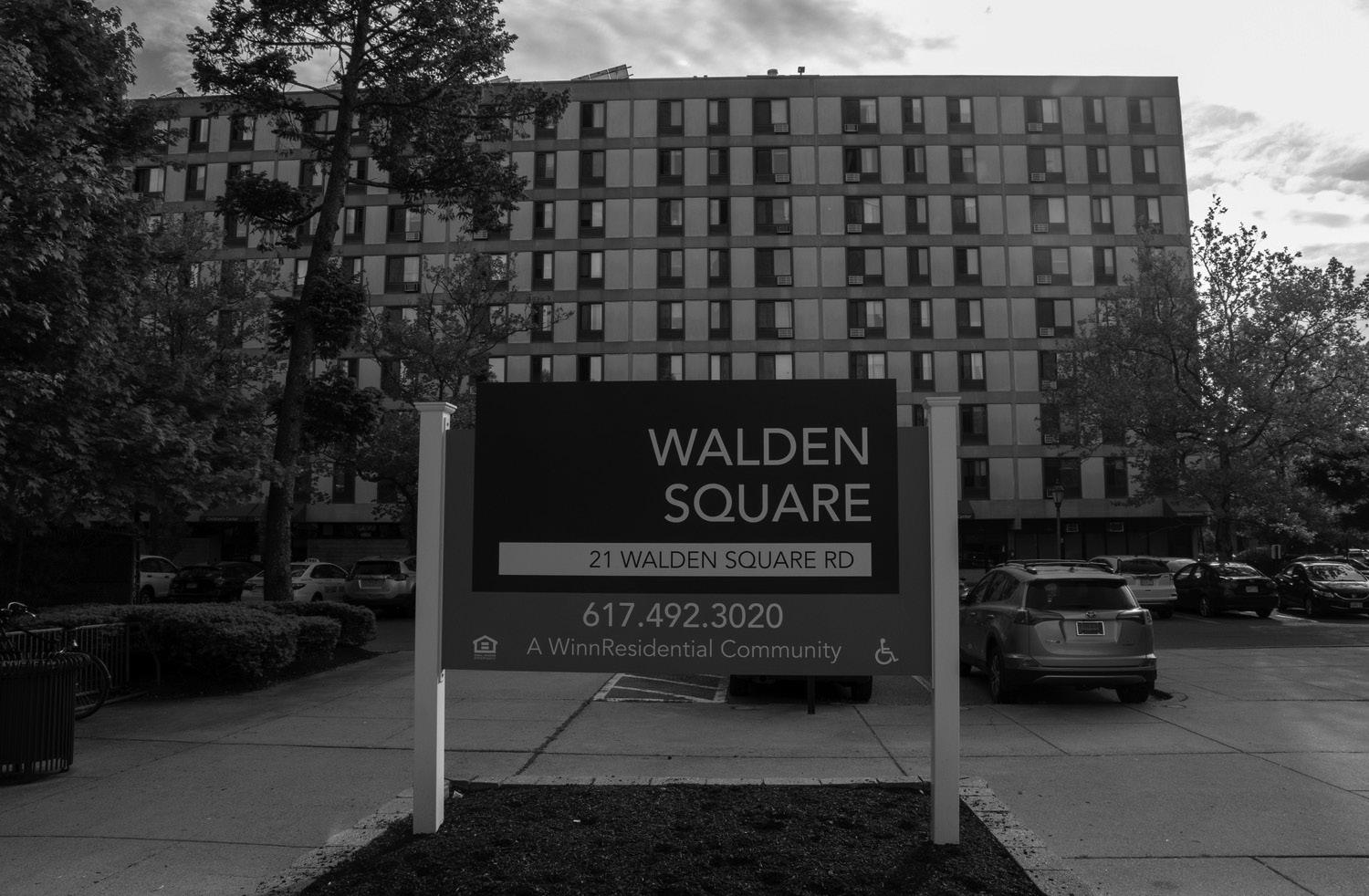
In an initial 2021 proposal, WinnDevelopment had plans to construct a nine-story building. But after Muchnik and other residents objected, WinnDevelopment revised the proposal into two smaller buildings of six and seven stories each.
Still, Muchnik’s objections to the development have persisted for a number of reasons — including diverting pedestrian traffic onto narrow paths, environmental impacts, and over-densification of the neighborhood.
“The underpass continues to be a vexing, poorly designed idea at the wrong location,” Muchnik said. “I want folks who make the city run, people who don’t have wealth, to live here.”
Muchnik’s opposition flies in the face of what many housing advocates have said is the only solution to Cambridge’s worsening affordable housing crisis: to build more.
Rebecca M. “Becca” Schofield, co-chair of housing advocacy organization A Better Cambridge, stressed the importance of building vertically to increase Cambridge’s limited housing supply in an emailed statement. “We don’t have much undeveloped land area left, so we need to
feel the same. I feel like if we would have done that…” Samura trailed off. “There’s nothing I can do about it now.”
‘We Don’t Have Millionaire Family Members’
Despite concerns, the city maintained that the moratorium provided a necessary head start for business that otherwise would have been overtaken by better-resourced companies. “The efforts to prioritize economic empowerment and social equity applicants was motivated by the understanding that, without implementing priority groups, existing companies could potentially transition or expand their businesses into cannabis retail businesses and prevent new, locally owned businesses from having a chance to succeed,” Jeremy C. Warnick, a city spokesperson, wrote in an emailed statement.
In addition to concerns about medical marijuana providers pivoting to recreational retail, some have expressed concerns that the entry of national recreational cannabis retailers could push independent operators out.One example of this came when Cookies Canna-
go vertical to create more units — which is how we meet housing demand in an equitable way,” she wrote. “Furthermore, going higher means open space can be better preserved — buildings can be narrower and taller in order to create open space for residents and the public without sacrificing unit count.”
In spite of extensive changes to WinnDevelopment’s original proposal to accommodate many of these complaints — including lowering the height of the development — Muchnik has been unwavering in his stance that the solution is to stop the development altogether. His petition encourages WinnDevelopment to “build elsewhere.” “There’s no lack of possibilities for additional public housing. So from my perspective, these build-
bis, a Los Angeles-based dispensary chain, faced pushback when its planned opening was announced in 2020. But Samura disputed the validity of these criticisms, asserting that partnering with a large brand like Cookies is often the only way a local entrepreneur can make it in the cannabis industry. “We don’t have millionaire family members,” Samura said. “I think that it’s unfair, that people want to tell other people how they should make it in the business.” Competition, she said, is simply a part of being an entrepreneur, no matter who those competitors are.“There’s a Dunkin’ Donuts here, you cross the street and there’s a Starbucks,” Samura said. “You know what I mean? It’s just the nature of businesses.” For Hope, Samura, Benzan, and the Halanis, the attempt to promote minority representation in the Cambridge cannabis industry served an important purpose. Still, they said, it had a flawed execution. “You have these artificial rules that aren’t really based on business principles, which are coming to roost,” Hope said.
Cambridge’s Weed Policy Left Some Burned CAMBRIDGE BUSINESS BY MICHAEL A. MAINES CRIMSON STAFF WRITER michael.maines@thecrimson.com METRO 12 MICHAEL HU — CRIMSON DESIGNER APRIL 19, 2024 THE HARVARD CRIMSON HIGH AND DRY. Some say Cambridge failed to fully capitalize on the momentum of legal marijuana in Massachusetts. One of Cambridge’s most vociferous opponents of high-rise affordable housing is mounting a protest against a proposal to build an additional 95 affordable units in the 240unit Walden Square Apartments. Under the city’s Affordable Housing Overlay — a policy which loosens the process for building affordable housing in Cambridge — apartment developers WinnDevelopment are in the design review process to build the 95 units across two buildings of six and seven stories each. But Cambridge filmmaker Frederico Muchnik said recently that his petition to block the construction is now nearing its goal of 1,000 signatures. Muchnik’s petition raises concerns that the “industrial, oversized slab-style housing” will jeopardize the “character of Cambridge,” advocating instead for lower affordable housing developments that match the local building style. Muchnik made preventing the Walden Square development the centerpiece of his failed run for the Cambridge City Council last year.
ings feel wedged into already a prohibitively tight and dense space that will degrade the quality of life for the people there and lead to long term quality of life issues for Walden residents as well,” he said. “This is an opportunity that a private developer is taking to collect city, state, and federal funds in the name of public housing to develop property and own it and then reap the benefits to rental income over X number of years,” Muchnik added. Schofield wrote that Muchnik’s campaign was an example of perennial efforts from Cambridge residents which would limit the amount of affordable housing available to low-income households. “There will always be neighborhood opposition from folks who already have secure housing and like the way their neighborhood is — but this position is typically exclusionary and limits housing options for lower-income families who need it,” Schofield wrote. Still, Muchnik insisted that his position was not exclusionary, writing in a text message that the development itself would exclude low-income and immigrant residents living in the area who “have no say in this.” His proposal, he said in an interview, “is not about reducing, tempering, or diminishing the amount of low-income people,” which he said will “continue to grow — development or no development — at Walden Square for reasons having to do with culture, focus on family.” Ed Cafasso, a spokesperson for WinnDevelopment wrote in an email that many current residents of the Walden Square Apartments have expressed a desire to move into the new units once they become available. There are currently 1,128 families on the waitlist, according to the webpage for the development.
A prominent opponent of high-rise affordable housing has mounted a growing protest against a proposal to build more affordable units in the Walden Square Apartments. JULIAN J. GIORDANO — CRIMSON PHOTOGRAPHER BY JADE LOZADA AND LAUREL M. SHUGART CRIMSON STAFF WRITERS jade.lozada@thecrimson.com laurel.shugart@thecrimson.com
Filmmaker Mounts Protest Against Walden Affordable Development
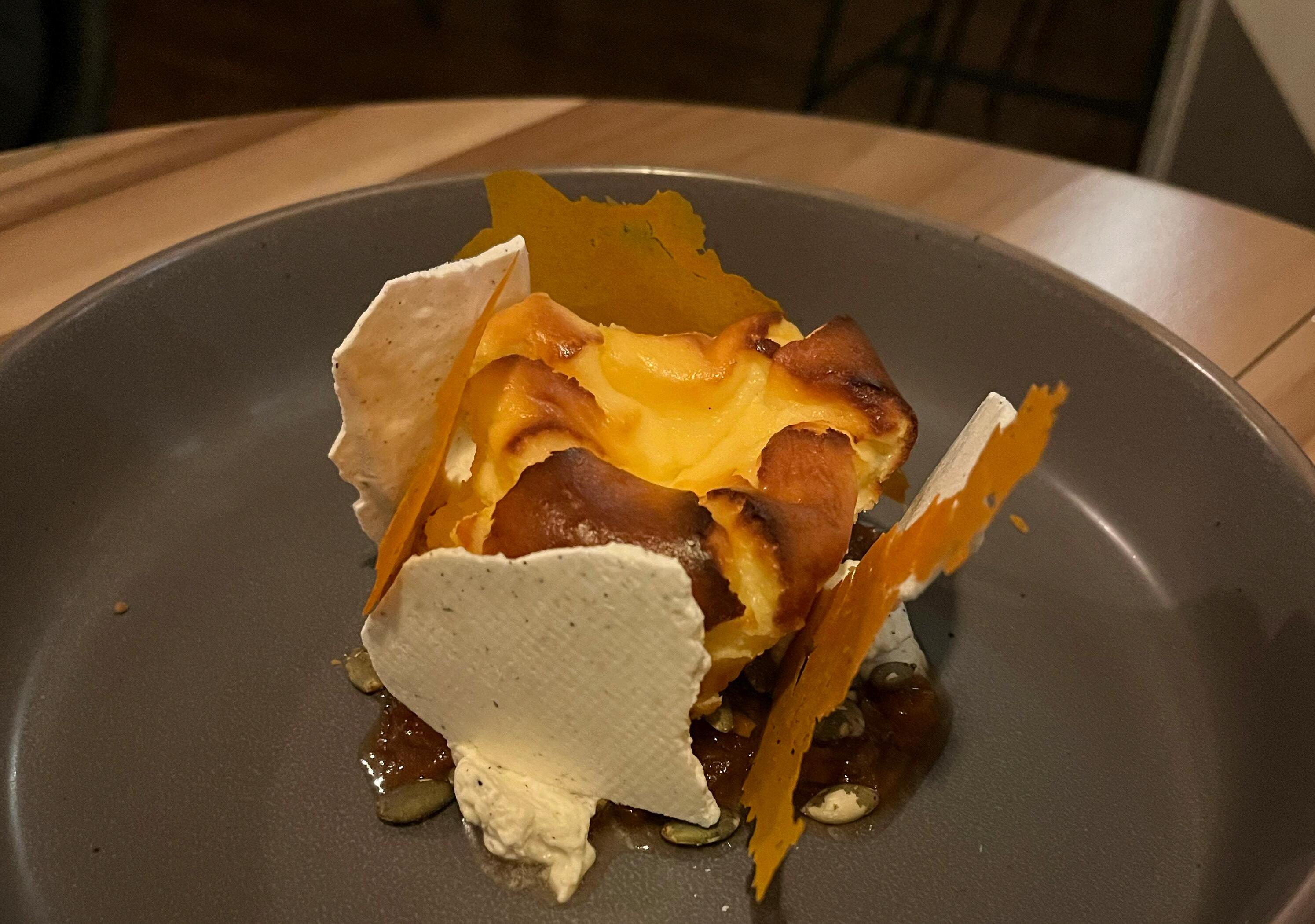
At first glance, Urban Hearth is a modest, unassuming restaurant. Settled in the outskirts of Porter Square, the cozy, living room-like space offers a homey respite from the brisk spring streets of Cambridge. Inside, diners are greeted with an intimate vibe created by warm lighting, a bluish-gray color palette, and various tones of wood. Windows sparkle with white curtains of fairy lights, and the colorful labels of artistically arranged wine bottles draw diners’ eyes. The restaurant’s core farmto-table values are present in its minimalist and elegant atmosphere. Urban Hearth practices an open kitchen concept, so diners can easily watch the two young chefs tend to the sizzling pans on the stove. The space is easygoing, almost as if diners are attending a dinner party at someone’s apartment. It’s not lavish or intense. Amid a quiet buzz of conversation, time seems to pass slowly. But like many things in life, slowing down comes at a price — and Urban Hearth is no different. While the ingredients are high-quality, the price of dining at Urban Hearth certainly reminds you that organic is a luxury — and not necessarily one worth indulging in. The ingredients’ freshness felt like an excuse for a relative lack of complexity in flavor, and the dishes, while satisfactory, were nothing special or adventurous. The food, like the restaurant itself, exudes a sense of elevation. While the ingredients’ quality gives each dish an incredibly fresh taste, the flavors lacked a certain creative depth and complexity. First up were the “smackerals” — Urban Hearth’s lingo for appetizers — which arrived in a timely fashion, starting with oysters nestled on a setting of smooth stones. The dish’s freshness and minimalism emphasized the delectable simplicity of nature, reminding diners of what even a few ingredients and bare presentation connected to the earth can achieve amid an age of ultra-processed foods. A buttermilk biscuit was the next entrant,
arriving to the table on a sea-blue plate with a dash of smoked maple miso butter. While warm and comforting, the biscuit was quite dense, and the butter lacked enough maple to counterbalance the miso’s saltiness. At its price point — nearly twice the average price of pastries and baked goods in local bakeries — the biscuit is not as satisfying as its counterparts, such as Russell House Tavern’s own version of a buttermilk biscuit.
Moving on to the main course, the parsnip and cacio e pepe rigatoni was a conflicting dish in terms of both artistry and flavor.
The dish arrived with its components clumped atop one another in a way that toed a confusing middle ground between the intentional and the haphazard, forming a crescent shape with an odd, empty spot in the shallow bowl. Mustard seeds were clustered on top of the rigatoni, broccolini, and wild mushrooms, but these clusters resulted in a condensed flavor. Overall, the dish’s flavors were too sharp and specific to individual ingredients, which — while admirable for the mission of a farm-to-table restaurant in highlighting the strengths
of particular vegetables — resulted in a disjointed and ultimately disappointing tasting experience.
Although the mushrooms’ aesthetics were impressive due to their sear, they exhibited an intense, sour flavor that became overpowering. The cacio e pepe flavor in the pasta was too weak, and the pasta itself was tough and starchy. The broccolini, however, was the highlight of the dish, roasted to a satisfying crunch and balancing out the sharper flavors nicely. The parmesan cheese was also a stunner, serving a perfect nutty hint. This dish could be a captivating way for even meat lovers to better appreciate the potential of specific vegetables, but overwhelming and unbalanced flavors ultimately hindered its reception. Lastly, the Basque cheesecake was a visually striking dish — highly artistic, with a balance of white and orange colors. Surprisingly, the highlight of the dish was not the pillowy cheesecake in the center itself, but the crunchy creations framing its sides: miso pumpkin tuile and a delightful meringue, polished off like chips. The cheesecake’s
flavor
lay in its neighboring constituents of a grapefruit and rosemary marmalade and whole pumpkin seeds, which paired nicely and created a delicate symphony of flavors in each bite. The marmalade was especially refreshing, and this dish was easily the favorite of the courses, its beautiful display lasting in one’s mind even long after the final bite was scraped clean. Urban Hearth upholds its farm-to-table promise, yet for a restaurant of such a high price point, freshness should be the baseline. The luxury cultivated by the atmosphere and presentation ultimately fell flat in comparison to the food’s flavor, which failed to deliver a similarly spectacular palate. While there are lessons to be learned from taking the time to savor the possibilities of fresh and local produce, the expense required to do so at
Style” music video is also featured, giving viewers a brief glimpse of the clothes on view deeper within the galleries. The first room of the exhibition is dedicated to sharing the history of South Korea. An assortment of photographs from the Korean War and objects — such as a map showing the division of the Korean peninsula along the 38th parallel — illustrates the familiar divide that today separates North and South Korea. The room also has several panels of text detailing the significant role Major General Park Chung-hee played in growing South Korea’s economy after the Korean War, particularly by supporting technology chaebols — or family-owned conglomerates — like Samsung, LG, and Hyundai. While this informa-
tion is helpful in understanding the history of South Korea’s commercialization, these text-heavy panels distract from the experience of simply enjoying the historical and technological artifacts on display, such as an early radio. Moreover, the room details over 40 years of South Korean history, slightly overwhelming visitors with information. The next room, which forgoes the continuity of chaebol narrative, leaps about 30 years in time to showcase a collection of outfits worn by K-pop idols in their music videos. Most notable are the costumes from the music video “Next Level” by aespa — a prominent, futuristic Korean girl group that focuses on the integration of technology in their music videos with virtual avatars. An assortment of music videos by K-pop artists are projected in the background, enhancing the experience of viewers who are mesmerized by the costumes’ extravagance.
Several smaller exhibits are attached to the larger room full of K-pop outfits. Two of these are also filled with more clothes. One room displays hanboks — traditional Korean attire — while the other presents the ways in which Korean fashion today has incorporated aspects of traditional clothing. For instance, the exhibition features a tracksuit made in a 2019 collaboration between Adidas and Ji Won Choi — a Seoul-born, Oklahoma-raised, and London-based fashion designer. The exhibit dedicated to the rise of Korean beauty through skincare and makeup is a necessary added touch, contributing to the overall narrative of South Korea as a global and cultural superpower. A 10-step guide to a Korean skincare routine with accompanying products is also on display, allowing viewers to understand not merely the process of a skincare routine, but also the popularization of cer-
tain Korean skincare products abroad. It is particularly interesting that very recent products from brands such as Sulwhasoo and Innisfree are exhibited, as one would imagine that museums would not showcase items that are readily available for purchase. Perhaps the most intriguing room is dedicated to Korean cinema. Since many films, such as “Minari,” pay homage to the Korean diaspora, it was refreshing to move away from the glitz and glam of South Korean culture to highlight film stills of Korean families immigrating to the U.S. from the 1970s to 1990s. This portion of the exhibit also includes a recreation of the bathroom set from the Oscar award-winning film “Parasite,” a powerful movie that comments on
restaurant
not redeemed by its culinary execution. Urban Hearth Review: The Price of Slowing Down CULTURE The Basque cheesecake at Urban Hearth in Cambridge. COURTESY OF JULIET BU AND JACKIE CHEN. BY JULIET BU AND JACKIE CHEN CONTRIBUTING WRITERS THE HARVARD CRIMSON ARTS 13 APRIL 19, 2024 Celebrating the tremendous growth of the South Korean entertainment industry, “Hallyu! The Korean Wave” recently opened its doors at the Museum of Fine Arts, Boston on March 24. This special exhibition touches on a variety of aspects of South Korean culture and history, including the Korean War in the 1950s and the global spread of Korean popular music and media. Composed of approximately 250 objects ranging from posters of the 1988 Seoul Olympics to costumes of K-pop idols, “Hallyu! The Korean Wave” does not fail to captivate viewers with its wide array of displayed memorabilia. Before entering the main exhibit galleries, visitors are first greeted by 17 unique screens displaying a combination of the exhibition’s name and clips from Psy’s “Gangnam Style.” This choice is fitting, as this song’s release is considered one of the defining moments of the globalization of Korean pop culture. A light pink suit from the “Gangnam
this
is
the dichotomy between the rich and poor in modern-day South Korea. While “Hallyu! The Korean Wave” features a myriad of aspects of Korean culture — including K-pop, Korean beauty, fashion, cinema, and K-drama — one facet is noticeably absent: Korean video games. The gaming industry in Korea is the fourth largest market in the world for video games, so it is surprising that there is no mention of popular video games developed by Koreans — or even PC bangs, businesses also known as Korean internet cafés. Overall, “Hallyu! The Korean Wave” at the MFA Boston is still a great entry point into illuminating the growth of the South Korean entertainment industry. With technology at its center, viewers of this exhibition are sure to walk away with a greater understanding of the unique aspects of contemporary Korean culture that have been popularized all over the globe. “Hallyu! The Korean Wave” is on view at the MFA Boston until July 28. ‘Hallyu! The Korean Wave’ Review: A Glimpse into K-Culture BY ALLISON S. PARK CRIMSON STAFF WRITER allison.park@thecrimson.com 3 STARS
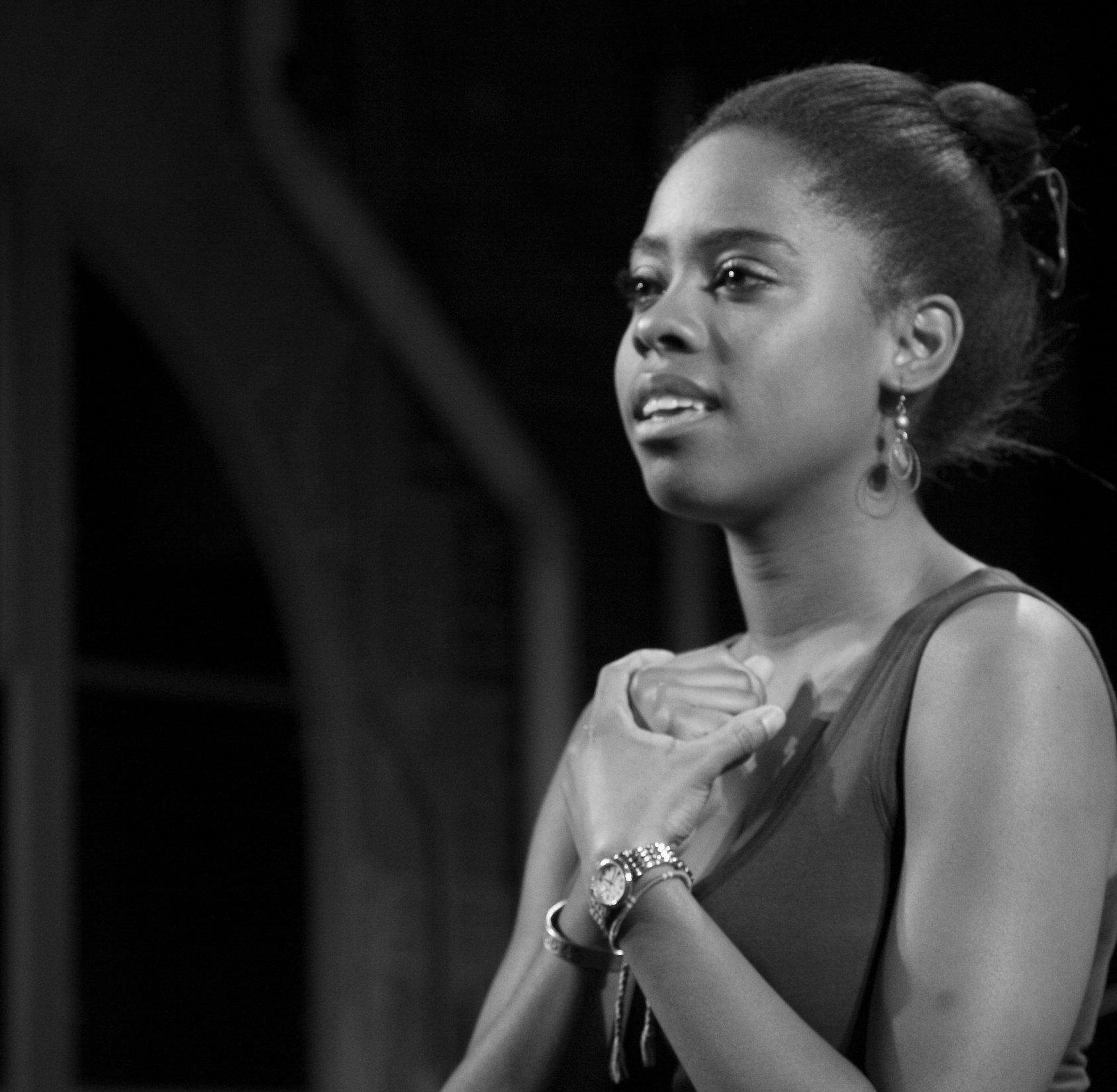
What do Harvard and Broadway have in common? According to Kim A. Onah ’15, imposter syndrome. “You just feel like you’re never good enough,” Onah said while laughing in an interview with The Harvard Crimson. To be fair, one would hardly call Onah an imposter — she made her Broadway debut in the joyous “& Juliet” last year, and she has just opened “The Notebook: The Musical” at Broadway’s Schoenfeld Theatre. Beyond Broadway, Onah boasts a string of acting credits that include “Guys and Dolls,” “All Shook Up,” and “Dreaming Zenzile.” As a native of Staten Island, Onah’s love for theater first began when her parents brought her to the original Broadway production of “Aida,” which
starred Heather Headley as the titular character. “I was just so captivated by Heather and her talent, and the fact that it was a story about a Black woman, and she was the title character,” Onah said. Headley went on to win a Tony Award for her performance in “Aida,” and Onah immersed herself in the world of theater. As an undergraduate at Harvard, she was part of the a capella group the Harvard Callbacks and was deeply involved in the theater scene, performing in numerous campus productions throughout her four years on campus. But her favorite show remains her first foray into theater at Harvard, a production of “Spring Awakening.” in which she played Martha. The show was staged at OBERON, the former second stage of the American Repertory Theater, which Onah described as “an experimental space” that lent itself to theatrical innovation.
“The Marrow Thieves” by Cherie Dimaline
by
to
on
of
-
-
but there is still much more work to be done. However, recent pushes from Indigenous authors have created a new era of positive representation and visibility in fiction. Indigenous culture is more than a history of pain — it’s a tapestry of powerful stories, spiritual connection to nature, and new ways of looking at the world. The Indigenous writers of today are changing the narrative of what it means to be Indigenous by celebrating the beauty of our culture and uplifting Indigenous identities. By diving into the following stories, readers can explore the way that Indigenous people view the world.
This young adult novel takes a new turn on the traditional dystopian trope: In a world destroyed by global warming, the remaining population has lost the ability to dream — except Indigenous people. This ability stems from Indigenous people’s bone marrow. As a result, the Indigenous population is often forced to donate their marrow, even if the consequence is death. The novel combines the exploitation of Indigenous communities with a unique dystopian world to create an impactful representation of systemic abuse.
“Elatsoe” by Darcie Little Badger and illustrated by Rovina Cai
In this novel, America resembles the one known today, but it is infused with fantasy. The protagonist, Elatsoe, has the ability to
“It just felt like we were doing something really different and cool and edgy,” Onah said. This desire to take risks and try new things serves as an apt prelude to Onah’s decision to pursue acting professionally after college, despite her parents’ reservations — something that she cheekily acknowledges on her website’s introduction, which reads: “Despite her parents’ best efforts to persuade her, Kim still isn’t getting a Computer Science degree or pursuing a consistently lucrative career.” In fact, Onah did work at a start-up right out of college at her parents’ behest, even as she did regional theater in the greater Boston area.
“I think I was doing that because I wanted to make my parents happy, and after a year of doing that, I realized it was not what I wanted to do,” Onah said. “So I moved to New York and just dug in deep.” Onah’s leap of faith paid off. Even so, she is careful not to
raise animals from the dead, a common gift passed down in her family. When her cousin dies under suspicious circumstances, Elatsoe goes through a winding tale of mystery. Through magic, monsters, and other supernatural characters, both evil and good forces come into play. The novel was included in Time’s collection of the 100 Best Fantasy Books of All Time and is a gripping tale that centers indigenous voices.
“Walking in Two Worlds” by Wab Kinew
An indigenous teenager is pulled between two worlds, one virtual and one real. While in the real world, the main character, Bugz, is a reserved teenager — but in her virtual realm, she takes on a fearless alter-ego. The novel moves through her journey of navigating these two worlds and the relationships that exist in both. Through the lens of a world heavily influenced by virtual reality, Kinew conveys the strug-
romanticize her journey from Harvard theater to Broadway, instead observing that the transitions were challenging at times, and understandably so — it’s hard to go from performing as a hobby to performing as a way to make a living. “You feel the pressures of the industry, and you feel the pressure of the job,” Onah said.
Despite this uncertainty, she described the shift as an “exciting” one, for it was something that Onah, like most other actresses, could only dream of doing. When asked to recount her Broadway debut as Juliet in “& Juliet” last year, Onah said bluntly, “It was scary! And I kind of blacked out.” Nevertheless, Onah’s Broadway debut was a smashing success, and her joy as a performer radiates from the stage. She chalks this up to the extensive preparation she takes when rehearsing for a role, including making lists to understand her character’s motivations and booking voice
gle between anxiety and self-confidence through an Indigenous character.
“There There” by Tommy Orange
“There There” is equal parts mesmerizing and moving. This book was Orange’s breakout novel and immediately catapulted him into the national spotlight, as the book was a finalist for the 2019 Pulitzer Prize and received countless other awards. This elegantly written and powerful piece tells the story of 12 different Indigenous characters from different communities. Their interwoven stories question identity, specifically urban Indigenous identity, and reconfigure what belonging can look like.
“Sabrina & Corina” by Kali Fajardo-Anstine
This collection of short stories highlights Latina characters of Indigenous ancestry and the gen-
lessons on her own. But for Onah, happiness is not defined solely by theater. Rather, it’s about finding the joy in whatever one chooses to pursue. “It’s so important to have something that you’re doing outside of work that is not tied to you and is not tied to a financial or professional output,” Onah said. This rings true especially for those working in creative fields, where it is all too easy to burn out even as one pursues a dream. “Because we do theater, we think that, ‘Oh, we’re creating art. This is going to be so fulfilling every single day,’” Onah said. “And that’s just not true.” The perspective that Onah brings in her pursuit of theater is refreshingly honest, and as she continues to chase her
erational bonds that connect them. Set against the backdrop of Colorado, Fajardo-Anstine depicts a varied cast of strong female characters who deal with discrimination, addiction, poverty, and displacement. She masterfully tackles feminism, indigeneity, and the intersection of the two.
“Where the Dead Sit Talking” by Brandon Hobson
In
dreams with maturity and grace, one thing is for certain — Kim Onah is the real deal. Kim A. Onah ’15 on Broadway and the Joy of Performing APRIL 19, 2024 THE HARVARD CRIMSON ARTS 14 ARTIST PROFILE Many aspects of Indigenous history
are colored
dark, his
torical truths. The world is be
ginning
shine a light
the underrepresented history
Indigenous peoples,
this excellently crafted and deeply emotional coming-ofage story, the main character, Sequoyah, is placed in foster care after the arrest of his mother. The book’s characters are extremely complex, and Hobson achieves a heartbreaking honesty that shines a light on hard truths in American society. Hobson’s Indigenous protagonist also grapples with gender identity, further underscoring historically marginalized voices and their intersections. “To Shape a Dragon’s Breath” by Moniquill Blackgoose This novel follows the character Anequs, who bonds with a dragon hatchling, setting in motion a revival of dragons in her community on the island of Masquapaug. However, the “Anglish” settlers label her as unfit to care for such a mysterious and valuable animal, and they send her to a school that they deem more suitable. The story showcases Anequs’s coming of age and growth into her power. Blackgoose adds an exciting layer to this book through her inventive and unique world building without losing the impact of the social issues she addresses. Through the historical parallels of Anequs’s forced education and the settler ideals of the Anglish to residential schools and colonization, Blackgoose delivers a captivating story and powerful message about assimilation through the lens of a mystical world. BY ANGELINA X. NG CRIMSON STAFF WRITER BY AVA E. SILVA CRIMSON STAFF WRITER angelina.ng@thecrimson.com Kim A. Onah ‘15 is an actress who recently made her Broadway debut in “& Juliet.” COURTESY OF SUSANNA BELLE WOK So You Want to Read Indigenous Fiction ava.silva@thecrimson.com
Wnotebook in mine. We emerged into the CES’s Venetian courtyard under strict orders not to look up. We joined many others who’d abandoned their desks in favor of the lightshow. The air slowly chilled, and in it was anticipation, the promise of spectacle. A fountain poured into earth green water.
Jasanoff is the Coolidge Professor of History at Harvard. Her research has taken her from the city of Calcutta to the worlds of Joseph Conrad; she interests herself in subjects as varied as the workings of the British Empire and our obsession with ancestry. In May 2023, Jasanoff published an essay in the New Yorker with the title “The History of Nepo Babies is the History of Humanity.” She followed a temporal thread from Alexander the Great to Donald Trump, always arriving at the same place: generational succession. One conspicuous absence loomed over the piece: Jasanoff’s own family line. Jasanoff is the daughter of Sheila S. Jasanoff ’64, Pforzheimer Professor of Science and Technology Studies at the Harvard Kennedy School, and Jay H. Jasanoff ’63, Diebold Professor of Indo-European Linguistics and Philology at Harvard University. Jasanoff’s childhood was spent around Cornell, where her parents both taught. Her brother, Alan Jasanoff ’92, is a Professor of Biological Engineering, Brain and Cognitive Sciences, Nuclear Science and Engineering at MIT. Their extended family includes two other academics. As the moon quickened across the sun, this is where Jasanoff and I began.
“Do you attribute certain things about you to having grown up in the company of so many academics?”
“I would say that there is a lifestyle associated with it. “It’s a job that gives you enormous freedom in many respects, including over your own time. It’s a job that prioritizes intellectual discovery. I was raised in that milieu. I think –– for a whole bunch of reasons, some of them socioeconomic, some of them intellectual and cultural –– you find disproportionate numbers of children of academics in academia. “When I came to Harvard as an undergraduate –– then as now — a very high percentage of my classmates, particularly the high achieving ones, were drawn off into, say, banking or consulting. I understand why people may choose those kinds of professions, but I came from a background in which control over what I thought and how I spent my time was more important and definitely more valorized than the type of paycheck that I took home.”
As we spoke, we exchanged glances towards each other and towards the sun –– its crescent shrinking into the darkness brought on by our glasses. The relative size of the sun was a time keeper.
“Was there any kind of expectation that you might follow in their footsteps, too, and become an academic?”
“When I was younger, I was very drawn to the arts and journalism. Professions of that kind are just incredibly difficult to keep yourself going, particularly if you don’t have wealth, connections, etc.
“Getting scholarships to go to
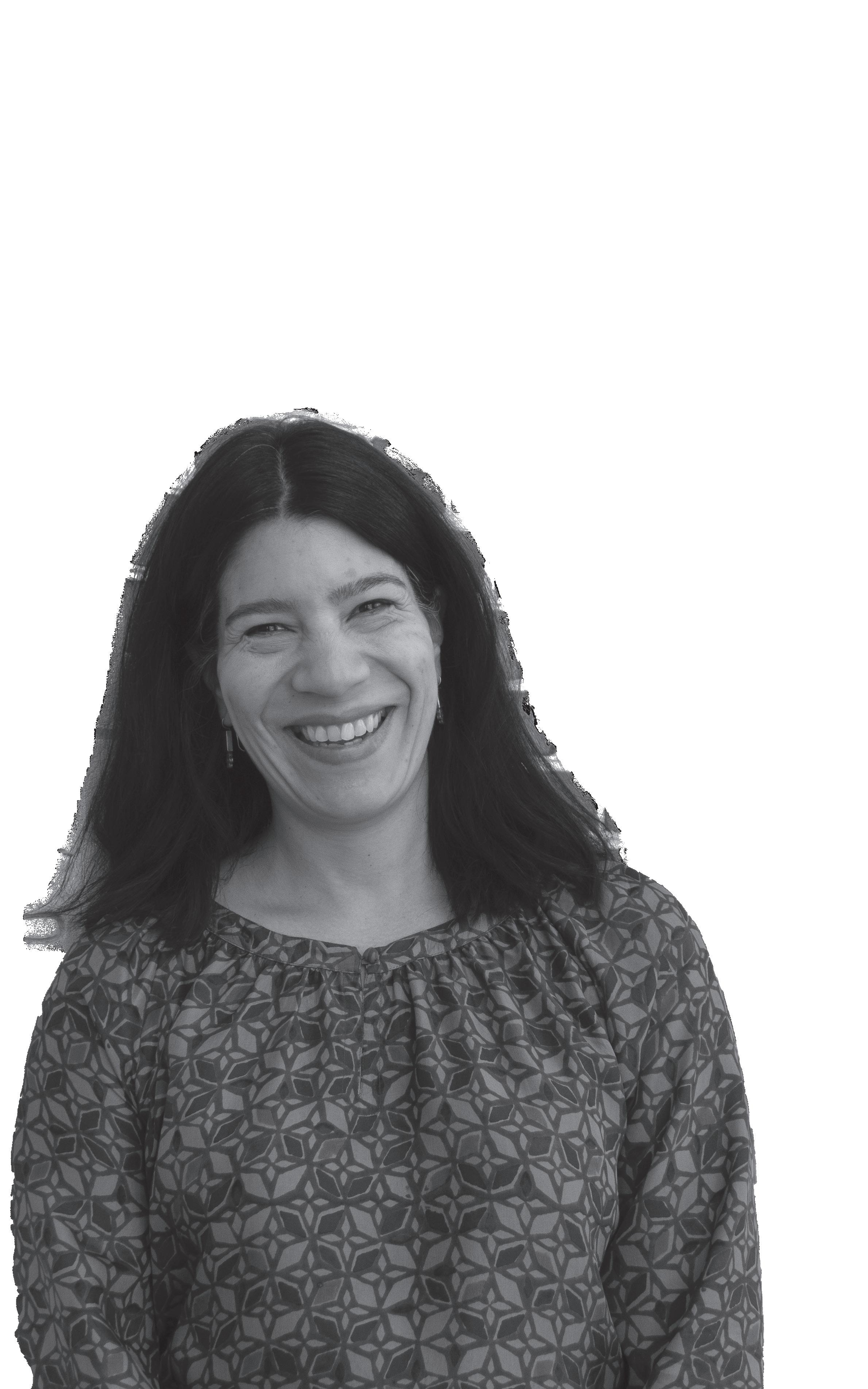
We did spend time living in Britain, partly with academic connections. And I read British literature enormously. I do think all these things came together. And being from a family in which my mother is Indian, my father’s Jewish, his mother being an immigrant, the feeling of connection to an American historical story was nowhere near as strong in my own family as the sense that histories are connect-
“Why study the British Empire from the U.S.?”
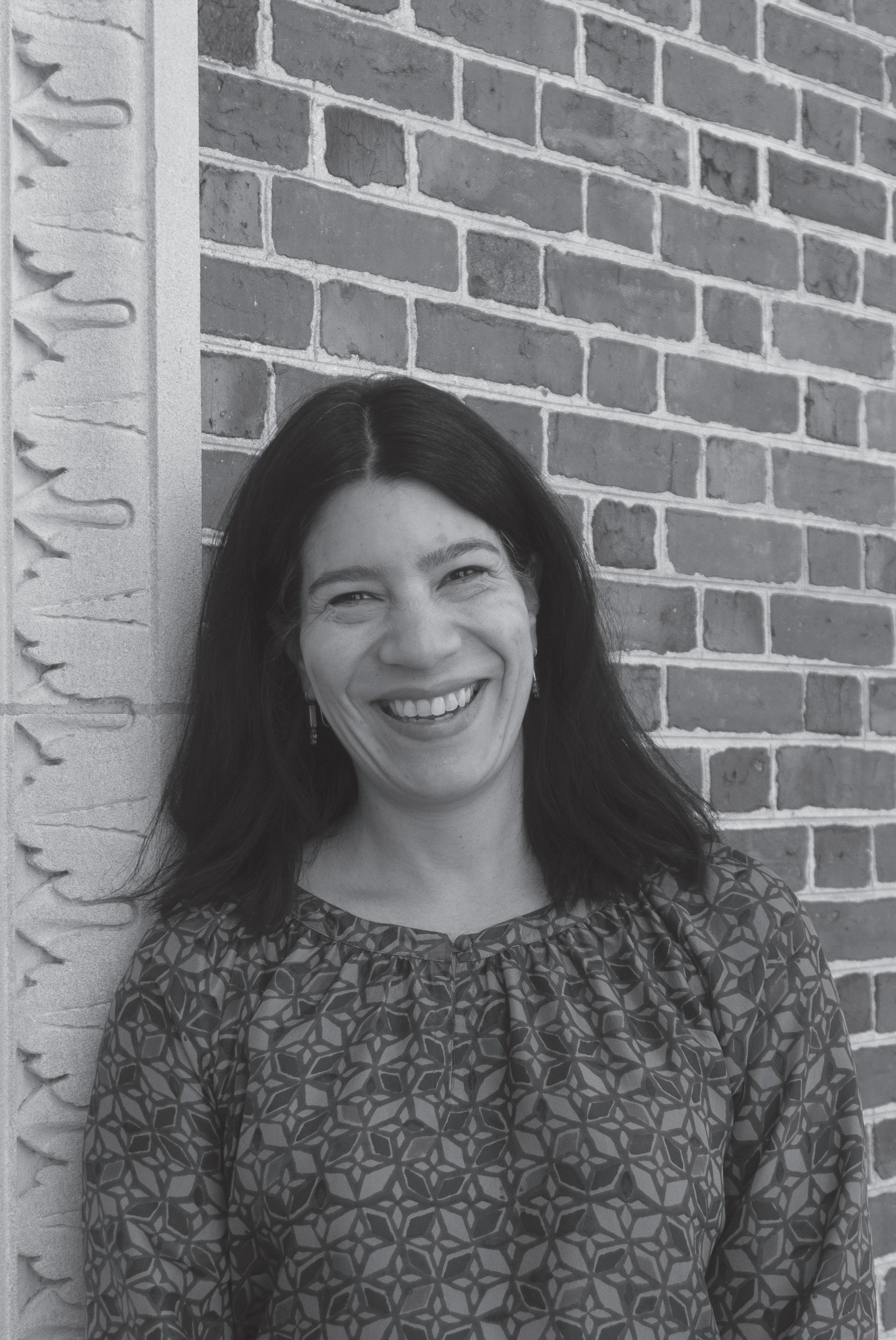
graduate study was a great way to keep on pursuing ideas. “My parents certainly never explicitly said that they had views about what we [she and her brother] should do. “It’s hard to separate nature and nurture.
“As early as I can remember, I was drawn to thinking about how things got to be the way they are, I was drawn to literature, I liked to read, I liked to write. Obviously, this was all enhanced and supported. If I had demonstrated, for example, great gifts in athletics, maybe it would have been a different story for me.” The trees began to sway and the bushes gently rustled as a breeze came over the courtyard. The wind was from subzero; it was its rapidity that altered us to it. The shadows lost their strength.
“Was it always journalism you wrote? Did you ever write fiction, or poetry, of your own?”
“Not really. One of the things that I did, which my parents definitely did make us do and which in retrospect I’m glad about, is keep travel journals. I should add, when I was growing up, my mother had a very tenuous job for a lot of the time. Today, the tenured professor at the private university is quite well compen-
sated. I think it was different in the ’70s and ’80s. We were not traveling in any kind of glamorous way. But we did travel a lot in the summers because my parents were doing academic research and would take us with them. They had us write journals. So I have a full run of travel journals from the age of five.”
“Would you work through them and try to make something of them?”
Laughing, Jasanoff says, “I don’t think they repay a lot of reading! But I did actually, during the pandemic, sit down and go through a lot of them because I was thinking about writing an essay about what it’s like to be in the room with 40 years of travel journals on the shelf and be not really able to go anywhere. So I did go through them, and I made some notes. I never ended up writing the essay, but someday, probably, I’ll write something.”
In some way, I thought she already had. In November 2013, Jasanoff boarded a container ship and took a passage to Britain, departing from Hong Kong via the Suez Canal. The writer she was emulating was the subject of her 2017 book “The Dawn Watch: Joseph Conrad in a Globalized World.” “When I saw the itinerary of Christophe Colomb today,” she wrote, “I saw a track
that Conrad had often followed and wrote about in his fiction.”
“Who were the other writers who were important to you growing up?”
“I was totally into the Brontës as a young teenager. Younger than that, Dickens made an impression. My mother would read
“There’s been a huge amount of imperial amnesia in Britain over the last couple of generations. In fact, it was only in the ’90s that historians in Britain and indeed historians of Britain began to integrate the histories of Britain with the history of empire. In the U.K., to this day –– although there has been a lot more written about imperial history than there was 20 or 30 years ago ––the public discourse on empire continues to be pretty impover-
“Every year, for example, students from the U.K. taking my course here at Harvard pretty much uniformly say that in high school what they were exposed to was the history of the Tudors, and the history of World War Two, and virtually nothing in
“The other thing I would say, though, about studying the British Empire from the United States is that since the ’40s, it’s been obvious that the U.S. has taken over the role of leading global hegemon, especially since the collapse of the Soviet Union. So to be looking at the contours of one global power from the heart of another global power makes a lot of sense.” Here we stopped, lifted our glasses once again, and turned our eyes to the sky. I joked that
When I was younger, I was very drawn to the arts and journalism. Professions of that kind are just incredibly difficult to keep yourself
we assumed that we were seeing the same thing. Our sense of wonder, though, seemed to
“There’s Marx’s much-quoted idea: ‘The philosophers have only interpreted the world, in various ways. The point, however, is to change it.’ When you think comparatively between Britain and the U.S., are you using history as a way of acting on or disrupting the present? Or is it a more descriptive exercise?”
“I’m not a politician or a pundit. What I have to offer is historical knowledge, and the experience of having worked a lot on questions of linkages through time. “Even when I’m writing about the present, that’s the value added. There’s nothing like being a scholar to realize the limits of your knowledge. “I would say that my ability to opine with particular expertise on aspects of America’s power in the world is less, by definition, than my power to opine with expertise on Britain’s position in the world. But I definitely, not least as a citizen of this country, feel an obligation to call attention to parallels.”
sazi.bongwe@thecrimson.com
a lot of Dickens aloud to us. Then I discovered the modernists when I was about 15, 16, and like every one of my basic demographic profile I got very into Virginia Woolf.” Only a slither of the sun’s light remained; we were creeping as close to totality as we would come. “Thomas Hardy, Joyce; of course, I read a lot of Forster, Woolf. Some continental Europeans as well.” “Many Brits. Was the literature part of why your interests came to gather around the British Empire?” “My mother was born a subject of the British Empire. My grandparents too, of course. We traveled to India periodically. And I saw the legacies of colonialism, in a perverse way. I would be in Calcutta with my Indian family on streets named after Shakespeare. “So I was curious about that. FIFTEEN QUESTIONS 15 APRIL 19, 2024 THE HARVARD CRIMSON Fifteen Minutes is the magazine of The Harvard Crimson. To read the full interview and other longform pieces, visit THECRIMSON.COM/ MAGAZINE FM
e set our date at random. From three weeks away, Monday looked like Tuesday, Tuesday like Thursday –– 3 p.m. commonly open. “Perhaps Monday the 8th at 3 p.m?” I asked, without any evident reason. “Perfect.” What I admired in Maya R. Jasanoff ’96’s magazine writing, I found in her person: She is sharp and cerebral without being aloof, assertive yet not abrasive, lucid and ever light. On a day when the temperature descended as rapidly as the skies darkened, she wore a warm smile. We met on the fourth floor of the Center for European Studies, in her street-facing office, but I hardly caught a glimpse of it. Before I was in, we were out, in a rush, cardboard-rimmed glasses in her hand and a spiral-bound
MATTHEW S. ALLANA — CRIMSON PHOTOGRAPHER
With the Ivy League tournament only a few weeks away, the Harvard baseball team (8-20, 5-7 Ivy) traveled to New Jersey for a critical series against the Princeton Tigers (1019, 6-6). With its sights set on its first Ivy League series win of the season, the team split the Saturday doubleheader and then blew out the Tigers in the decider, taking two of three on the weekend. “We really needed a winning series going into that series against Princeton, a lot of good things needed to happen,” sophomore infielder Jordan Kang said. “We just did our part, hitters produced, all in all a great weekend series for us. Hopefully we can build off of that.”
After struggling mightily out of the gate in the preseason and then dropping its first three conference series to Columbia, Brown, and Cornell — all three of the series losses coming from rubber-match defeats after splitting the first two games — the Crimson looks like it is finally finding its groove. With a 10-3 win against the UMass Minutemen in the third-place game of the Baseball Beanpot last week, the series win against the Tigers, and a midweek barnstormer victory over Stonehill College on Tuesday, Harvard has won four of its last five. While Harvard stills sits in the cellar of the Ancient Eight, with Brown (8-21, 3-9) the only team below it in the standings, it will have a chance to dig its way out with series against rivals Dartmouth (10-17, 5-7), Penn (14-18, 6-6), and Yale (12-17, 6-6) over the next three weekends. The top four teams in the conference will earn spots in the second annual Ivy tournament.
Key to the Crimson’s midseason revival have been the development of sophomore Callan Fang, the budding two-way star who has struck out double-digit batters in two of his last three outings, and the continued dominance of senior designated hitter Ben Rounds. The Roxbury Latin product has 13 multi-hit games and sports an astounding .400/.500/.655 line 30 games into the season. The senior has steadily led the Crimson’s lineup through its early-season ups and downs.
“Playing relaxed ball, playing the game we’ve been playing, playing for one another,” said Kang, when asked how the Crimson can keep its streak of recent success going. “Something we’ve been buying in on is why not us and why not me. We obviously want to win, so we’ll keep doing our thing, and hopefully the results will follow.”
Harvard 3, Princeton 2
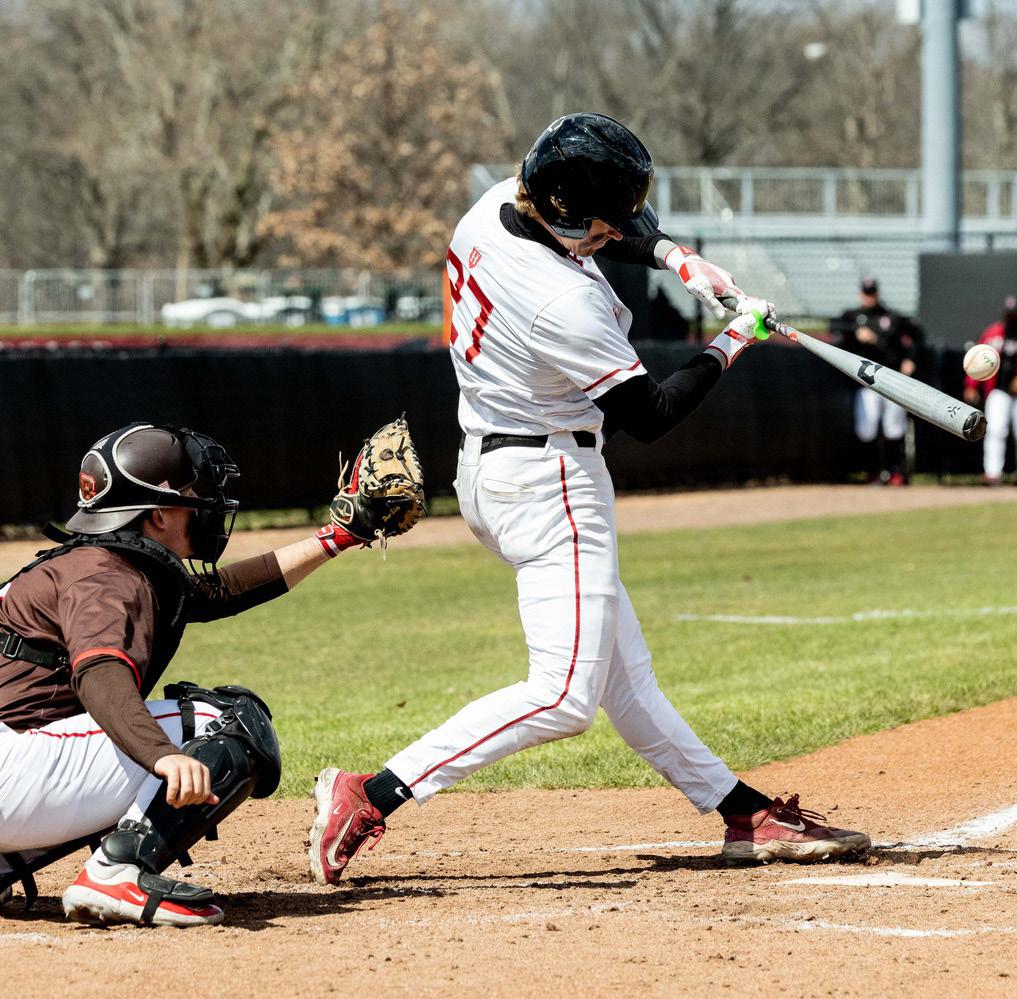
In the bottom of the fourth, Matson struck out the side again, all swinging, bringing his total to nine through four innings.
In the fifth, sixth, and seventh innings, both offenses struggled and only recorded three hits between them. Matson finished off his dominant start with three more strikeouts, finishing with a stat line of seven innings pitched, 12 strikeouts, and only one earned run. The junior bounced back from a rough start in his last outing against Cornell, trusting his fastball to generate swings and misses against the hapless Tigers lineup.
In the top of the eighth inning, Berger, Snopek, and Kang all grounded out. With Matson at a career-high 109 pitches, Joseph J. O’Donnell Head Head Coach Bill Decker decided to turn to the bullpen to finish his strong outing, with senior pitcher Uday Narottam relieving Matson.
In the bottom of the eighth, a fielding error by Rickheim and a walk gave the Tigers men on first and second with no outs, putting them in a prime position to mount a comeback. But Decker decided to change pitchers again, a savvy move for the moment. Junior Cole Cleary took the mound and struck out three straight batters to get Harvard out of the jam and preserve the 3-1 lead. After a scoreless top half of the ninth, the Crimson needed three more outs to win in the series opener. Cleary gave up a home run to the leadoff batter, trimming Harvard’s lead to 3-2 and raising the specter of another late-game meltdown amid a season that has had several. Cleary then recorded a ground out and a strikeout. With two outs and a 1-2 count, Cleary threw a breaking ball called strike three to end the game and give the Crimson the series lead. Harvard 4, Princeton 5 Harvard looked to carry its strong pitching and clutch hitting from game one into the second game of the doubleheader and started freshman pitcher
Both teams opened the first game of the Saturday doubleheader slowly, with neither team recording a hit in the first inning. Junior ace pitcher Sean Matson started off the day strong and struck out two batters in the bottom of the first. The Crimson’s bats got rolling in the second inning. Senior third baseman Jake Berger led off with a single to right field. Senior first baseman Chris Snopek then blasted a home run past the right field fence, plating Berger and putting Harvard up 2-0 early. Matson continued rolling in the bottom of the second inning, only allowing a single and striking out three more batters. In the top of the third inning, Rounds struck out, but was able to reach first base because it was a wild pitch. However, junior catcher William Lybrook hit a grounder to third base, which turned into a double play. Berger then hit a flyout to center field to give the Tigers a one-two-three inning. After getting two batters out to start the bottom half of the third, Matson allowed a double. With two outs, Princeton hit an RBI single to narrow the lead to 2-1. With one out in the top of the fourth inning, Kang singled through the left side. Junior outfielder and lead-off man Matt Giberti was beaned, advancing Kang to second base. During freshman shortstop Jack Rickheim’s at-bat, another wild pitch scored Kang and moved Giberti to third, extending the Crimson’s lead to 3-1.
Will Burns. With the bases loaded and two outs in the top of the first, Lybrook hit a single to plate Fang, who started in the lead-off spot at DH. The RBI knock moved junior outfielder George Cooper to third and Berger to second. Kang then popped out to second base to end the inning. In the bottom half of the inning, Burns allowed a leadoff double followed by a walk. He then gave up an RBI double, evening the score at 1-1. Burns settled in and recorded three straight outs to end the inning.
In the top of the second, sophomore center fielder Max Lane reached and advanced to second base on an error. Rickheim hit a flyout, advancing Lane to third. After a lineout from Fang, Lane scored on a wild pitch with two outs to put the Crimson up 2-1. Burns carried his momentum into the bottom of the second and recorded a one-two-three inning.
In the bottom of the third, with two outs and a runner on first base, Burns gave up two consecutive singles, which plated a run for Princeton and tied the game at two. With two outs and runners on first and second, Burns allowed another single, but a baserunning error from the Tigers ended the inning.
In the top of the fourth, Kang led off with a single. Lane followed up with a single of his own, which also advanced Kang to third. Showing off his wheels, Lane stole second to give Harvard second and third base with zero outs and an opportunity to pounce. Rickheim then reached on a fielder’s choice, but Kang was caught in a rundown between third base and home plate. Eventually, Kang was tagged out, but not before Lane successfully advanced to third. Fang hit an RBI groundout, which gave the Crimson a 3-2 lead heading into the bottom of the fourth.
After walking the first two batters and allowing a sacrifice bunt, Burns was relieved by fellow rookie Truman Pauley. Facing runners on second and third with one out, Pauley forced a popout. However, two consecutive wild pitches scored both runners, giving Princeton a 4-3 lead. In the fifth and sixth innings, neither team found an opportunity to advance a runner past first base. In the seventh inning, both teams went one-two-three, with pitching continuing to dominate the series. In the top of the eighth, Berger, Lybrook, and Kang hit three consecutive singles, putting
Harvard in a bases loaded, one out situation. Junior Sawyer Feller, pinch hitting for Lane, struck out. With two outs, Rickheim grounded into a fielder’s choice to end the inning and prevent the Crimson from taking the lead.
In the bottom of the eighth, Pauley struck out three straight batters. In the top of the ninth, Fang led off with a strikeout, followed by a groundout from Cooper. With their backs against the wall and down by a run, Harvard needed a spark. Rounds hit a massive home run, his fifth of the year, to center field on a 1-0 count to even up the score at 4-4. In the bottom of the ninth with two outs and a runner on second base, the Tigers doubled to center field and won the game 5-4. Despite 5.1 strong innings of work, Pauley was credited with the loss, his third of the season. Harvard 14, Princeton 2
In the rubber match on Sunday, the Crimson looked to take its first Ivy League series win of the season. Fang transitioned from hitting to pitching duties in an effort to take down Princeton. In the bottom of the first, Fang struck out the side, working around two singles. In the top of the third inning, senior outfielder Peter Messervy led off with a walk. A sac bunt from Rickheim moved Messervy to second. With one out, Giberti singled up the middle to give the Crimson a 1-0 lead. Rounds then hit a double to right field, scoring Giberti and putting Harvard up 2-0. The Crimson’s offense continued rolling in the fourth inning. Berger led off the party with a single to center field. After Lybrook walked, Kang hit a sac bunt, giving Harvard runners on second and third bases with only one out. Berger then scored on yet another wild pitch, which also advanced Lybrook to third and gave the Crimson a 3-0 lead. With one out, Messervy walked and subsequently swiped second base. Rickheim then found his big hit of the series via a double down the right field line, scoring both Lybrook and Messervy and extending the lead to 5-0. After Giberti grounded out, Cooper singled to center to plate Rickheim, which put Harvard up 6-0. Fang then continued his strong outing with a one-two-three fourth inning. With all of the momentum heading into the fifth inning, the Crimson kept their heads down and kept the bats hot. To lead off the inning, Berger hit a long home
run to right field and expanded the lead to 7-0. With two outs and runners on first and second, Giberti laid down a bunt single. However, a throwing error from the Tigers allowed Rickheim to score and cemented Harvard’s lead, now at 8-0. Fang retired three straight batters once again in the bottom of the fifth.
In the sixth inning, the Crimson’s bats continued to sizzle. After Rounds was hit by a pitch, Snopek singled to right and advanced Rounds to third. Berger then flew out to center, scoring Rounds on the sac fly and moving Snopek to second. With a 9-0 lead, Lybrook doubled down the right field line. Kang then walked, meaning that Harvard had the bases loaded with only one out. Messervy singled to left field, scoring Snopek and advancing Kang and Lybrook. Rickheim then grounded out, which plated Lybrook and moved Kang and Messervy. With a full count, Giberti drew a walk to load the bases again, this time with two outs and an 11-0 lead. Cooper was then hit by a pitch, and Rounds delivered another clutch RBI single, tacking on three more runs and leaving the score 14-0 heading into the bottom of the sixth inning. Harvard’s bats quieted down after the sixth, but the offense outburst solidified an insurmountable lead, giving Fang space to continuously fool Princeton’s batters. After seven innings and 88 pitches, Fang’s night ended with eight strikeouts, no walks, and no earned runs, a much-needed performance to keep the Crimson in the thick of the Ivy League race. Replacing Fang was junior pitcher Tanner Smith, who cruised
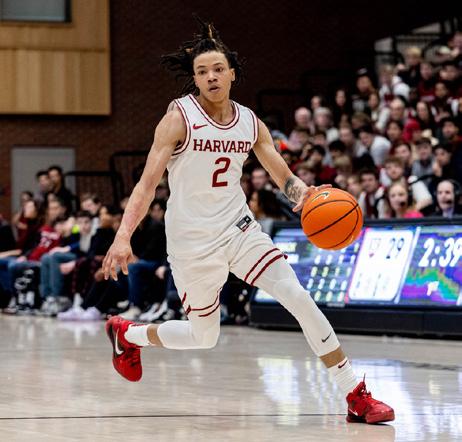
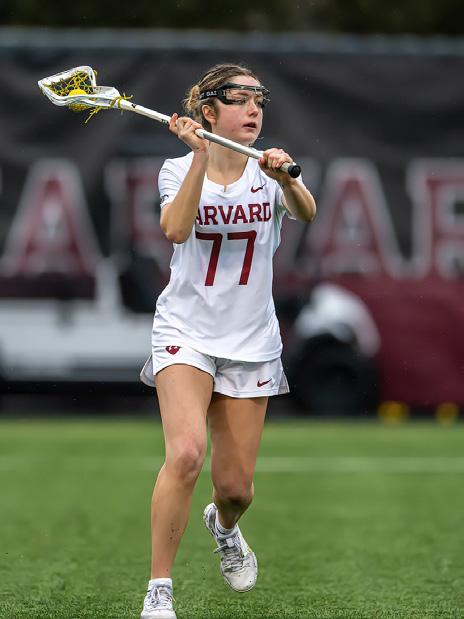
16
BASEBALL SPORTS
through the eighth inning. In the ninth inning, he allowed two RBI singles, but Harvard still prevailed and took the game 14-2, along with the series. With just four games separating Harvard from first-place Columbia (16-14, 9-3), and five teams sandwiched in between the two, the home stretch of the Ivy season will be dynamic. Harvard will look to continue rolling when it plays against Dartmouth this weekend, a series that marks the team’s annual furry-friendly extravaganza, Bark at the Park. The three-game set kicks off on Saturday at 11:30 a.m. at Jordan Field. The game will be streamed on ESPN+. Crucial Victory vs. Princeton Senior first baseman Chris Snopek prepares to square up a pitch in a game against Brown. COURTESY OF DYLAN GOODMAN/HARVARD ATHLETICS DECISIVE WIN. The Crimson won 2-1 in its doubleheader at Princeton, New Jersey, setting the team up well for the upcoming Ivy League tournament in just a few weeks. BY PRAVEEN KUMAR AND JACK SILVERS CRIMSON STAFF WRITERS praveen.kumar@thecrimson.com jack.silvers@thecrimson.com WEEKLY SCORES RECAP WOMEN’S SOFTBALL VS. BOSTON U L, 5-9 TENNIS VS. NO. 43 COLUMBIA W, 4-1 WATERPOLO VS. PRINCETON L, 6-10 HEAVYWEIGHT ROWING IVY MEET 2ND MEN’S VOLLEYBALL VS. PENN STATE L, 1-3 BASEBALL VS. STONEHILL W, 17-14 LACROSSE VS. UPENN L, 12-15 TENNIS VS. NO 30 CORNELL W, 4-2 APRIL 19, 2024 THE HARVARD CRIMSON READ IT IN FIVE MINUTES Harvard men’s basketball star freshman point guard Malik Mack will transfer to the Georgetown Hoyas next year, a major blow to a Crimson squad for which Mack was one of the sole bright spots last season. Mack, who declined to comment on his decision to transfer, was a standout player for Head Coach Tommy Amaker for the 20232024 campaign, who had heavily recruited Mack prior to his decision to attend Harvard last year. MACK TRANSFERS TO GEORGETOWN On Saturday, the No. 22 Harvard women’s lacrosse team (9-3, 3-2 Ivy) traveled to New Haven to face off against the No. 10 Yale Bulldogs. The Crimson looked to continue its winning momentum after decisively defeating Cornell last week. However, Harvard could not withstand the pressure of Yale’s aggressive and speedy defense, falling 16-8 to its Ivy League rival. The loss moves Harvard to the third ranked team, tied with Penn. As only the top four teams make the Ivy League tournament, the Crimson will look to defeat both Columbia this Saturday and No. 17 Princeton in the coming weeks to defend its position and continue its season. LACROSSE LOSES 16-8 AGAINST YALE
The Harvard wrestling team (4-6) wrapped up its competitive 202324 campaign with a strong showing at the NCAA Wrestling Championships in Kansas City, Miss.. Senior captain Phillip Conigliaro, junior Diego Sotelo, and sophomore Jack Crook represented the Crimson in the 174, 125, and 149 pound weight classes, respectively. While Sotelo and Conigliaro have qualified for the event before, the 2024 saga marked Crook’s first attempt at clinching an NCAA title. Sotelo’s weekend started with an upset win in the 125 lb weight class over No. 5 Jore Volk of Wyoming in the opening round. Despite the underdog victory, Sotelo – who earned Honorable Mention All-Ivy status – couldn’t keep his momentum as he headed into the second round, where he fell to No. 12 seeded Anothony Noto of Lockhaven. The loss was particularly painful for the junior as he had already proven himself superior against his foe earlier in the season. Noto would go on to place third overall. Sotelo’s weekend did not end there as he found mixed levels of success in the consolation bracket. In his first consolation match, Sotelo beat No. 22 Brayden Palmer of Chattanooga University, but again was unable to find a groove in his second match, and his weekend ended with a loss to No. 20 Stevo Poulin of the University of Northern Colorado. “It was real fun. Obviously I’ve been there before, but it’s a way bigger crowd than we are used to all season,” Sotelo said. “So it was real exciting to see all the noise, and wrestling through that. Not exactly where I wanted to finish but I am happy with the season. A lot of time now to get ready for next season.”
Sotelo’s upset win at the tournament and earlier in the season have proven he can compete with some of the best wrestlers in the country. “I just stayed calm. I didn’t really pay attention to the noise. Although I say it was a big crowd, I try not to focus on it whether it was the loud noises for my match or the match next to me,” the junior added. “And just focus on my match and what I have to do to keep winning, which is score points, and do that for seven minutes.”
After a long season of competition, both Sotelo and Conigliaro entered the tournament battling injuries that they struggled to compete through. Head Coach Jay Weiss commented on the grit the two men displayed in their bouts.
“You’re seeing what he can do,” Weiss said. “He beat one and five this year (Noto and Volk). He just wasn’t healthy and limited what he could do on the mat.”
Despite his conference successes, for which he was named the Ivy league Wrestler of the Year and First Team All-Ivy honors, Conigliaro’s tournament ended after just two matches. Losing in the first round to No. 28 Jared Simma of the University of Northern Iowa and No.

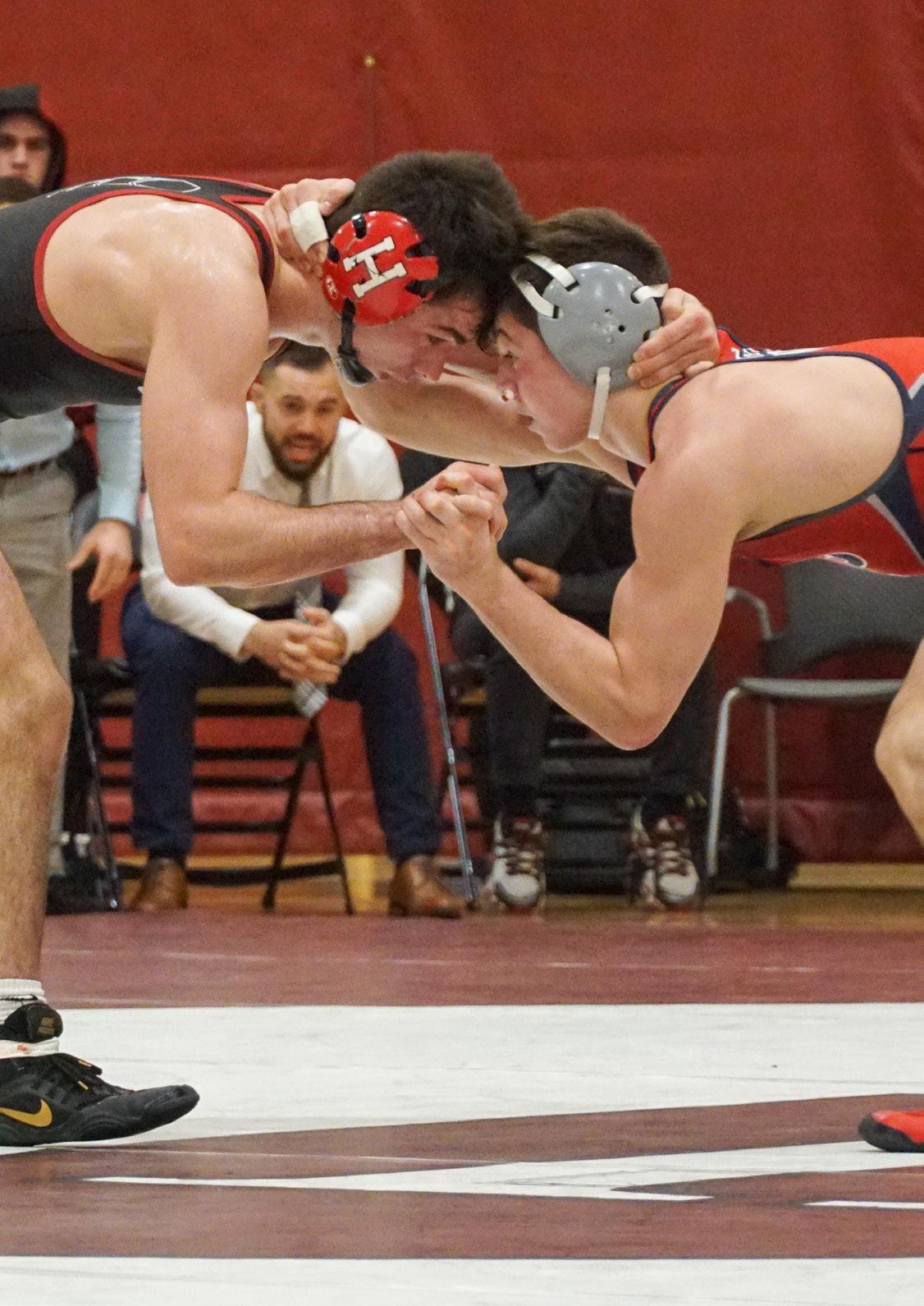
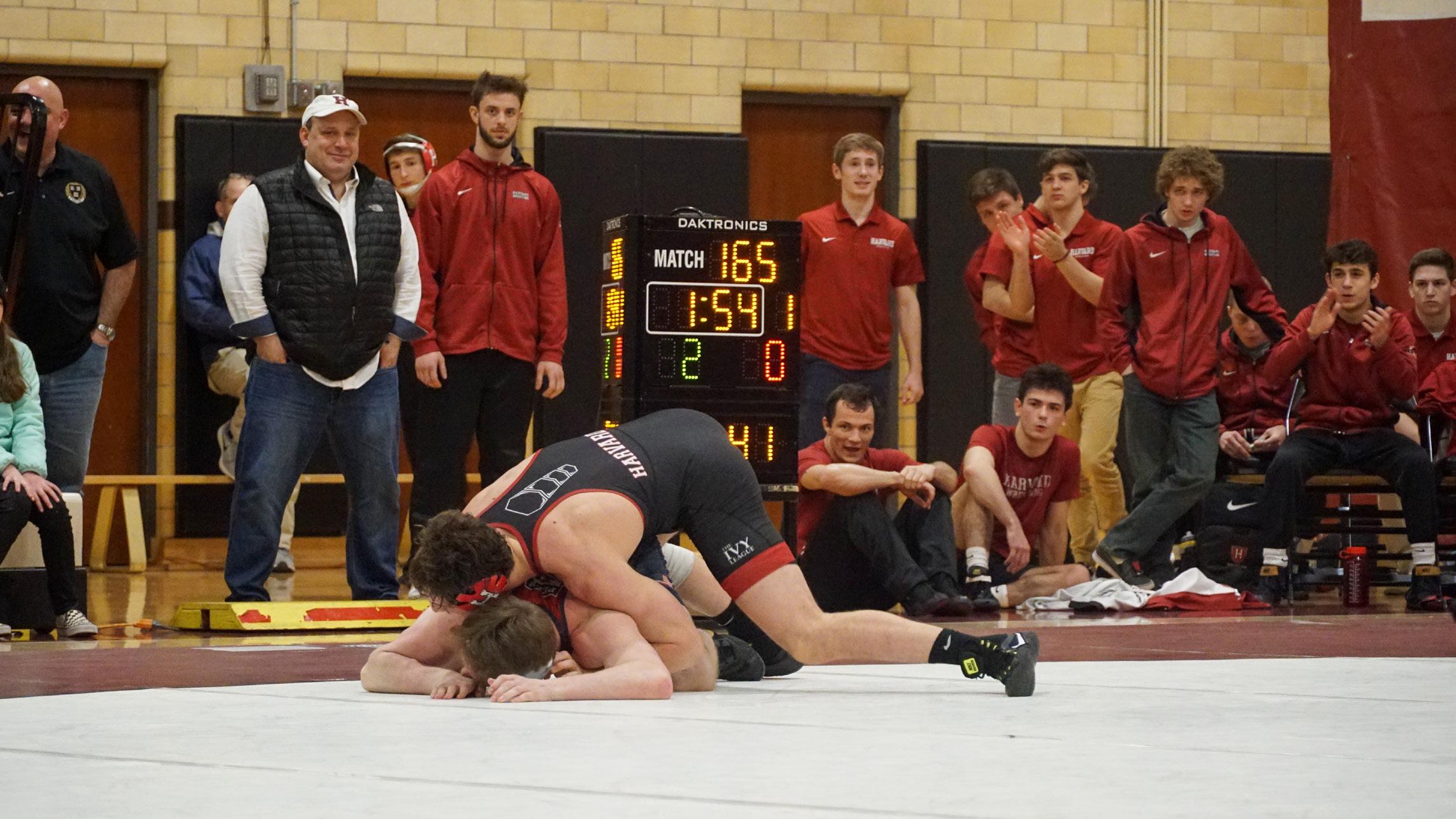
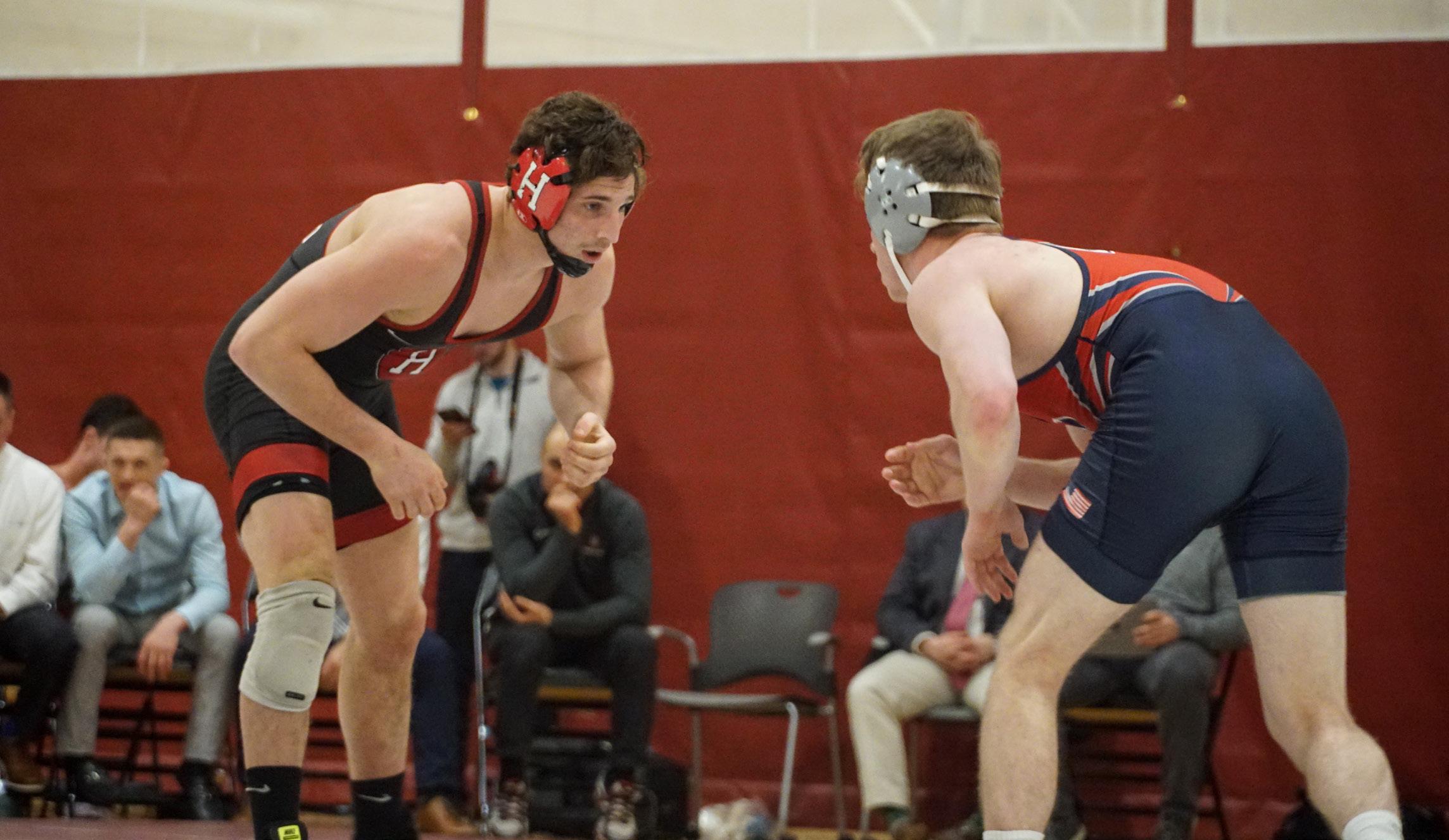

you know for next year which is great,” Weiss said. “Guys that wrestle him every day in the room are like ‘wait a minute, if he can do it then I can do it.’ That’s how this just snowballs.” In his first time at the tournament, Crook wrestled tough in the 149 lb bracket, but fell in both his matches to two eventual All-Americans. In the first round he faced No. 2 Austin Gomez, losing in a decisive 11-2 battle. Gomez would go on to clinch the silver medal. In the wrestlebacks he faced No.11 Quinn Kinner of Rider University, who eventually placed eighth. Sotelo and Crook will return to a strong Harvard lineup next year, hoping to make their mark and continue finding success as a team despite Conigliaro’s departure. Sotelo, who will need to step into a leadership position for his senior season, is optimistic about the team moving forward.
“This is a real special team because we all have pretty high goals for ourselves. So I am excited by that. I’m really happy with how we did during the season. Whether that was upsetting UNC or just fighting real hard in those close matches as well. I know that I set my goals high for myself, and I’m going to make sure I hold our team to that standard,” Sotelo said. Freshman Coleman Nogle is just another example of an underclassman with a bright future. The Maryland native went 15-16 on the year in the ultra-competitive 133 lb weight class. Because the Crimson lacked depth in the weight class, he was required to step up and perform under pressure in his first season as a collegiate wrestler.
“He’ll just do whatever you tell him, and there was a section of the season where he was matched up with top guy after top guy and he just was taking his losses,” Weiss said. “Then he starts coming around at the end of the year and he starts having some big matches. And he is going to be great, because he just kept with it. I just think big things about him, by the way he can navigate a season. Freshman year, if you are doing it every weekend it’s hard, and he did a great job.” Due to the depth of the bench, there were several freshmen that did not compete this year, but who will be required to make an impact upon the departure of the senior class. Three wrestlers in particular, Delaware native Max Agresti – who was sidelined with an injury – Jayden Pepe, and Jameson Garcia will be wrestlers to watch. “I’m gonna push them to step right up. And they are going to be able to compete next year,” Weiss noted. The Crimson posted mixed results in its dual meets, finishing the year 4-6, with many contests coming down to the last match. The
WRESTLING GAMES TO WATCH THIS WEEK FRI 4/19 Men’s Golf Ivy League Championship SAT 4/20 Sailing Reed Trophy SAT 4/20 Women’s Tennis VS No. 68 UPenn 1:00 pm Women’s Waterpolo VS Brown 6:00 pm SAT 4/20 Women’s Rugby Ivy 7s 9:00 am Men’s Heavyweight Crew VS Princeton 9:00 am SUN 4/21 Women’s Softball VS UPenn 12:30 pm Men’s Tennis VS No. 27 Princeton 1:00 pm
MEN’S
12 Patrick Kennedy of Iowa in the wrestlebacks, Conigliaro’s weekend ended disappointingly. Despite not being in his best form at NCAAs, Conigliaro has accumulated 90 career wins for the Crimson, putting him among some of the top Harvard wrestlers of all time. 5 174-pound wrestler, and head ed into the EIWA Championships with a perfect dual meet record. The Ivy League also honors one wrestler from each Ancient Eight school with a spot on the season’s Academic All-Ivy Wrestling team, and for his successful senior season, Conigliaro was awarded that place. Conigliaro was also awarded an additional academic accolade, and was joined by five of his teammates as well in being named NWCA Team Scholar All-Americans. The other Crimson wrestlers were Sotelo, Crook, senior Leo Tarantino at 184 lbs, senior Joshua Kim – who wrestled his way to a Second Team AllIvy award in the 165 lb class– and sophomore Jimmy Harrington at Conigliaro will graduate along with six other Crimson seniors in May, including Michael Jaffe who was named Honorable Mention All-Ivy at 141 lbs. Much of the Crimson’s dual lineup was made up of those seniors, who have left their mark on and off the “I mean it’s difficult to put that (what they meant Wrestling is a small part of the picture. As far as their presence in the locker room, or for me selfishly, their presence in my office - we are just losing some good people. I think some of the young guys felt that and this gives them that same opportunity to step up and be that person for the next number of years,” Weiss said. Despite the upperclassmen dominating in dual play, some younger guys have also made quite the impact this season. After being seeded No. 6 at EIWAs, Crook – who earned Second Team All-Ivy honors for his performance throughout the season – took second place and earned a bid to NCAA. “A seed is a seed, but that’s not how good he is. You know, he didn’t think he was a six seed, which is cool, right? And that just propels you to the next level
team
in the upcoming season. “We had a good year. I think we are positioning ourselves right now, so that’s what I’m looking at. The next couple years are going to be good ones,” Weiss optimistically noted. Harvard Clashes at NCAAs Senior Phillip Conigliaro wrestling against Penn’s Brian Krawsowki, prevailing with a stunning 11-4 victory. ZADOC I.N. GEE — CRIMSON PHOTOGRAPHER CHAMPIONSHIP. Wrapping up the season, the Crimson delivered an impressive performance on a national stage at the NCAA Wrestling Championships in Kansas City. BY SYDNEY FARNHAM AND KATHARINE FORST CRIMSON STAFF WRITERS sydney.farnham@thecrimson.com katharine.forst@thecrimson.com Conigliaro led the Crimson’s delegation at the NCAA Wrestling Championships in Kansas City. ZADOC I.N. GEE — CRIMSON PHOTOGRAPHER A Harvard wrestler faces off against his Quaker opponent in a match against Penn. ZADOC I.N. GEE — CRIMSON PHOTOGRAPHER APRIL 19, 2024 THE HARVARD CRIMSON SPORTS 17 Read more at THECRIMSON.COM THC Women’s Lightweight Crew VS MIT and BU 8:12 am Men’s Baseball VS Dartmouth 3:00 pm
team also dominated in its individual matches, although the
still hopes to raise its standings

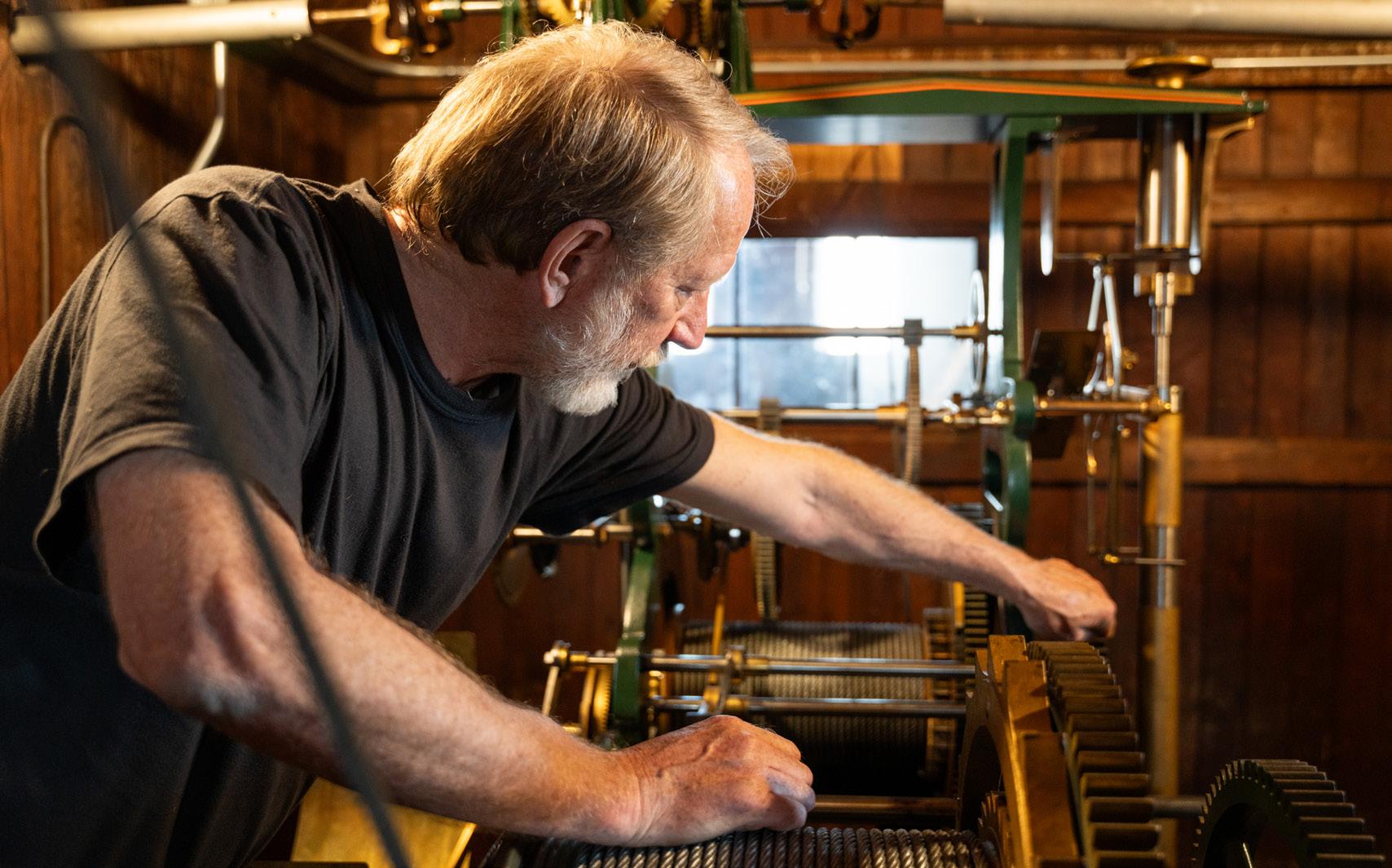
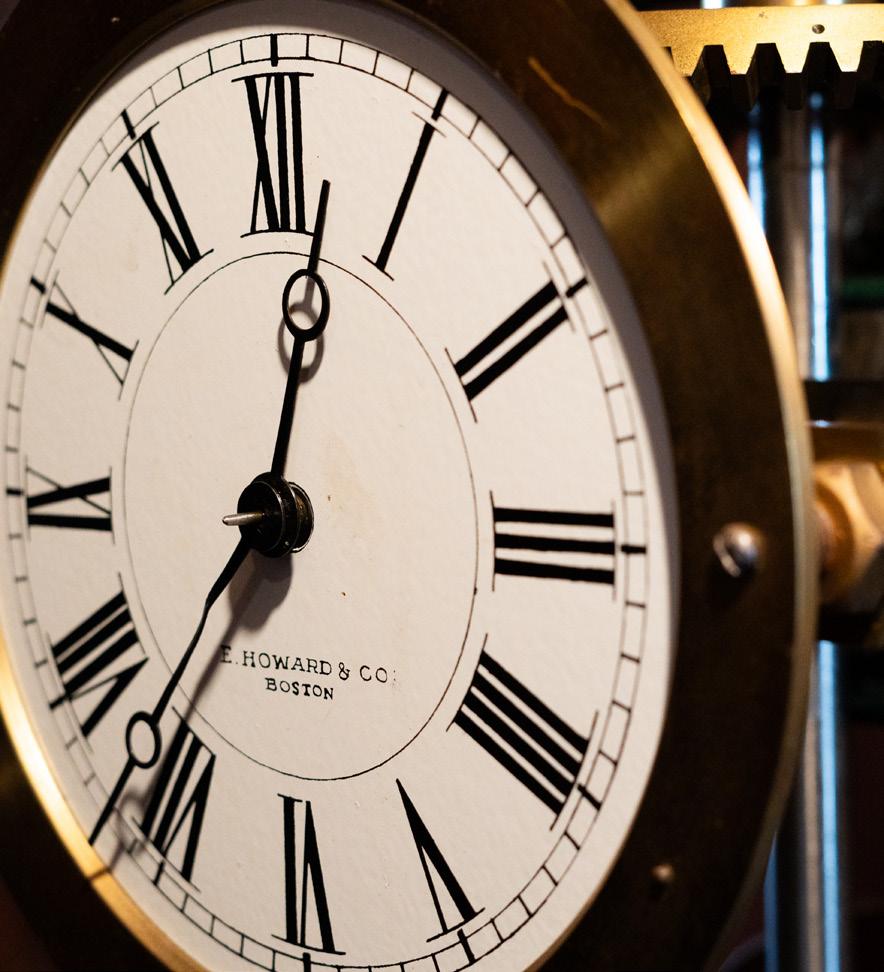



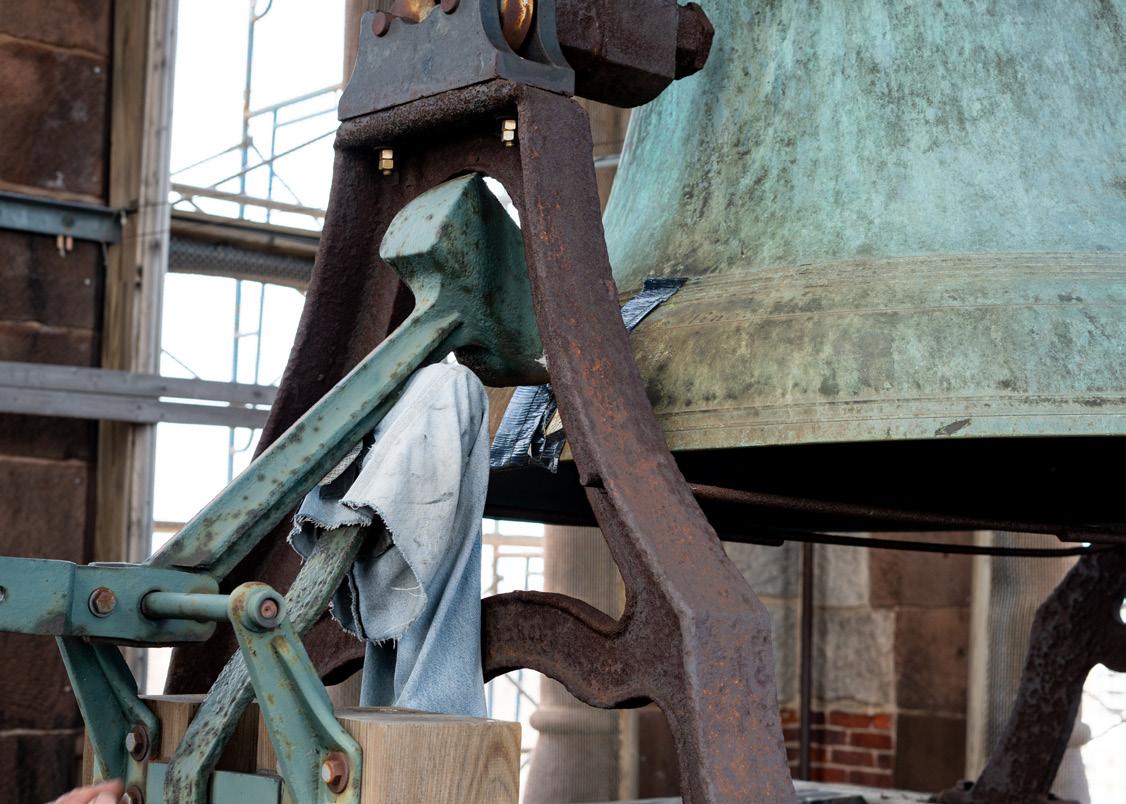
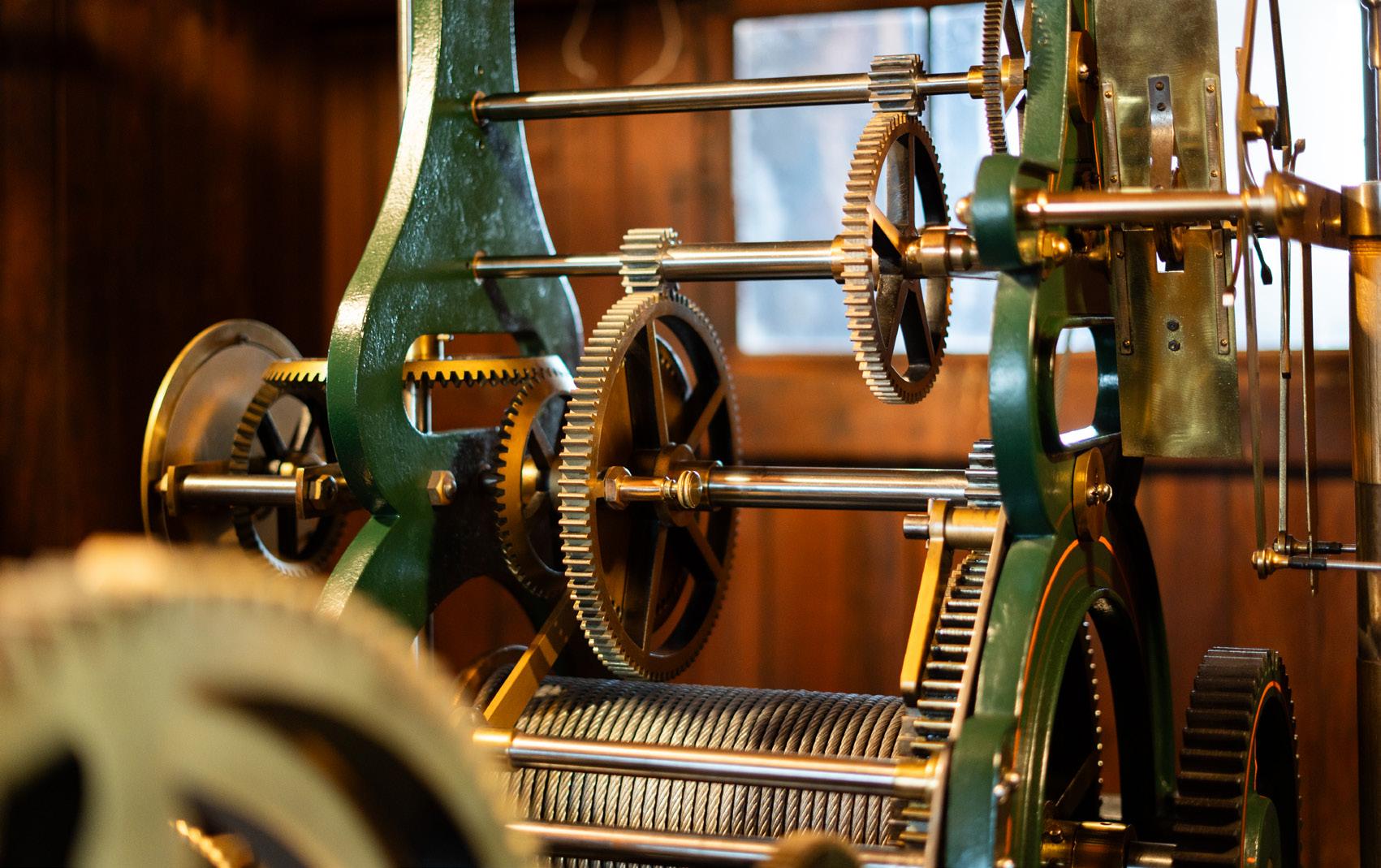

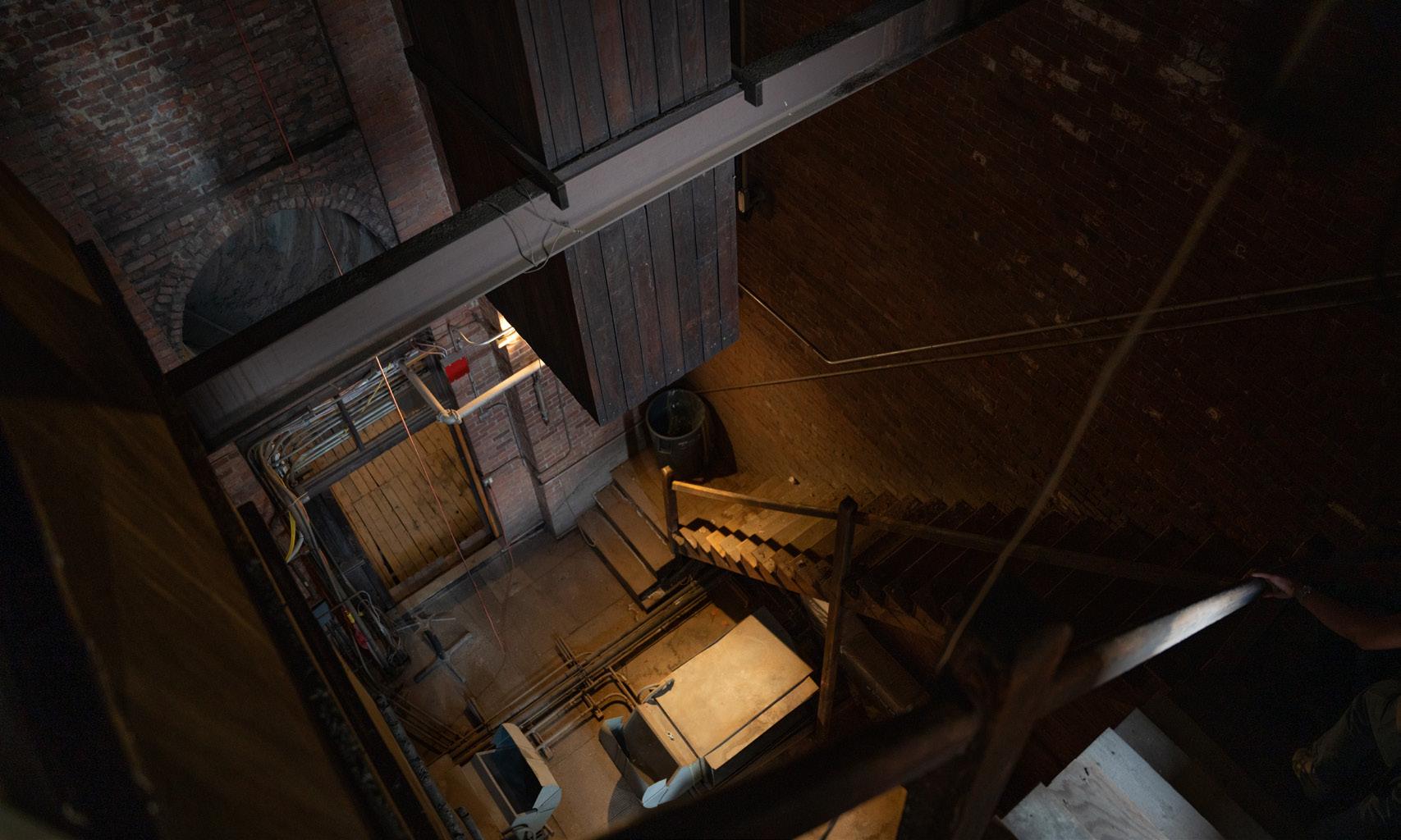
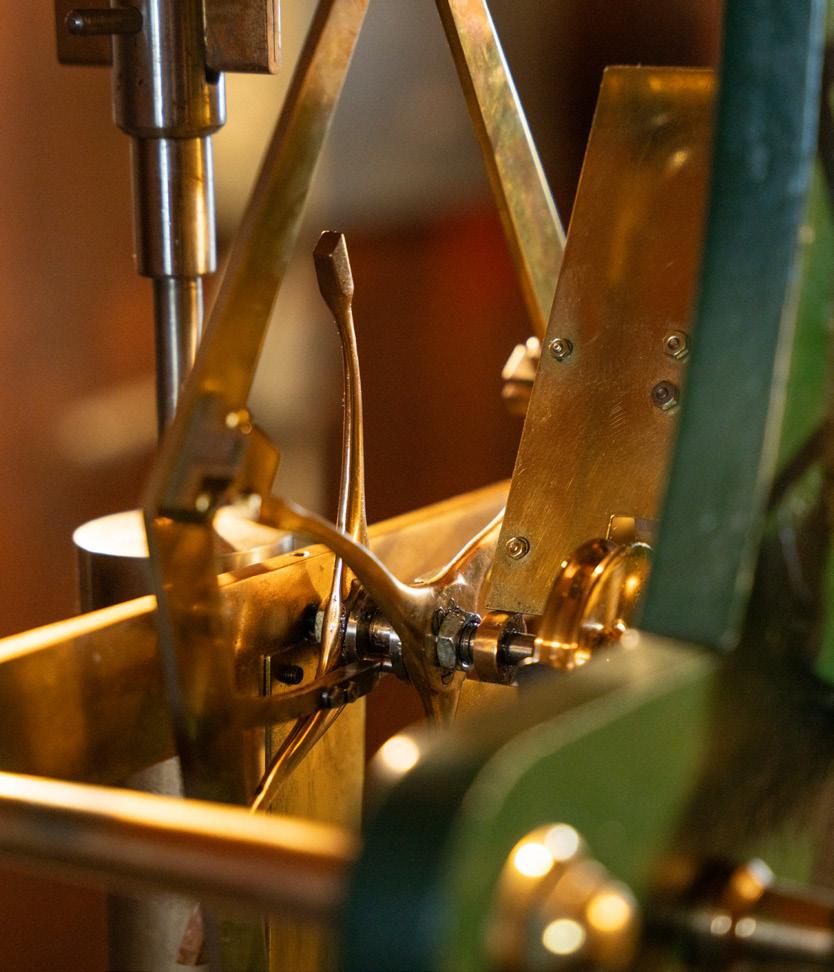
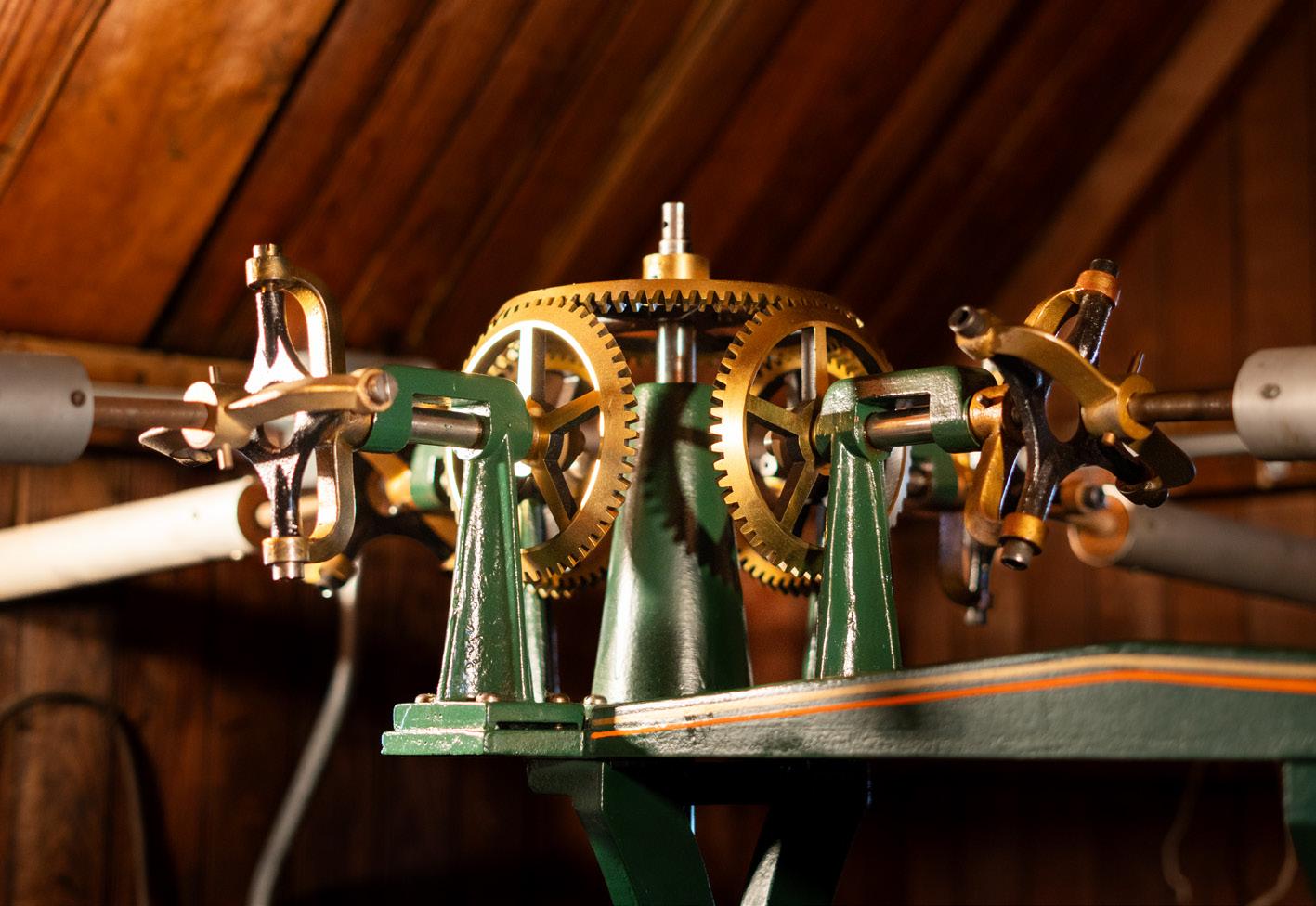


IN PHOTOS 18 THE HARVARD CRIMSON APRIL 19, 2024 Inside Cambridge’s Historic Tower Clock Since finishing the clock’s restoration in 1995, Graf has returned to the Cambridge City Hall each week to wind the mechanism and make sure that it is running smoothly. JULIAN J. GIORDANO — CRIMSON PHOTOGRAPHER TOLLING TIMEPIECE. More than 130 years after its installation atop the Cambridge City Hall, a mechanical tower clock — wound by hand each week — continues to chime. Crimson photographers followed David W. Graf, the clock’s steward for the past 30 years, as he wound the clock for the last time before the building undergoes a 15-month facade restoration. When the restoration is complete, the clock will resemble its original self more closely than ever before. Still, its future remains uncertain, as a move towards electrification and declining interest in tower clocks endanger their continued preservation. But for now, Graf will keep the tower clock tolling. Rusted and completely nonfunctional at the time, the clock was commissioned for restoration in 1994 — almost exactly one century after it was first installed. Graf, a craftsman specializing in tower clock restoration and repair, was hired by the City of Cambridge to restore the clock to working condition. COURTESY OF DAVID W. GRAF AND JULIAN J. GIORDANO — CRIMSON PHOTOGRAPHER Nestled in a nearly 160 foot tower, the clock is the second-largest model to be made by E. Howard & Co., and its pendulum descends 14 feet beneath the mechanism itself. The bottom of the pendulum — which weighs around 200 pounds — can be seen encased in wood and supported by a structural beam. JULIAN J. GIORDANO — CRIMSON PHOTOGRAPHER In addition to repairing the internal mechanics, Graf also restored the clock frame, pinstriping and hand-painting the original flower motifs to restore its color and character. ADDISON Y. LIU — CRIMSON PHOTOGRAPHER The double three-legged gravity escapement mechanism, coupled with the pendulum, keeps the clock running precisely. JULIAN J. GIORDANO — CRIMSON PHOTOGRAPHER The center shaft keeps the clock’s minute hand running at one minute per revolution, while a set of 1:12 reduction gears drives the hour hand. ADDISON Y. LIU — CRIMSON PHOTOGRAPHER As Cambridge City Hall begins a facade restoration project, the tower clock has been temporarily stopped. Graf will be re-gilding the clock tower face as part of the restoration. ADDISON Y. LIU — CRIMSON PHOTOGRAPHER The weekly winding also powers the hammer of the bell, which strikes on the hour and reverberates across the city. ADDISON Y. LIU — CRIMSON PHOTOGRAPHER The bell, located just above the clock mechanism at the top of the tower, weighs two tons. JULIAN J. GIORDANO — CRIMSON PHOTOGRAPHER Above, a metal tube extends from the internal mechanism to one of the four clock faces that adorn the tower. JULIAN J. GIORDANO — CRIMSON PHOTOGRAPHER To bring the clock back to life, Graf manufactured more than 150 missing pieces by hand, precisely machining them to replicate original parts. ADDISON Y. LIU — CRIMSON PHOTOGRAPHER For the past 25 of these years, Graf has been commuting from his home in Maine, also stopping to wind other clock towers in Cambridge, Belmont, and Arlington. ADDISON Y. LIU — CRIMSON PHOTOGRAPHER
